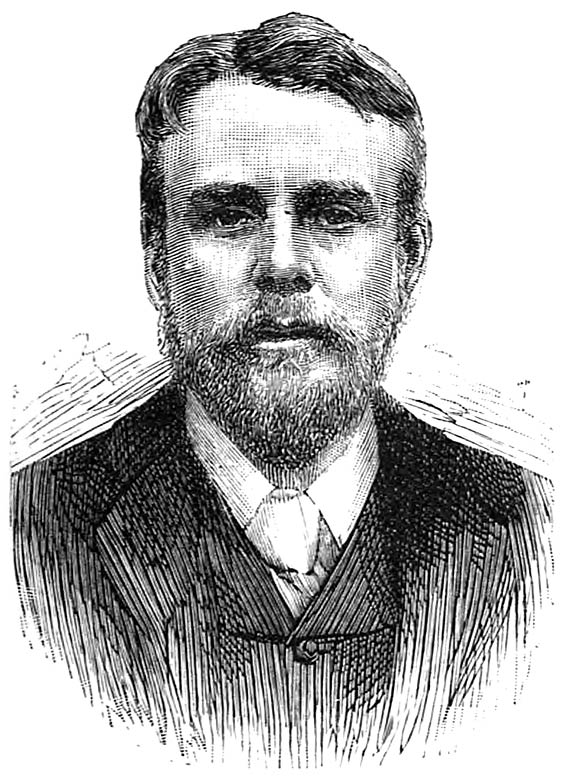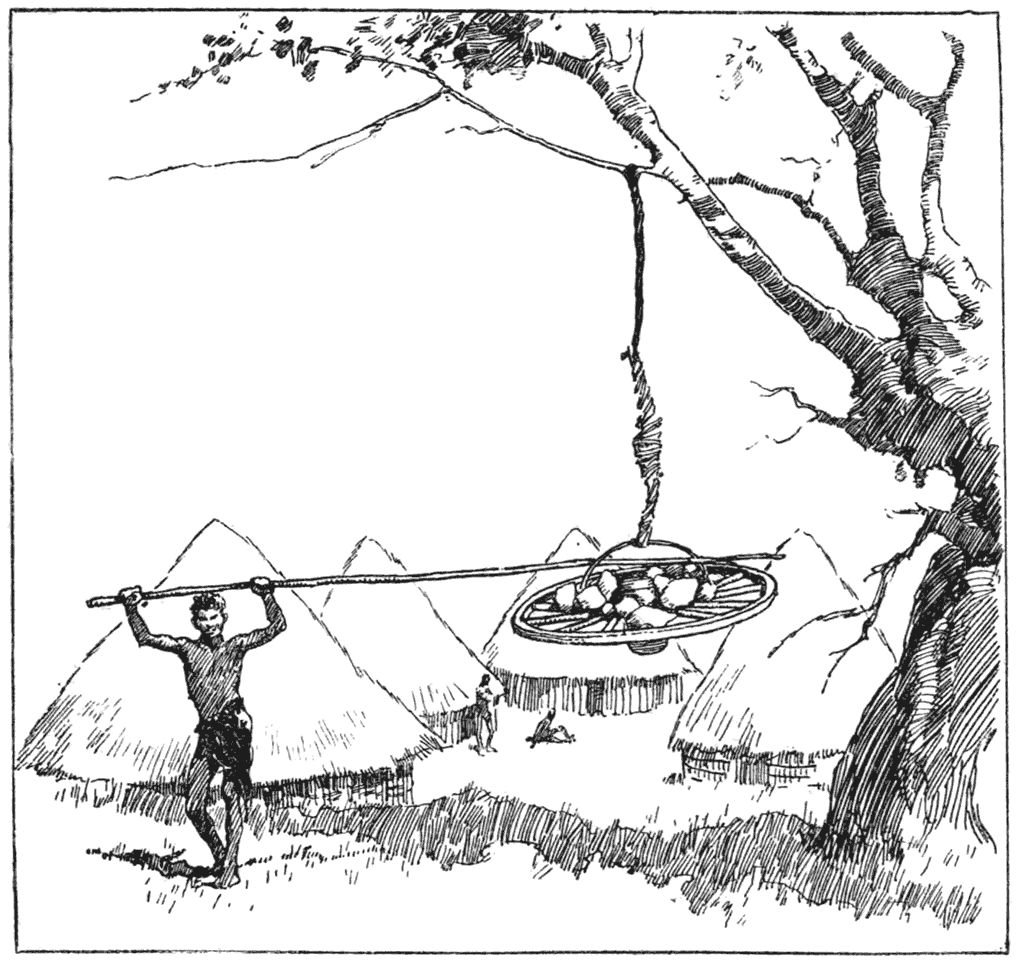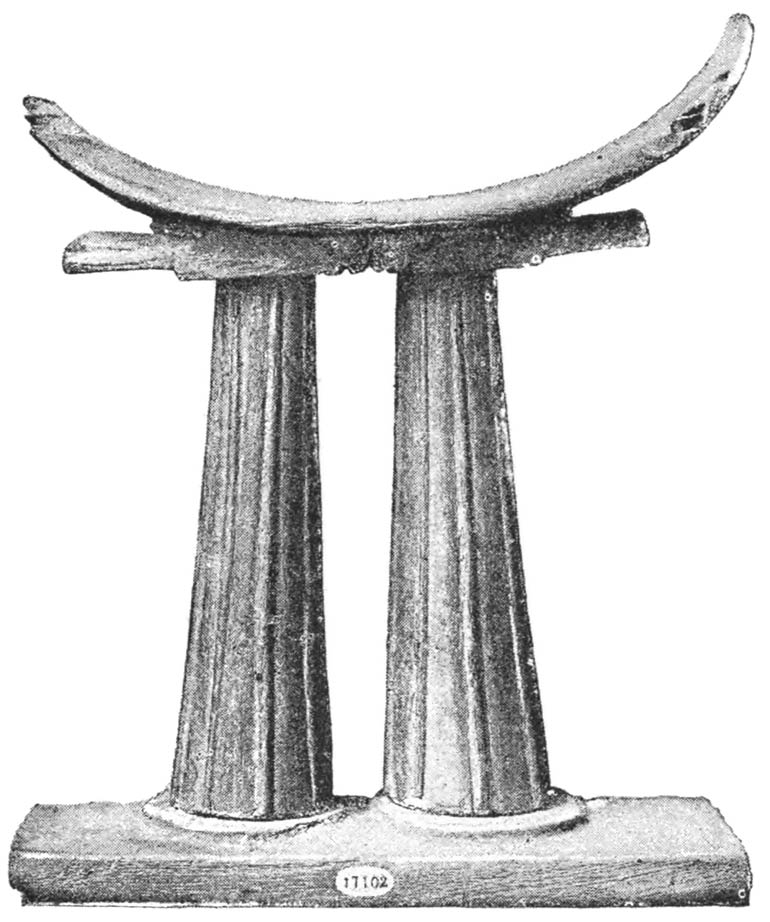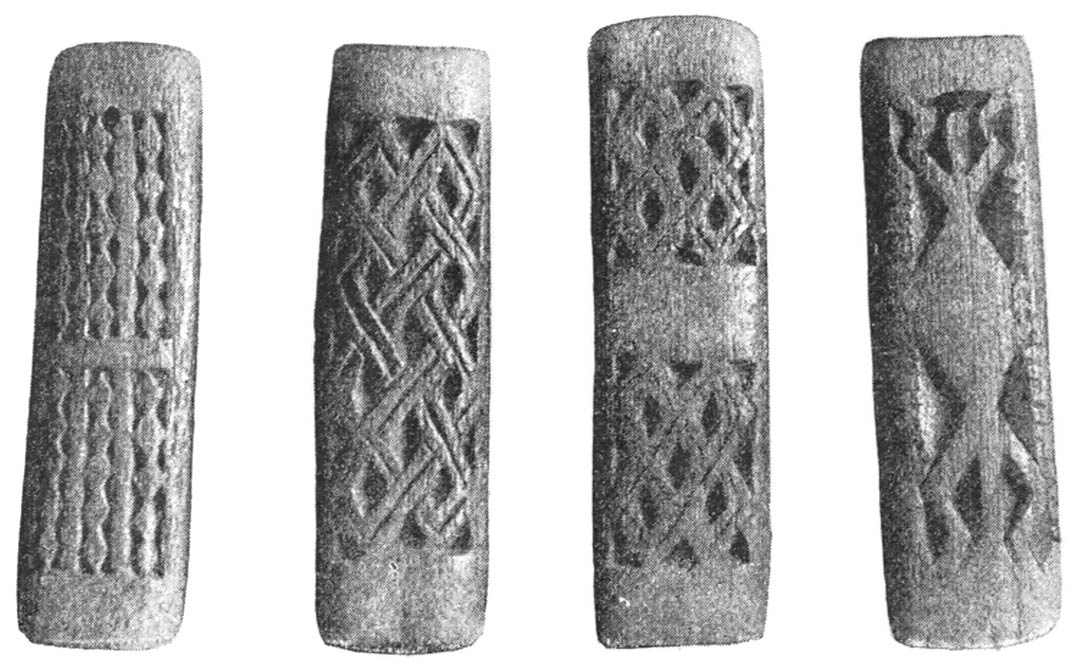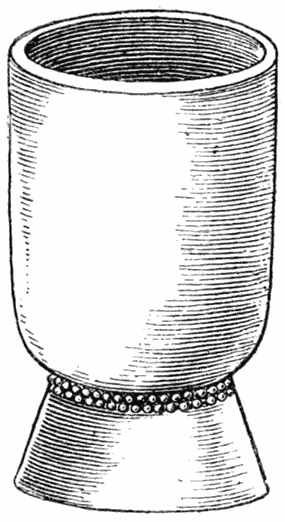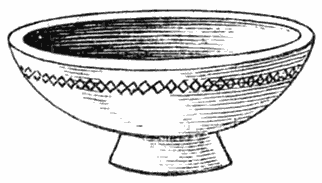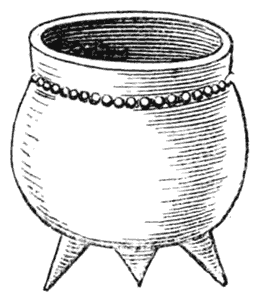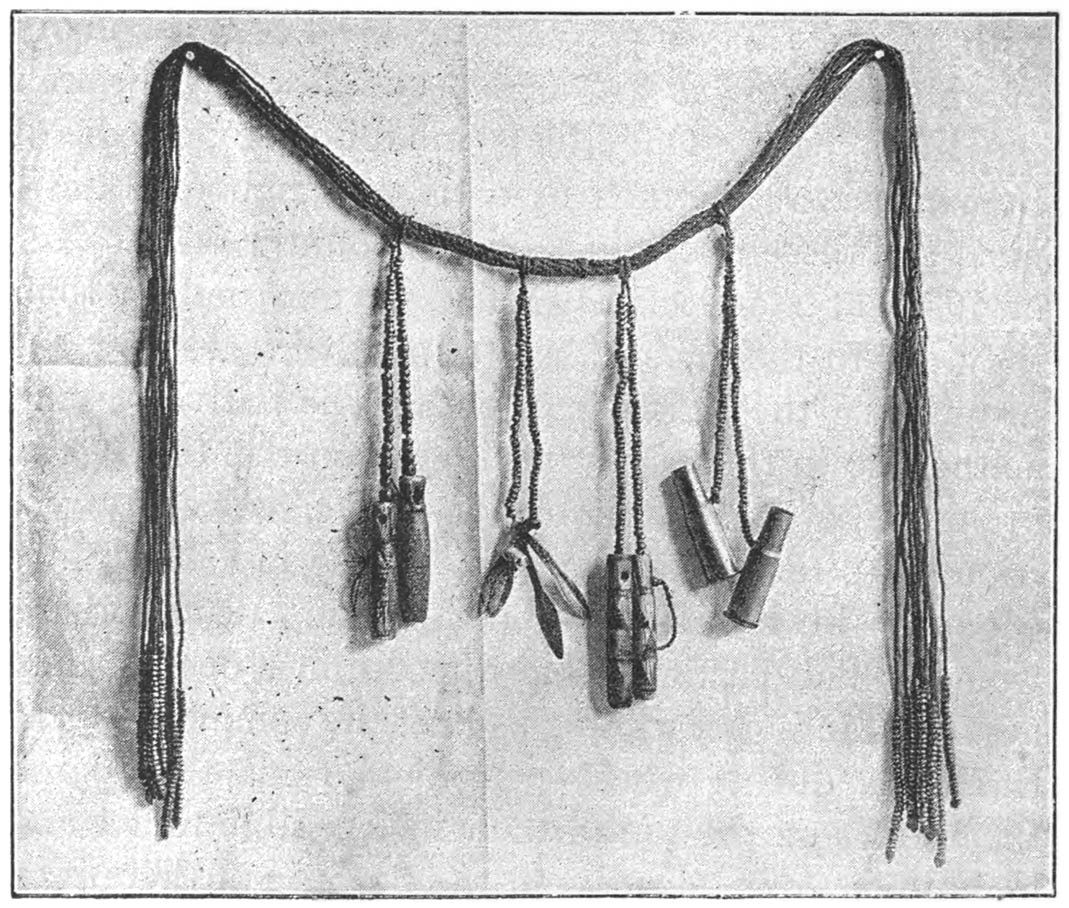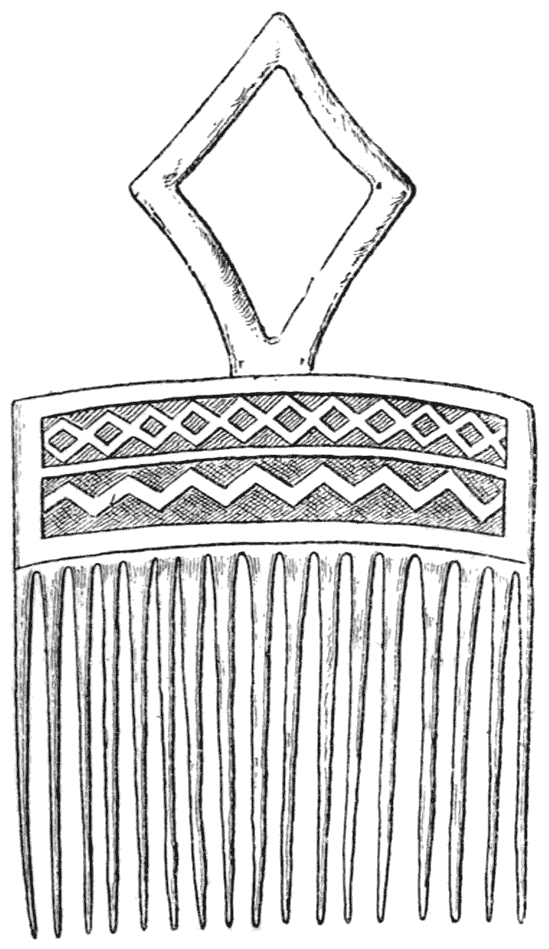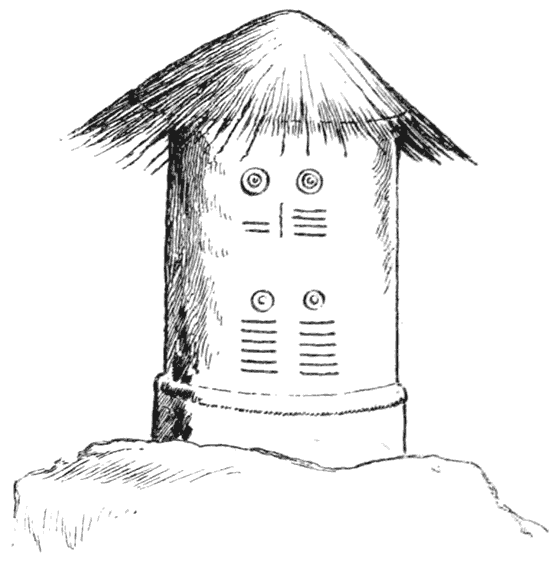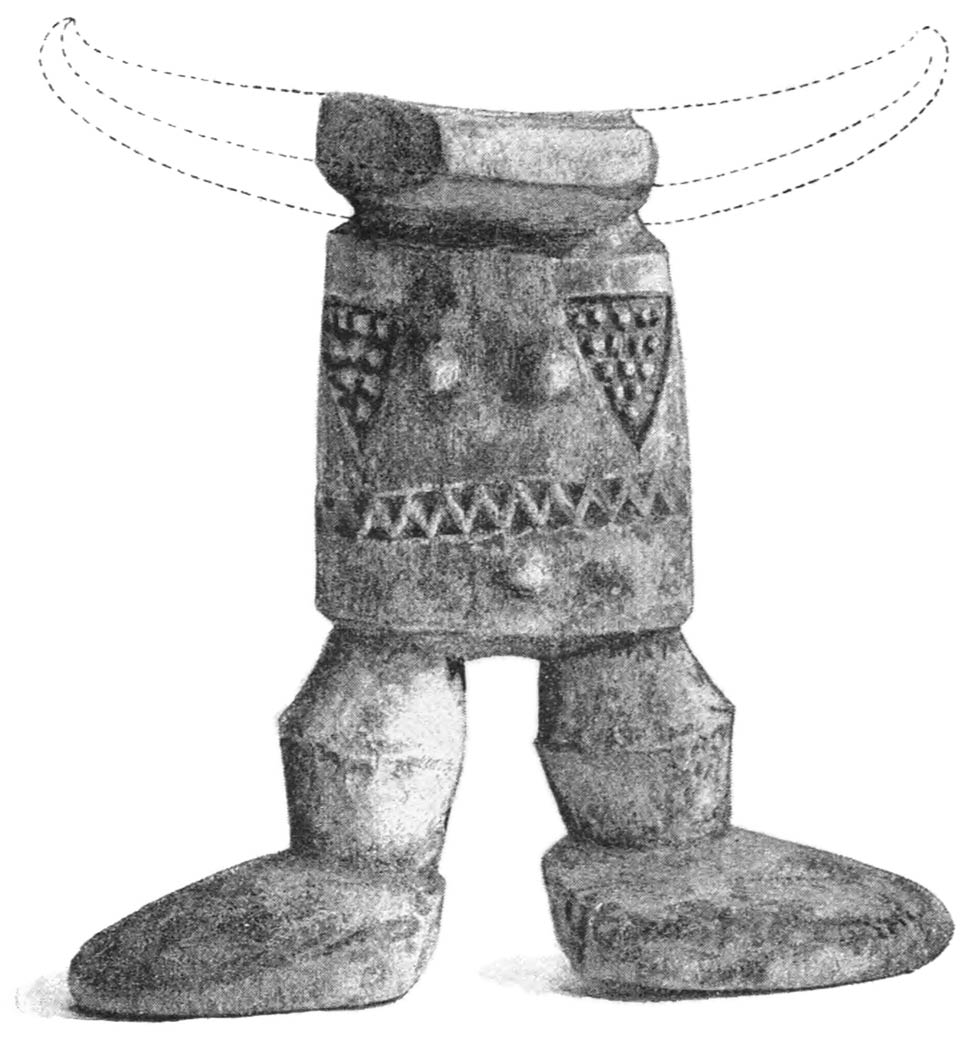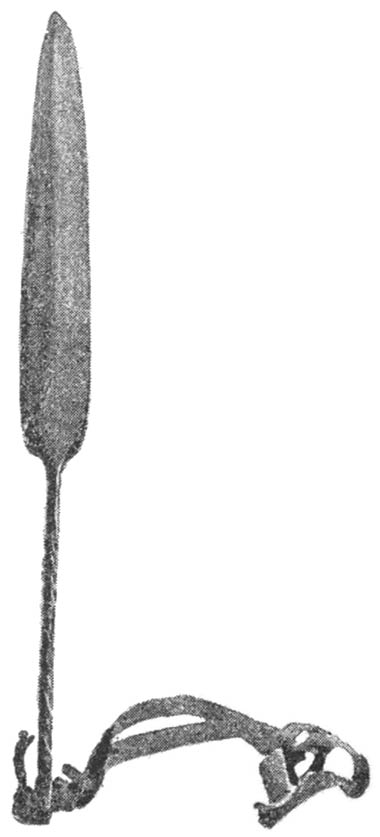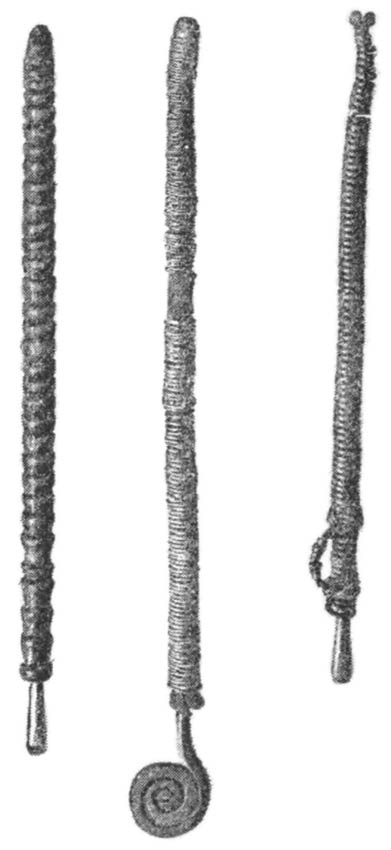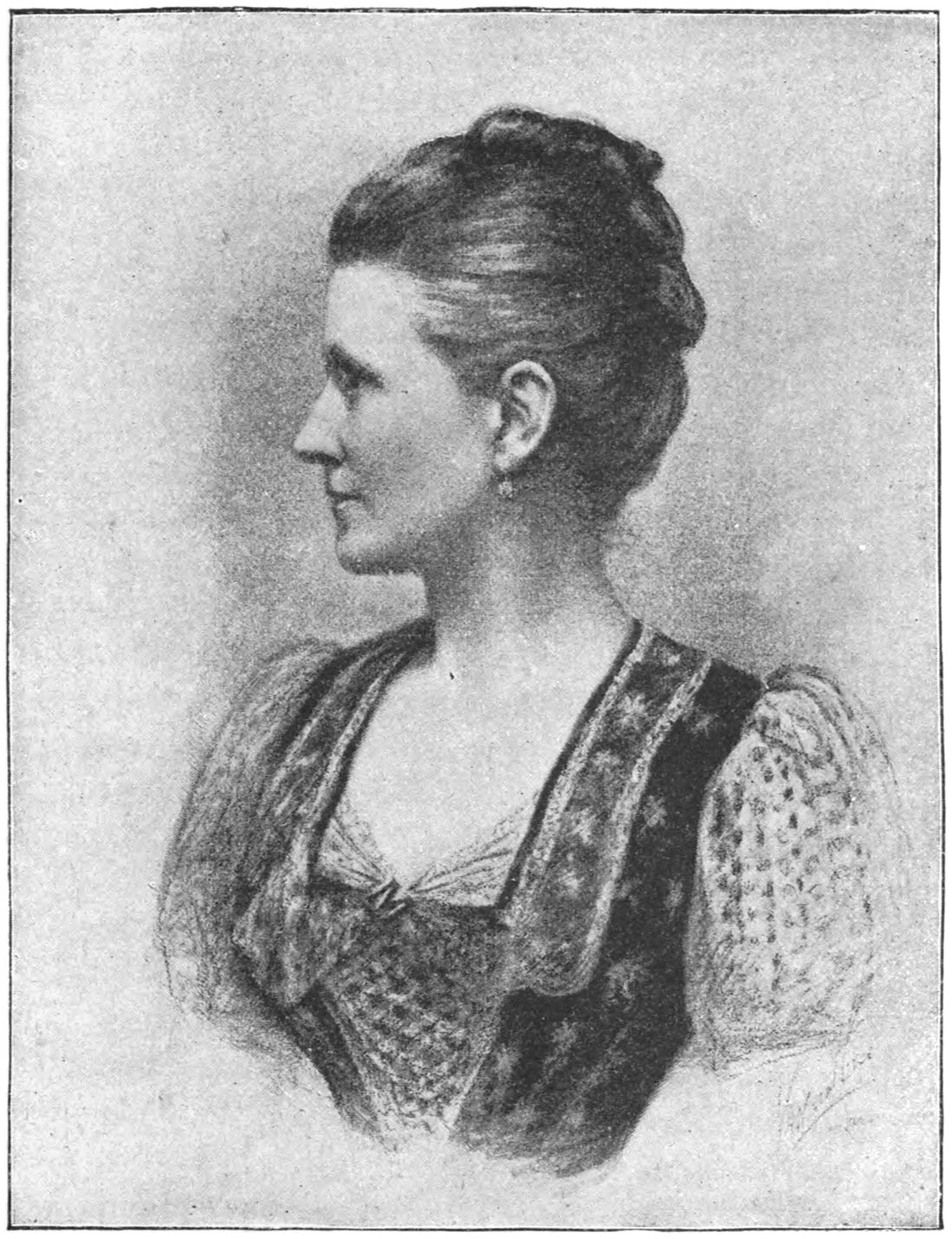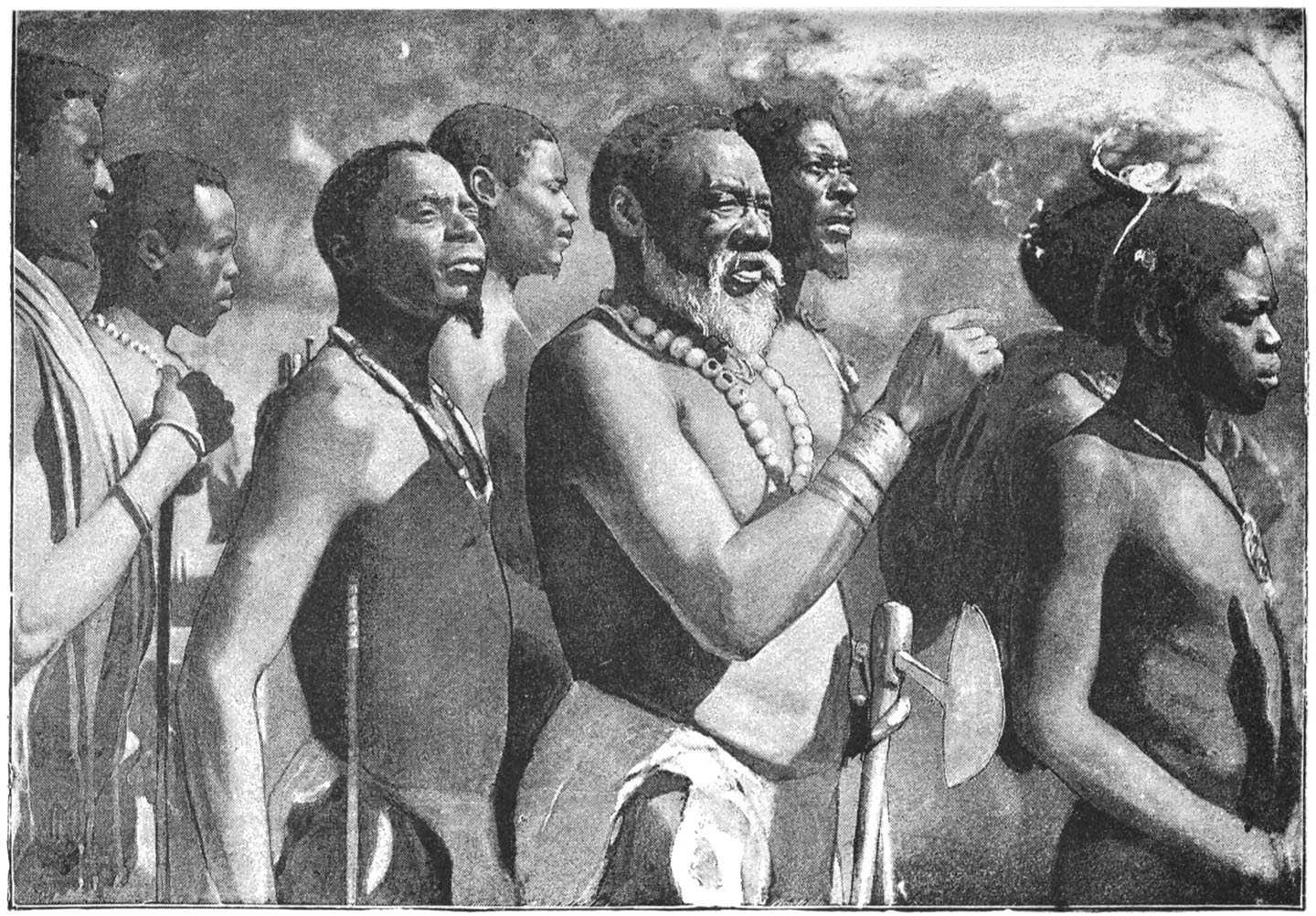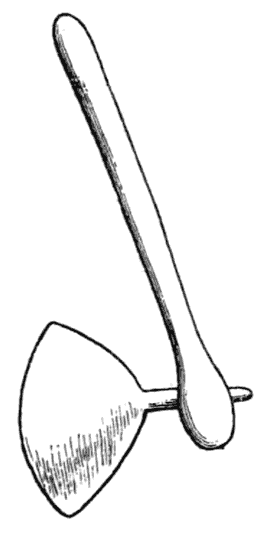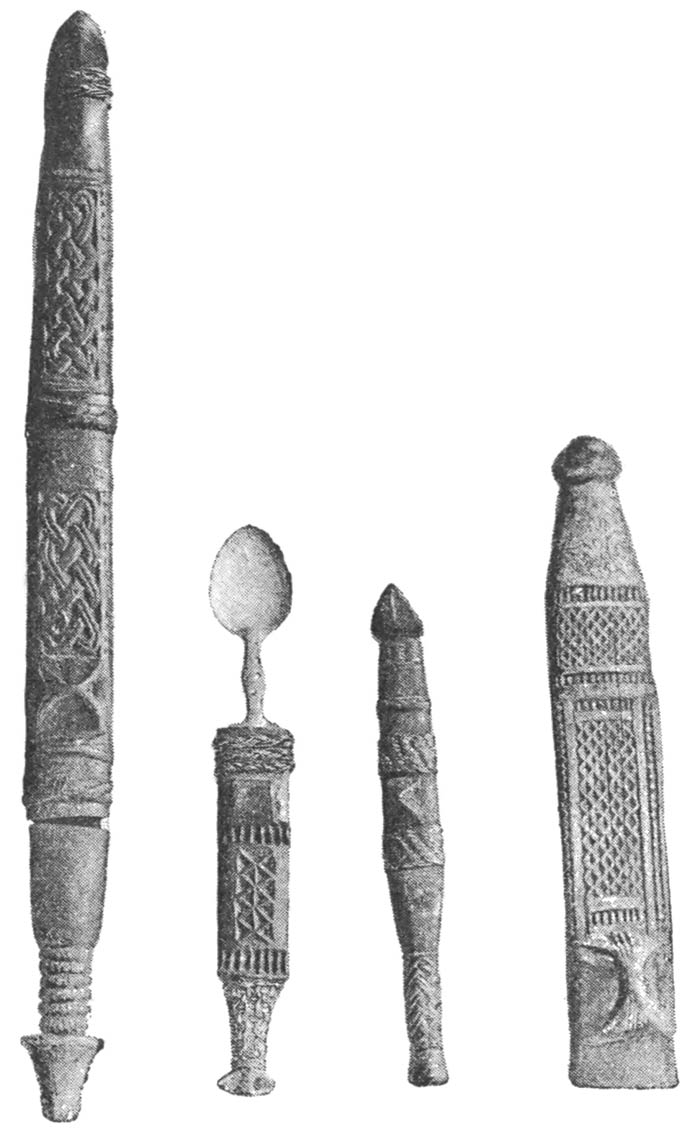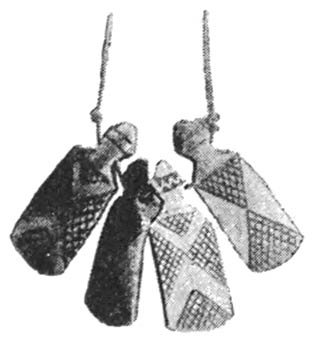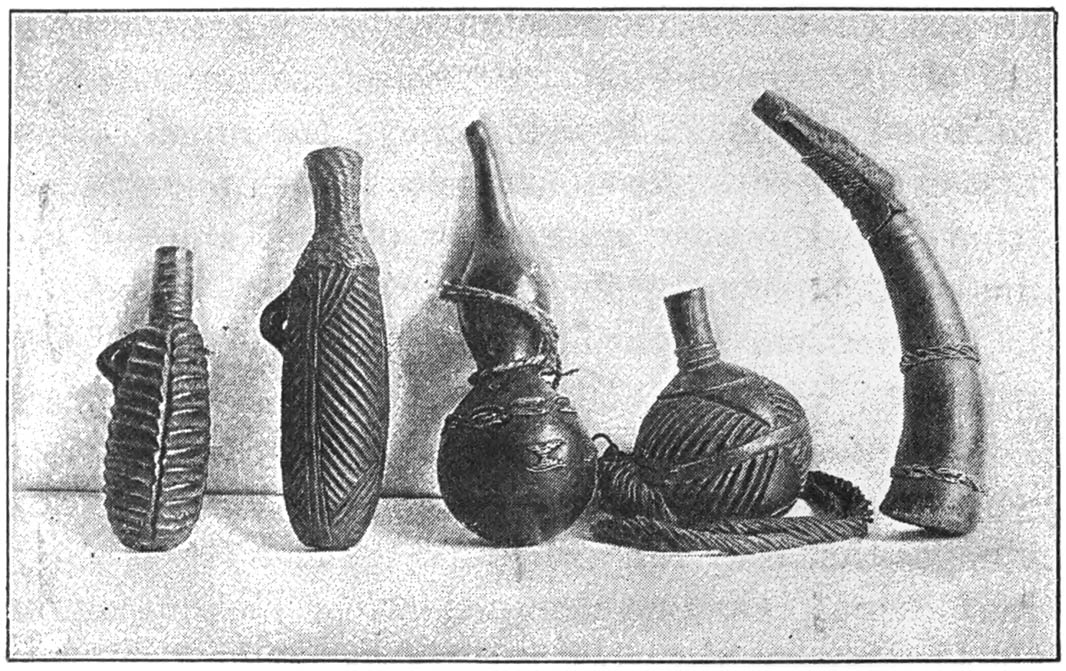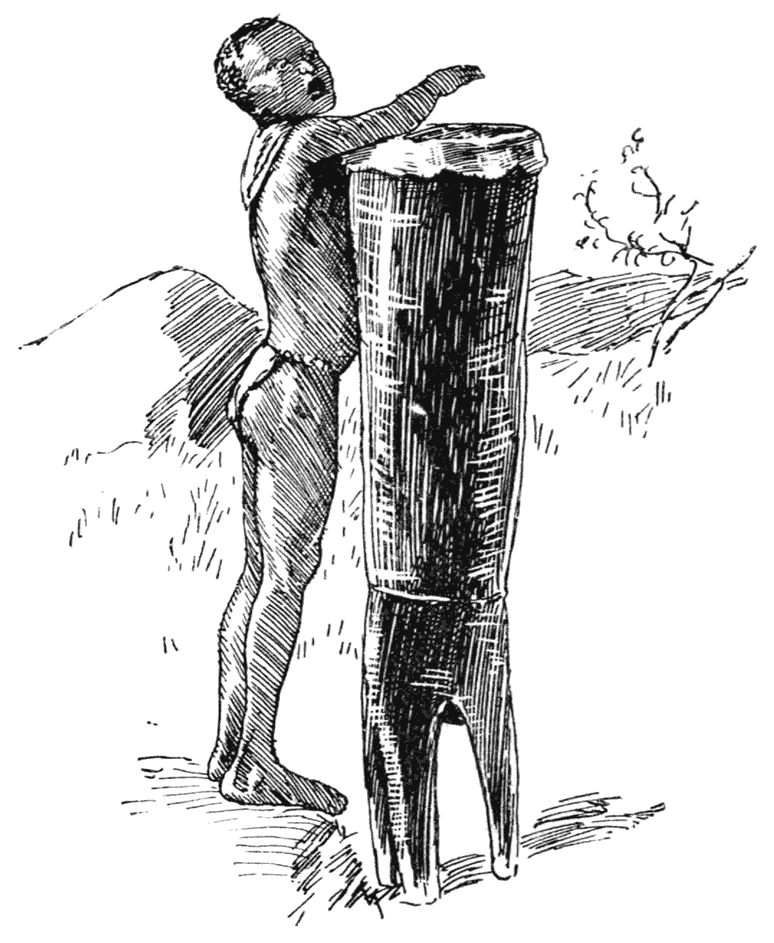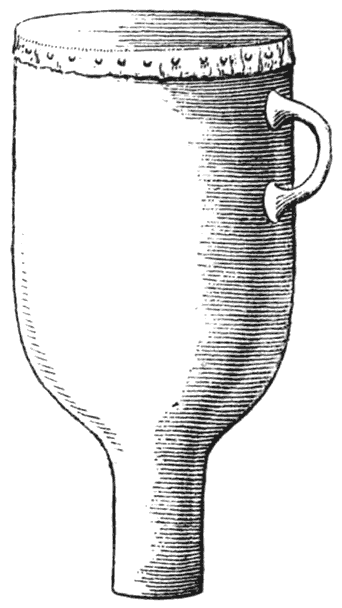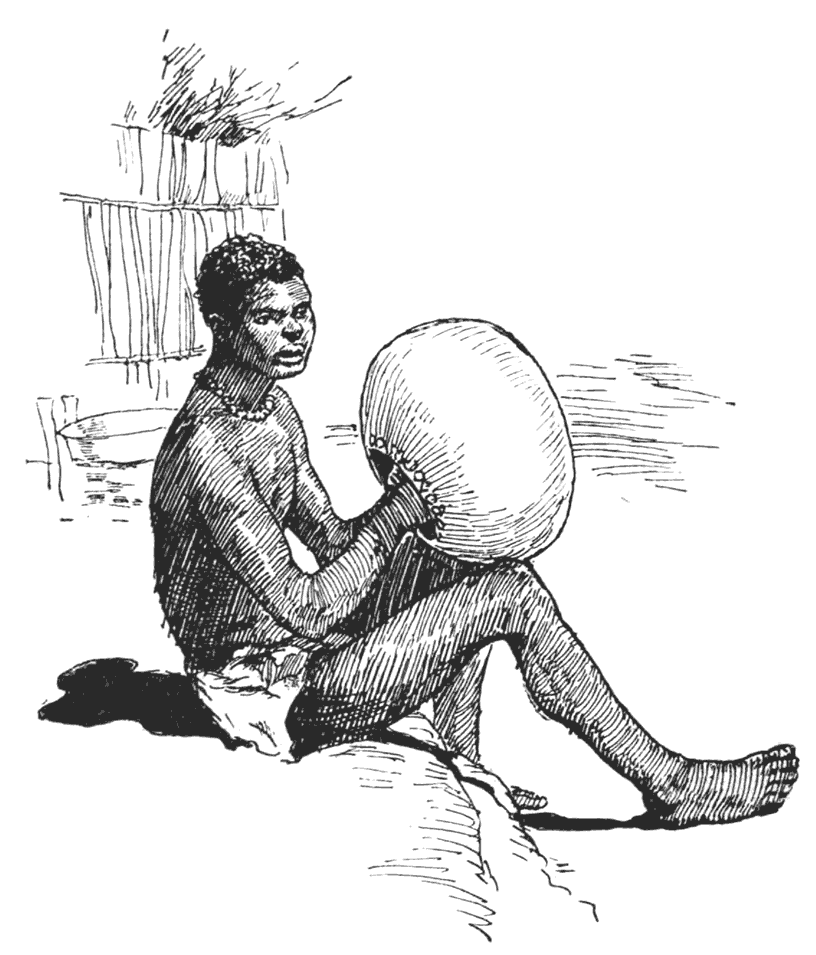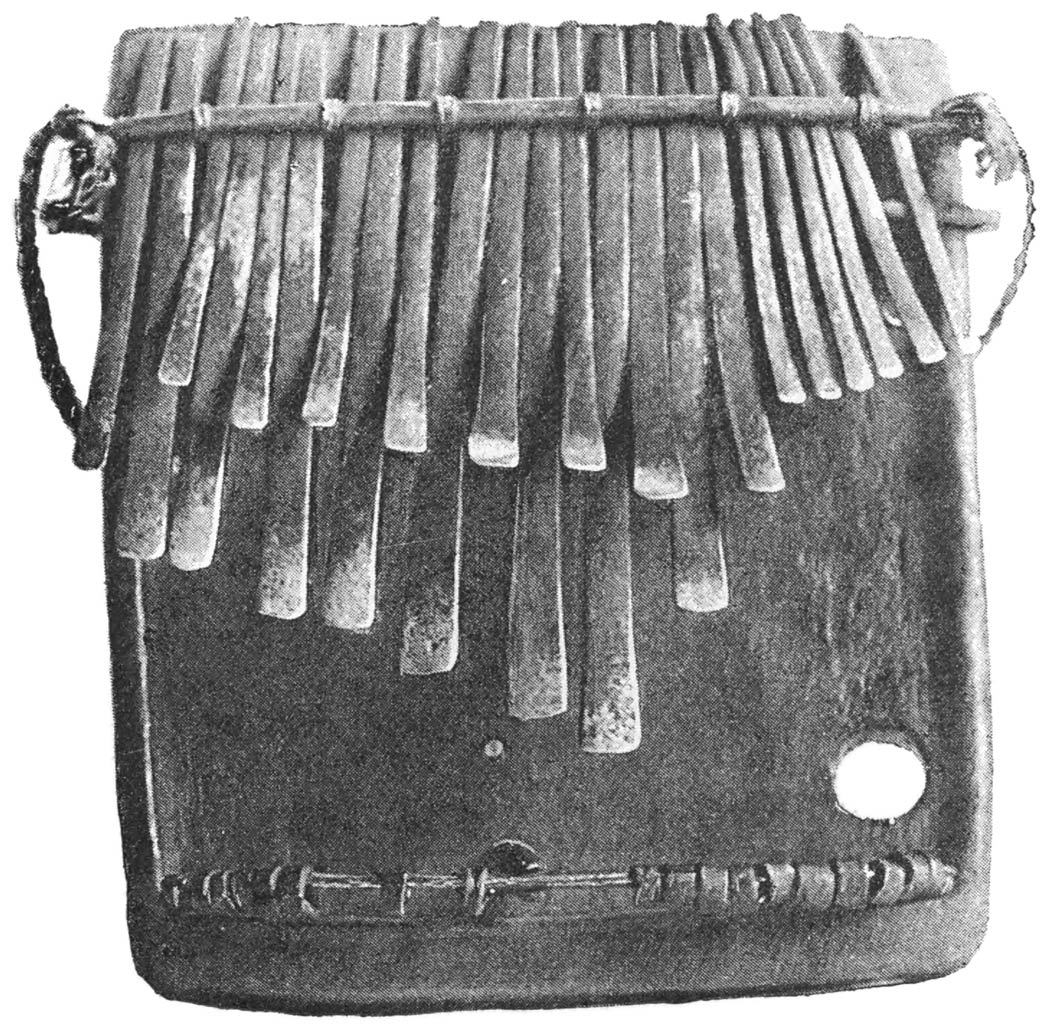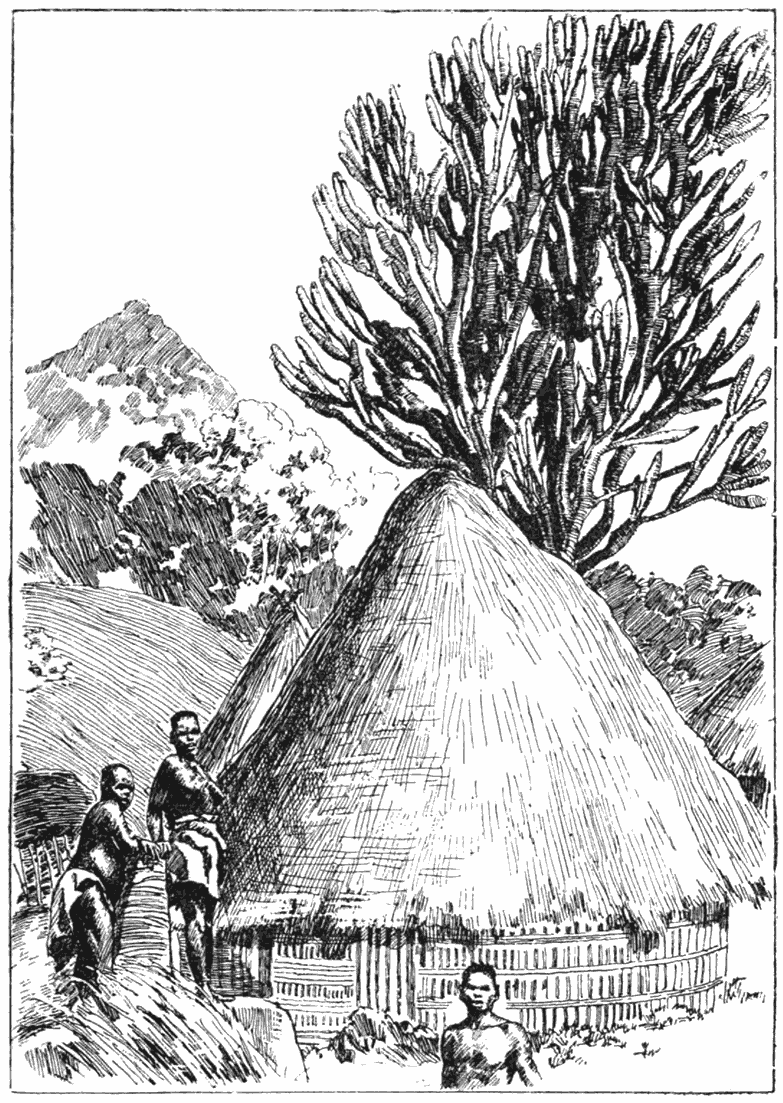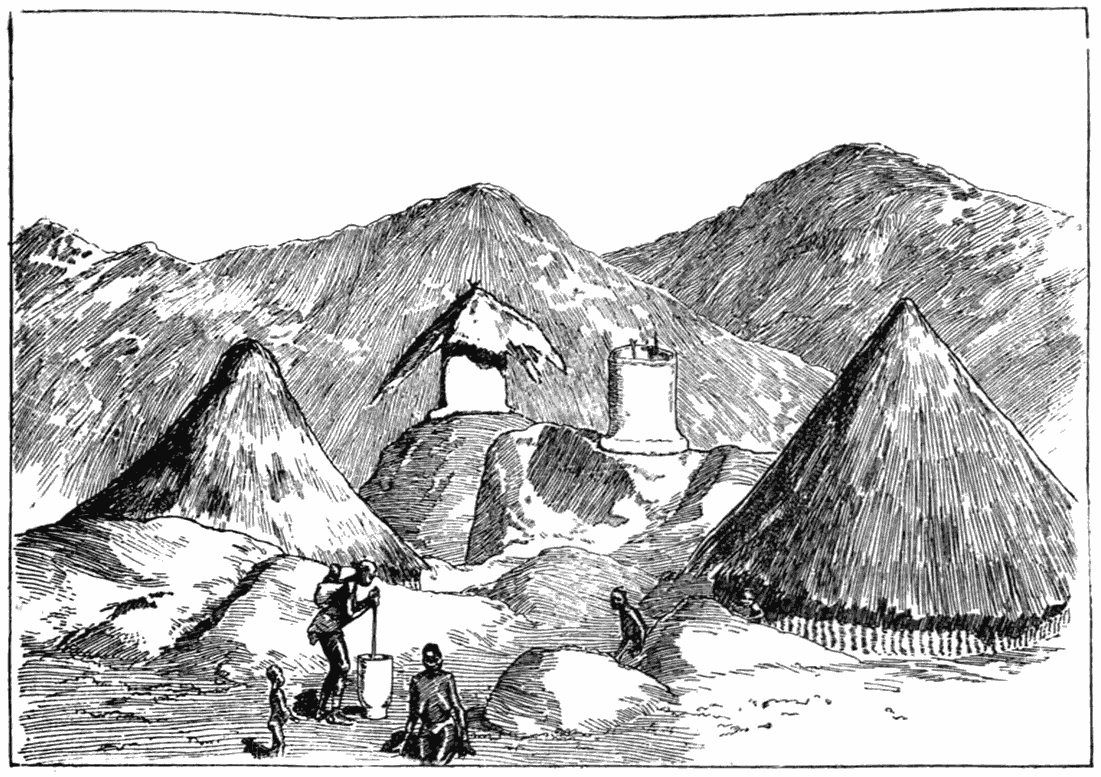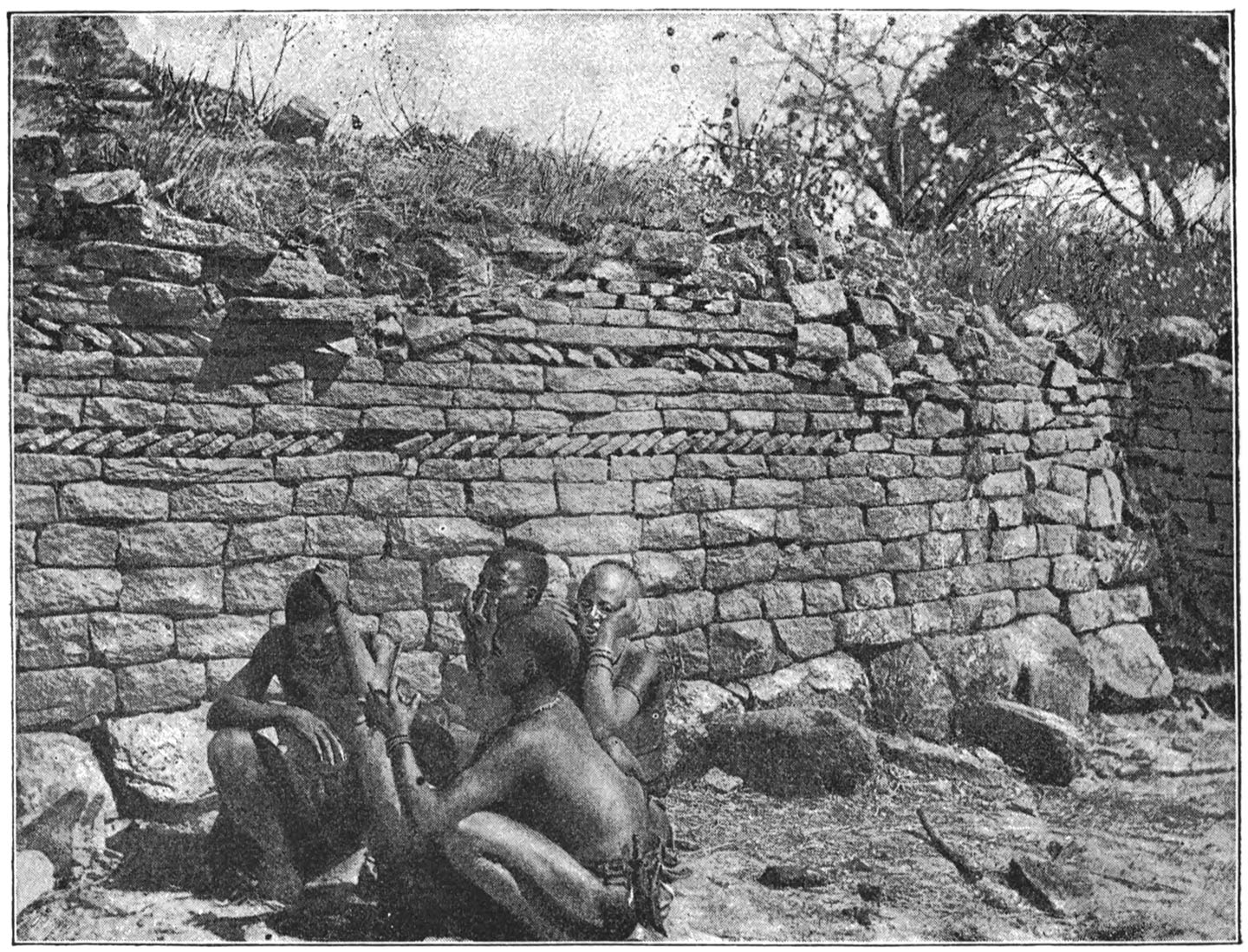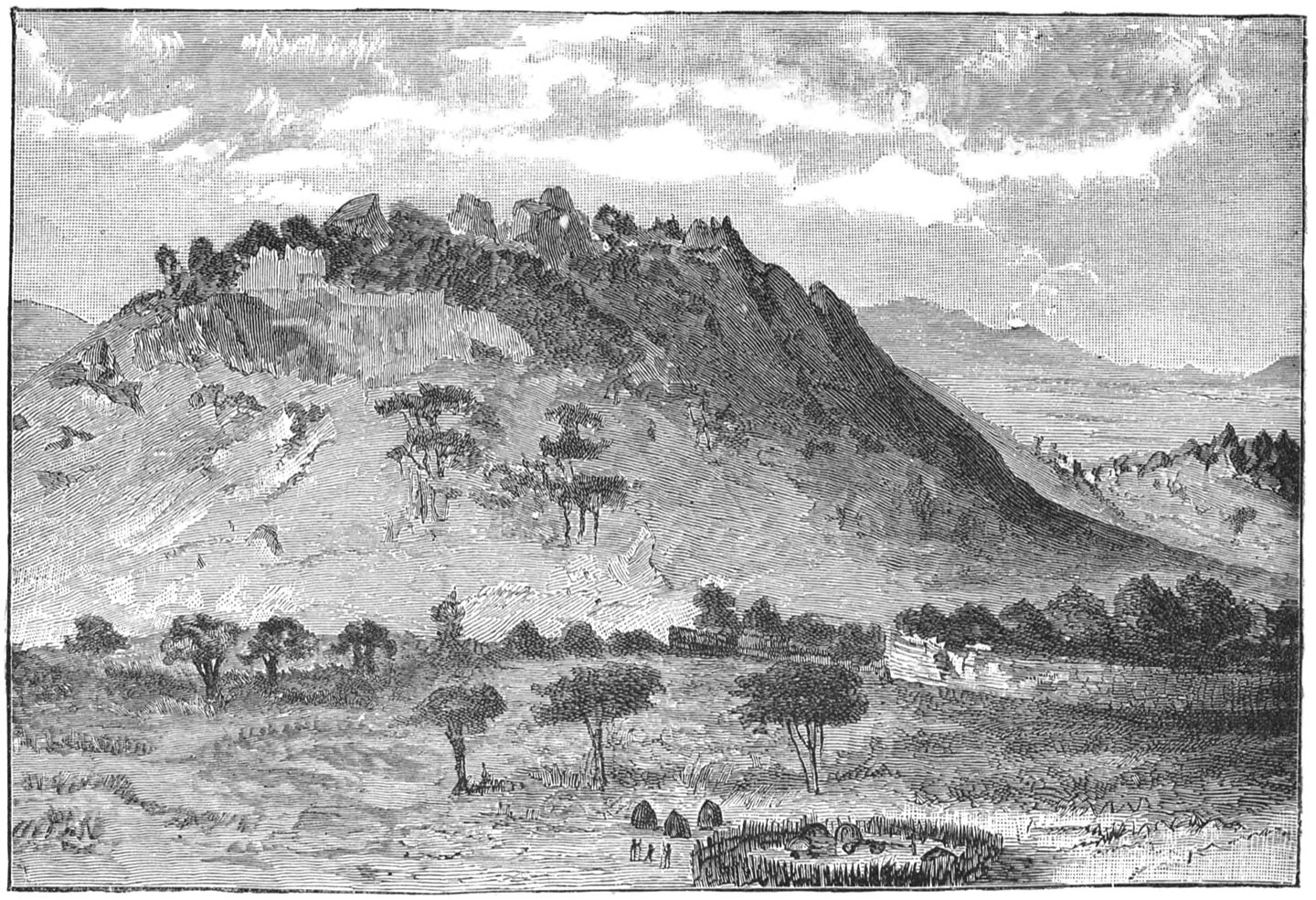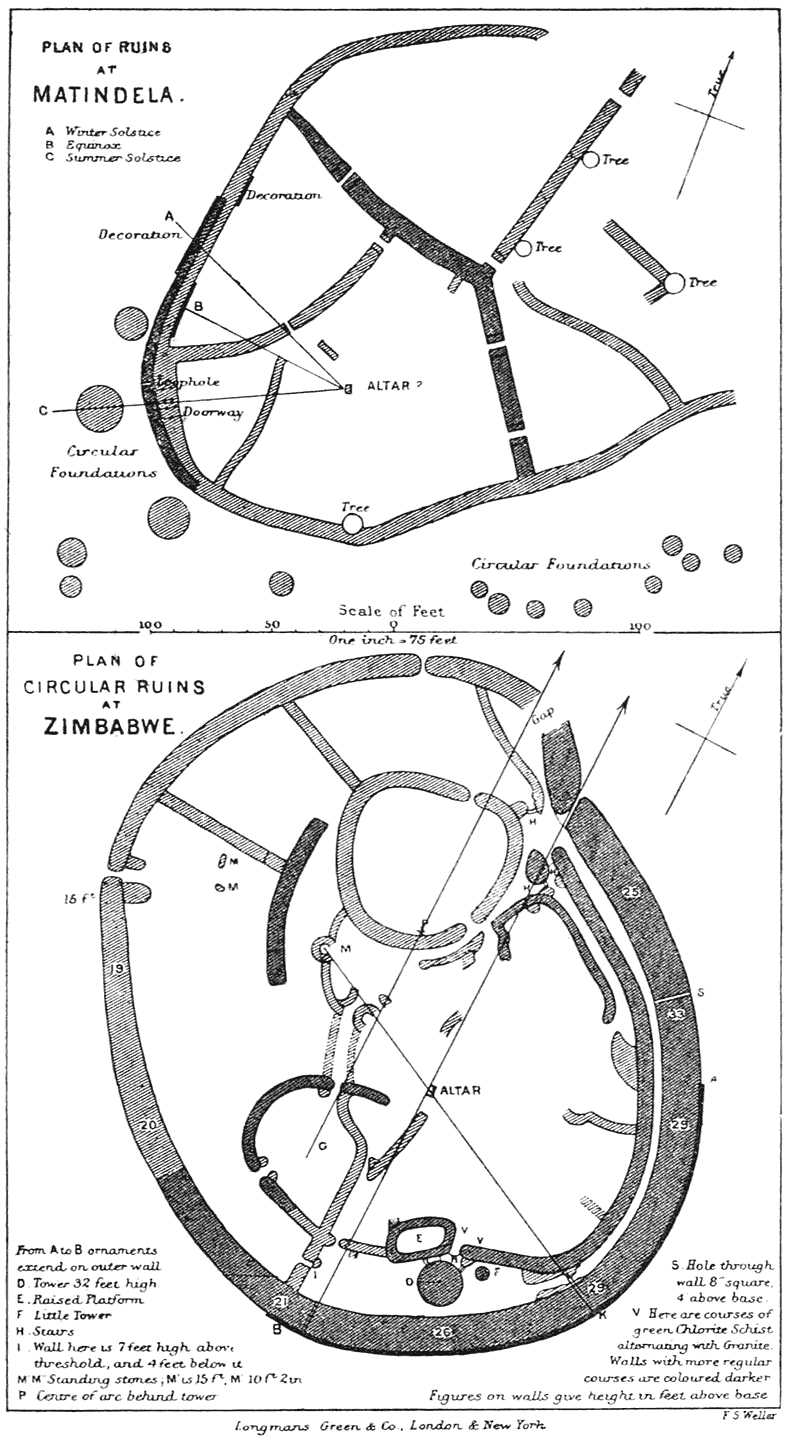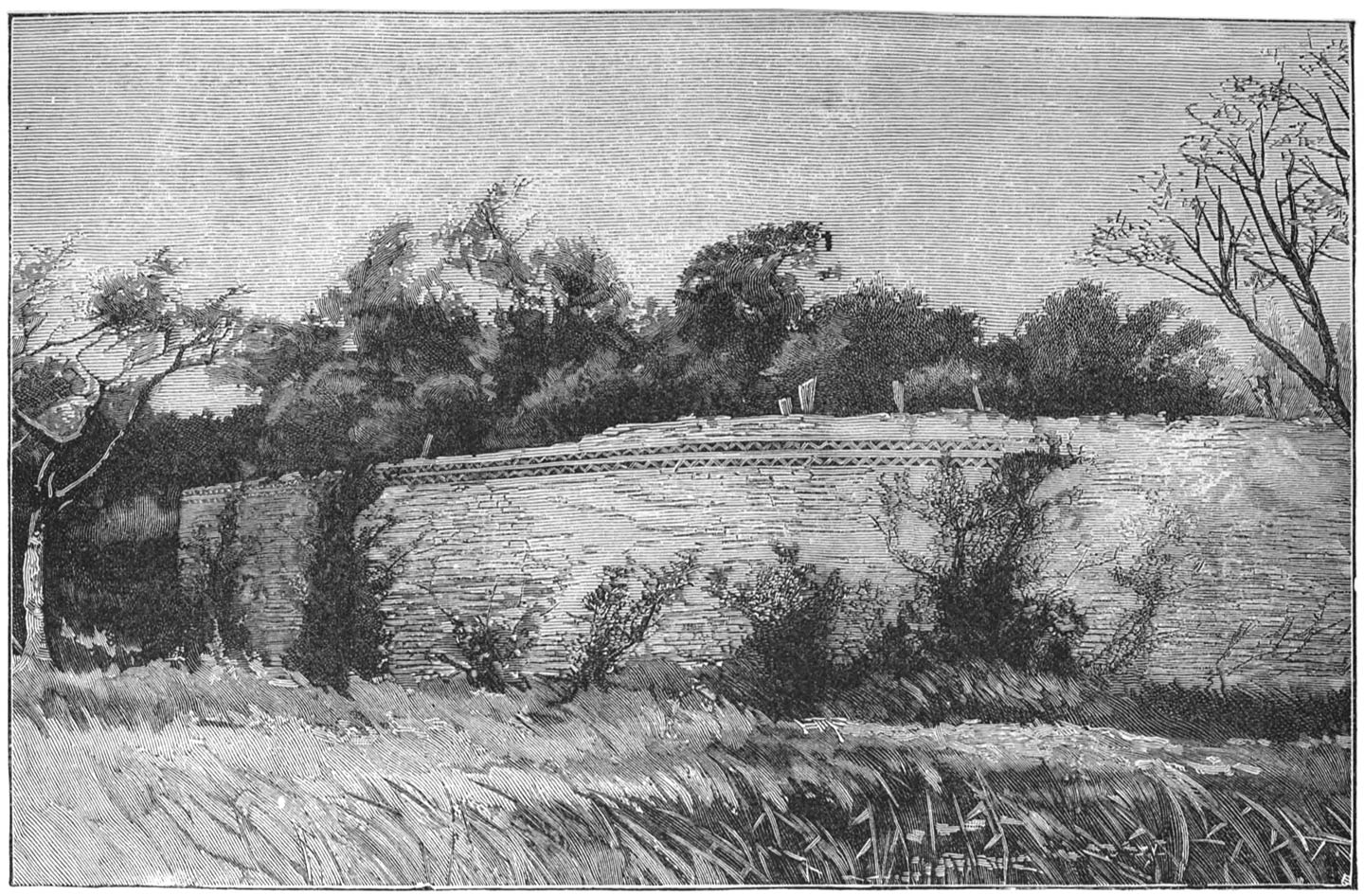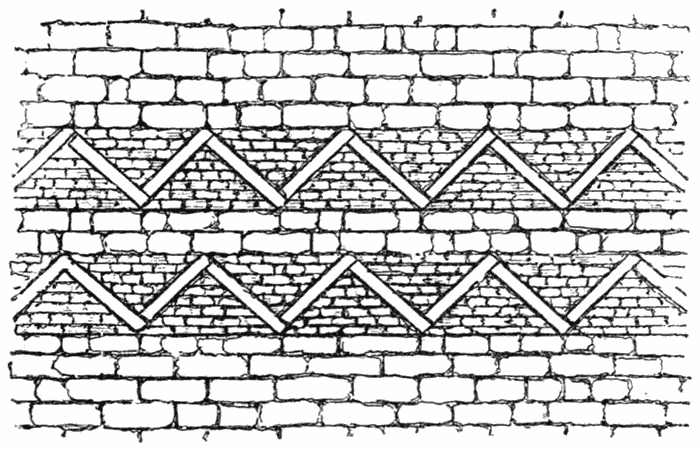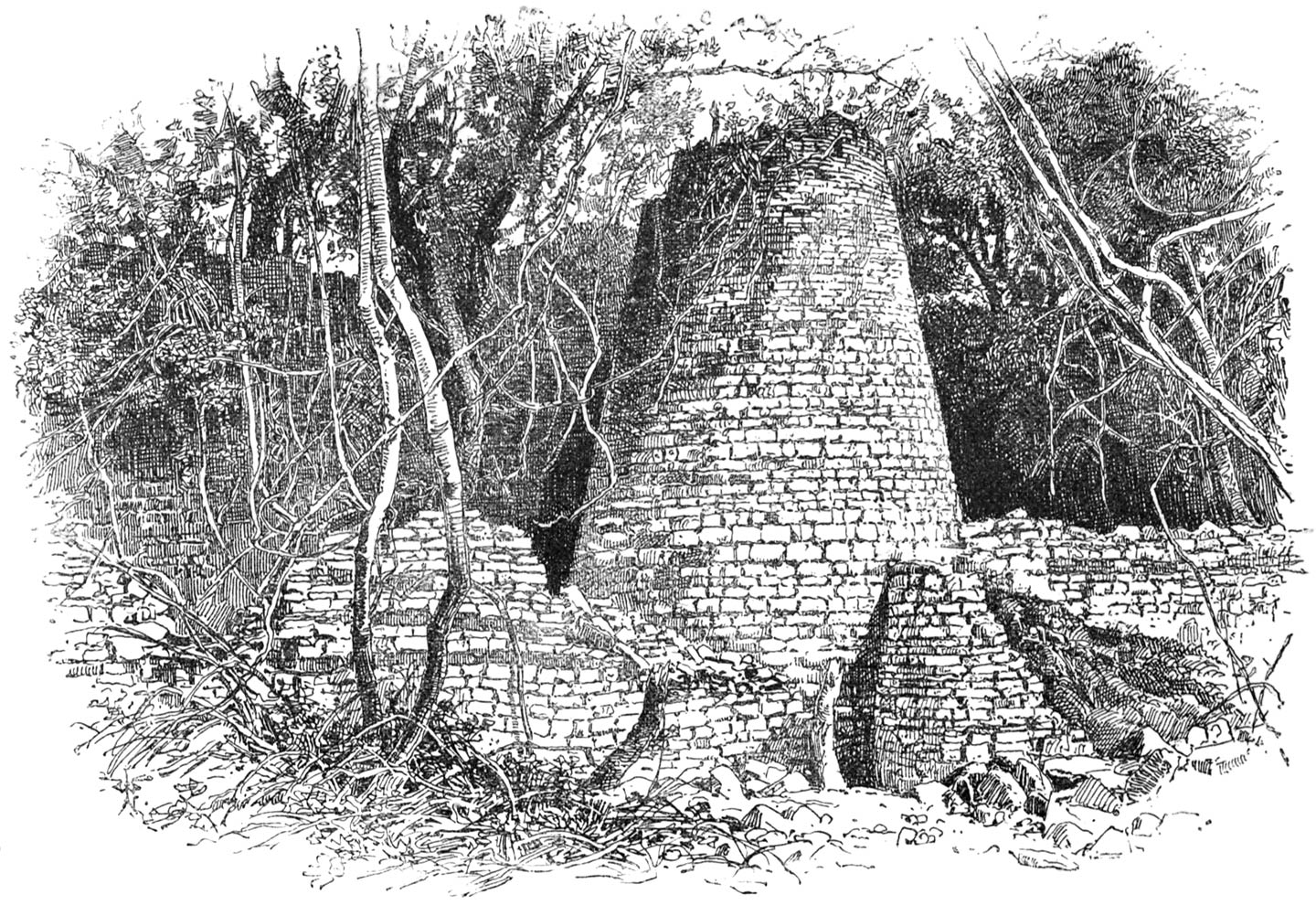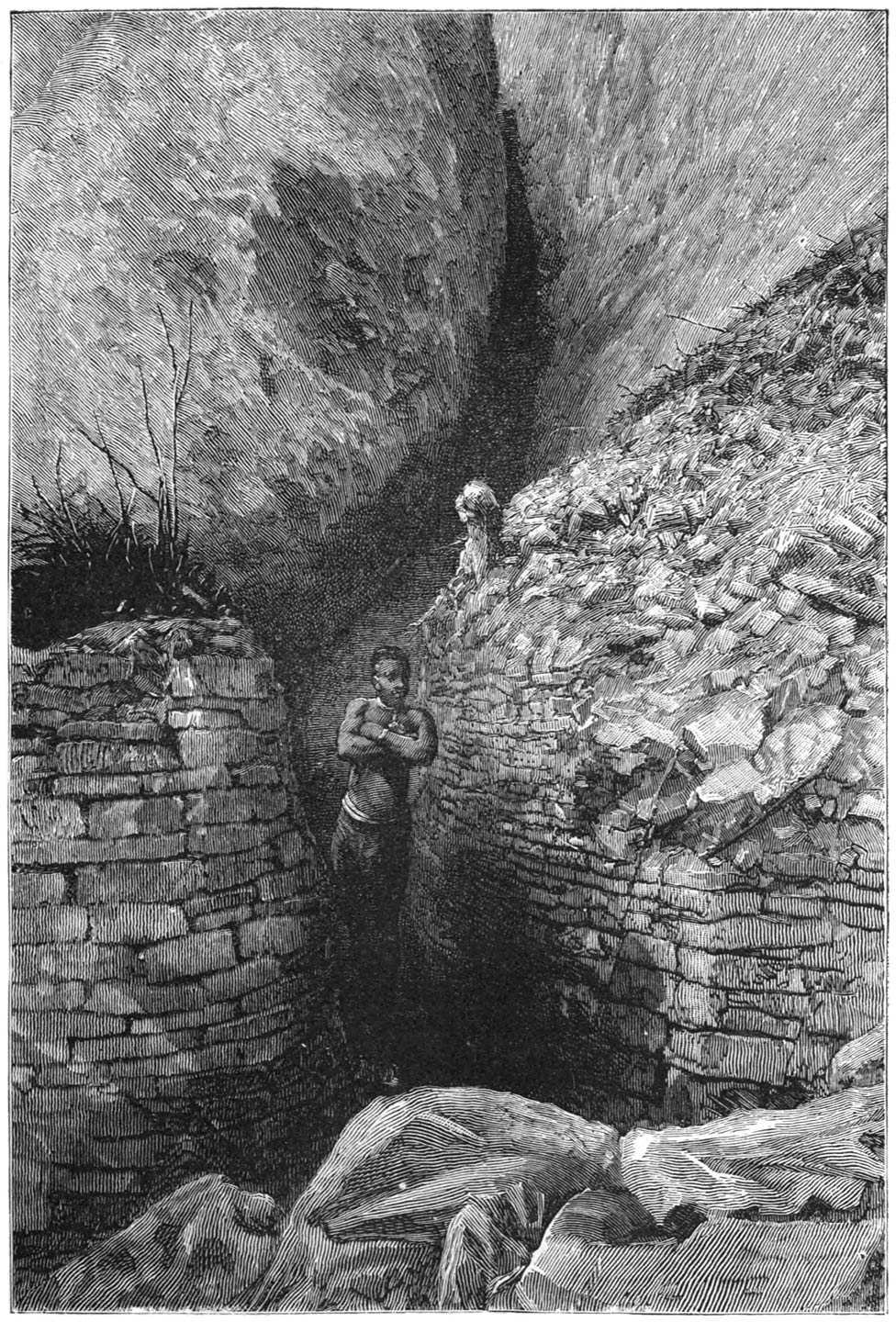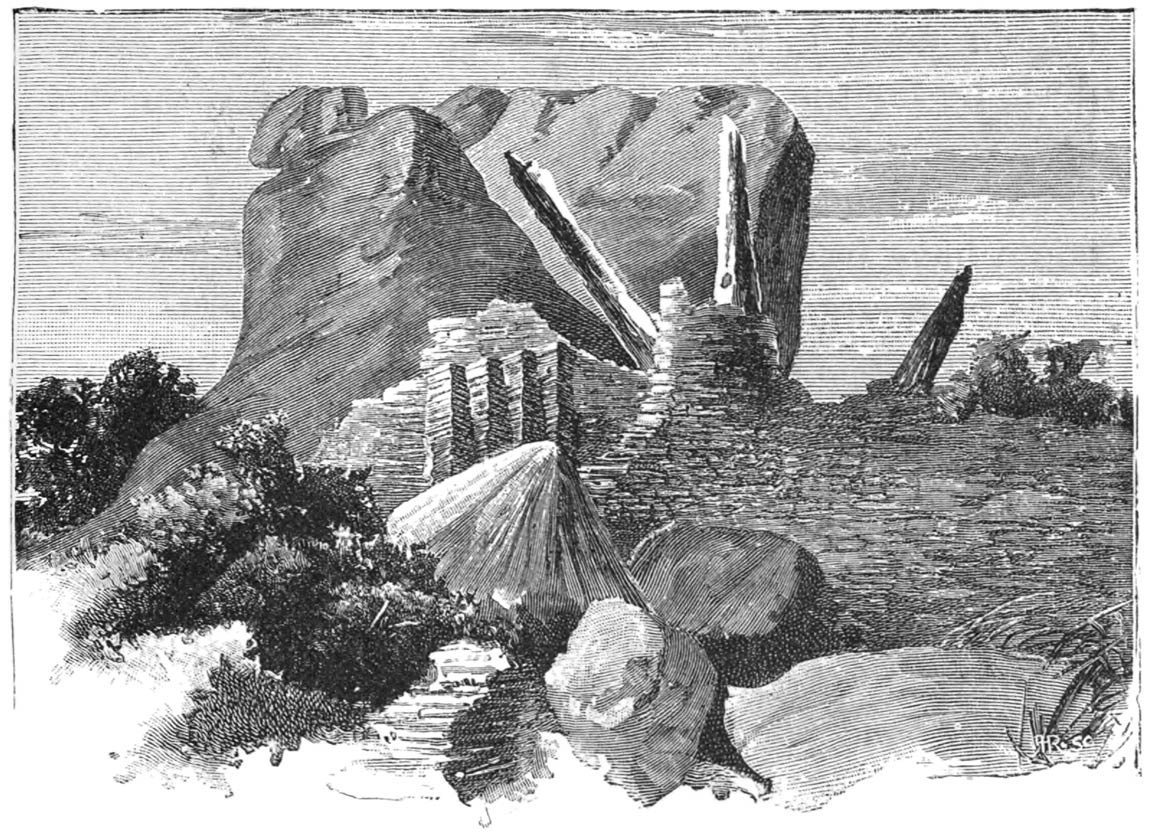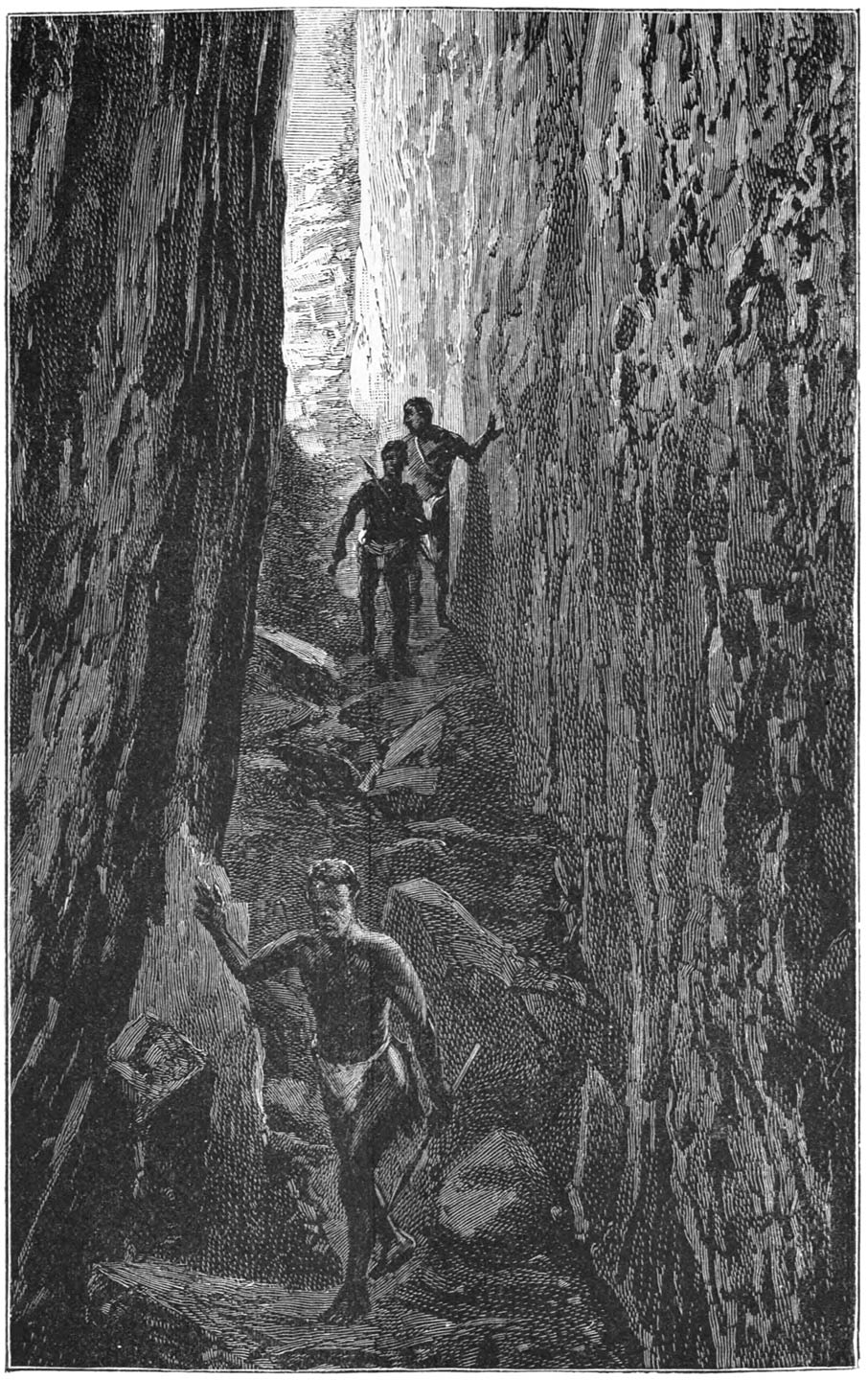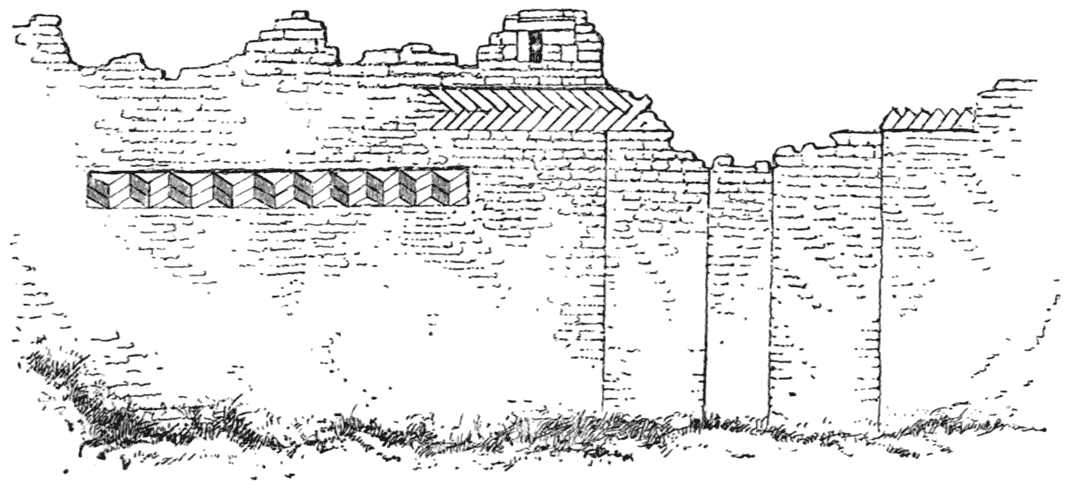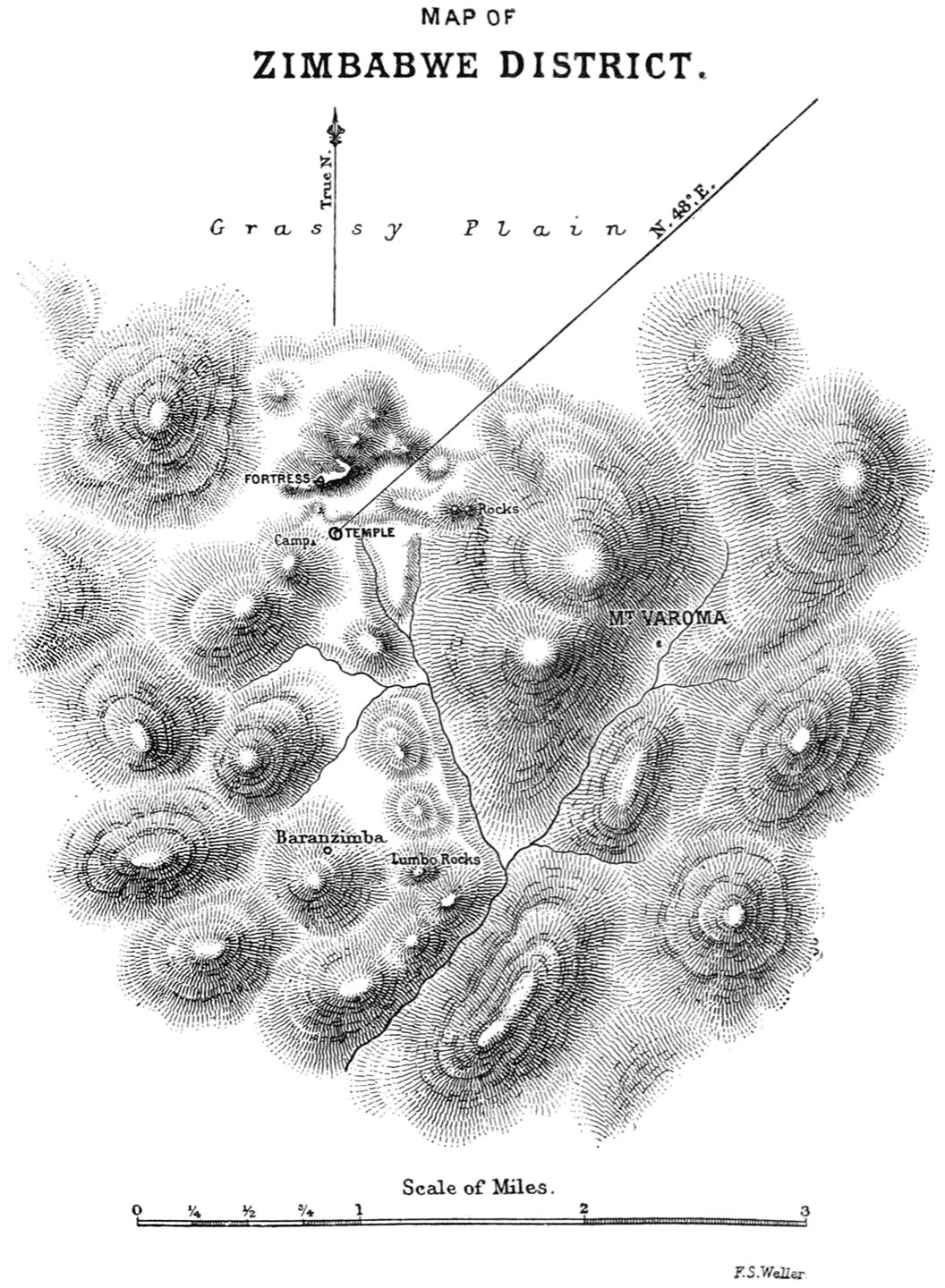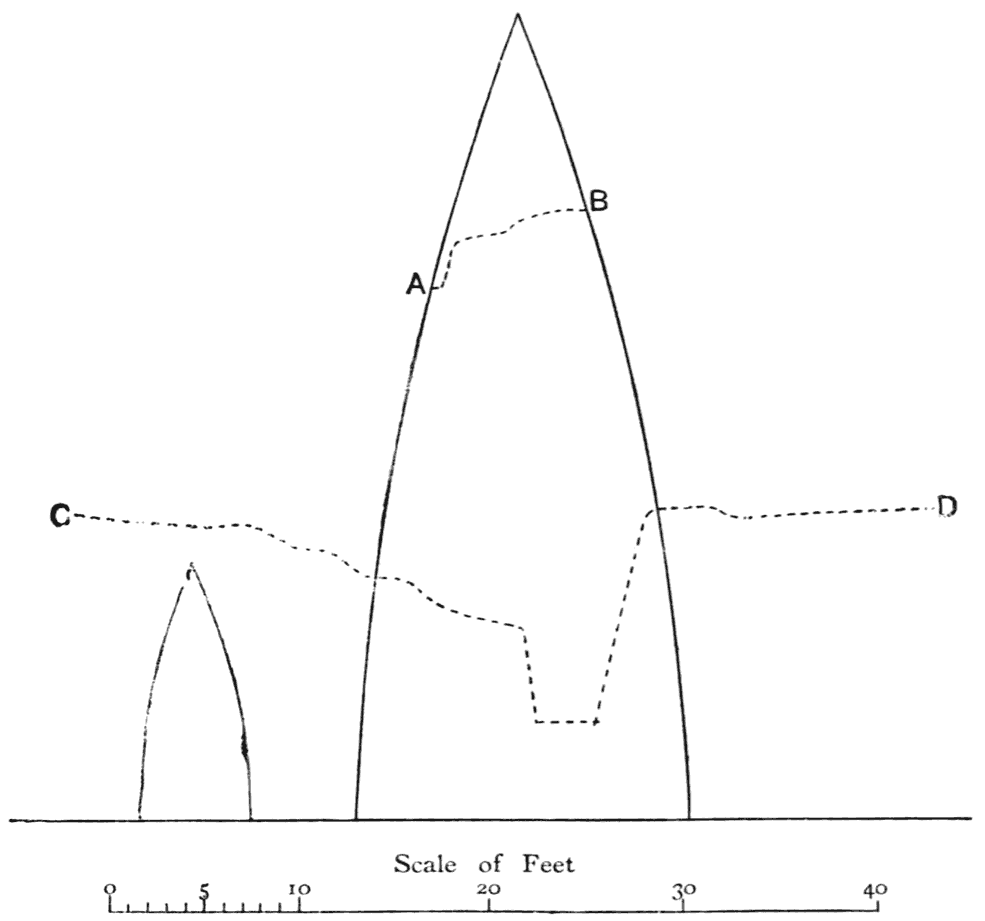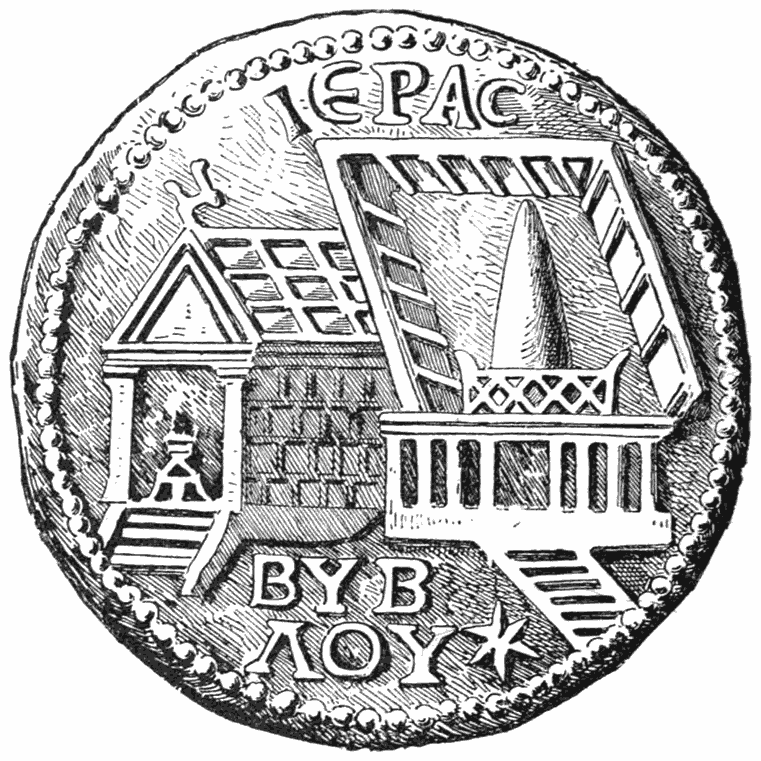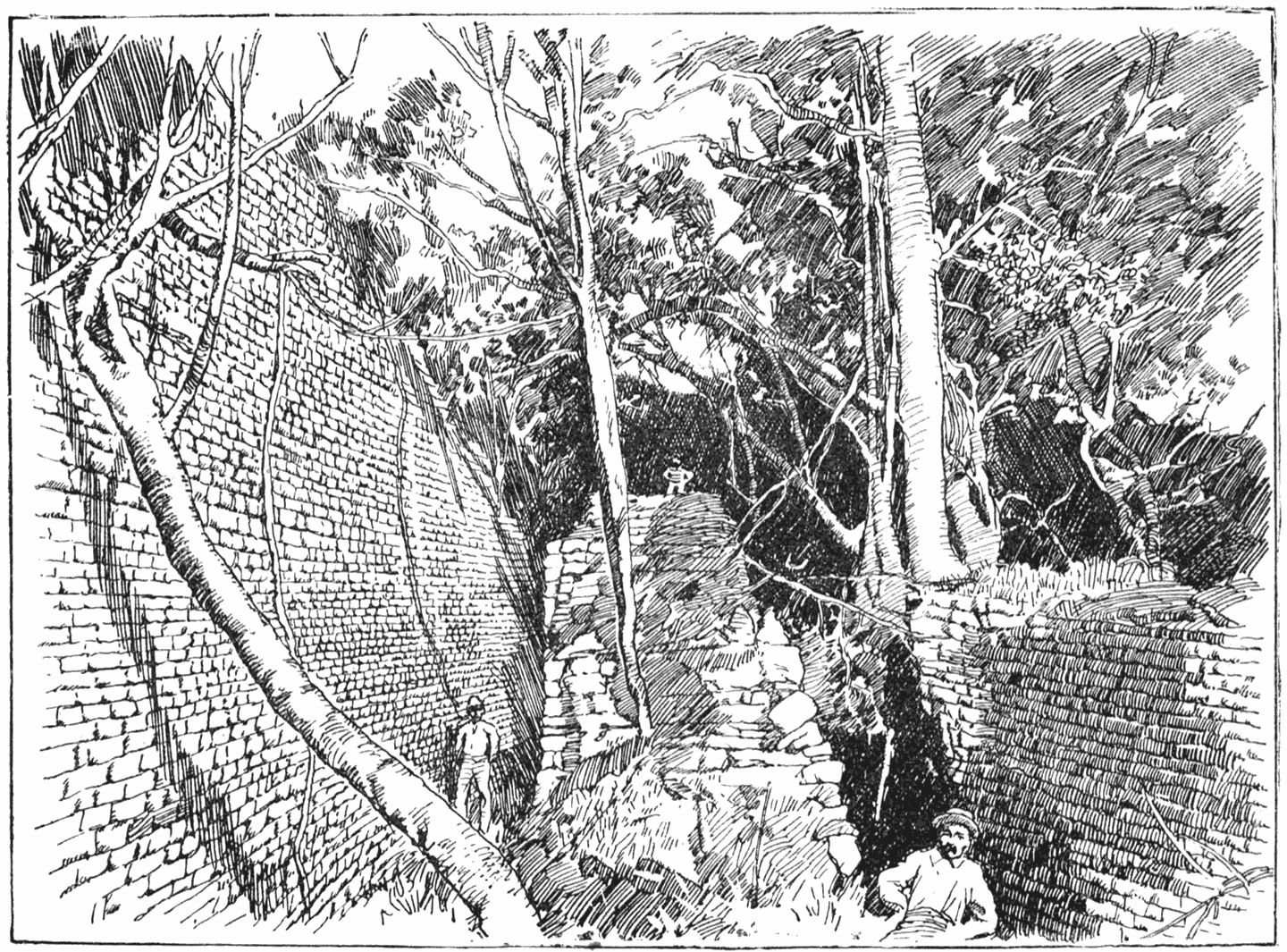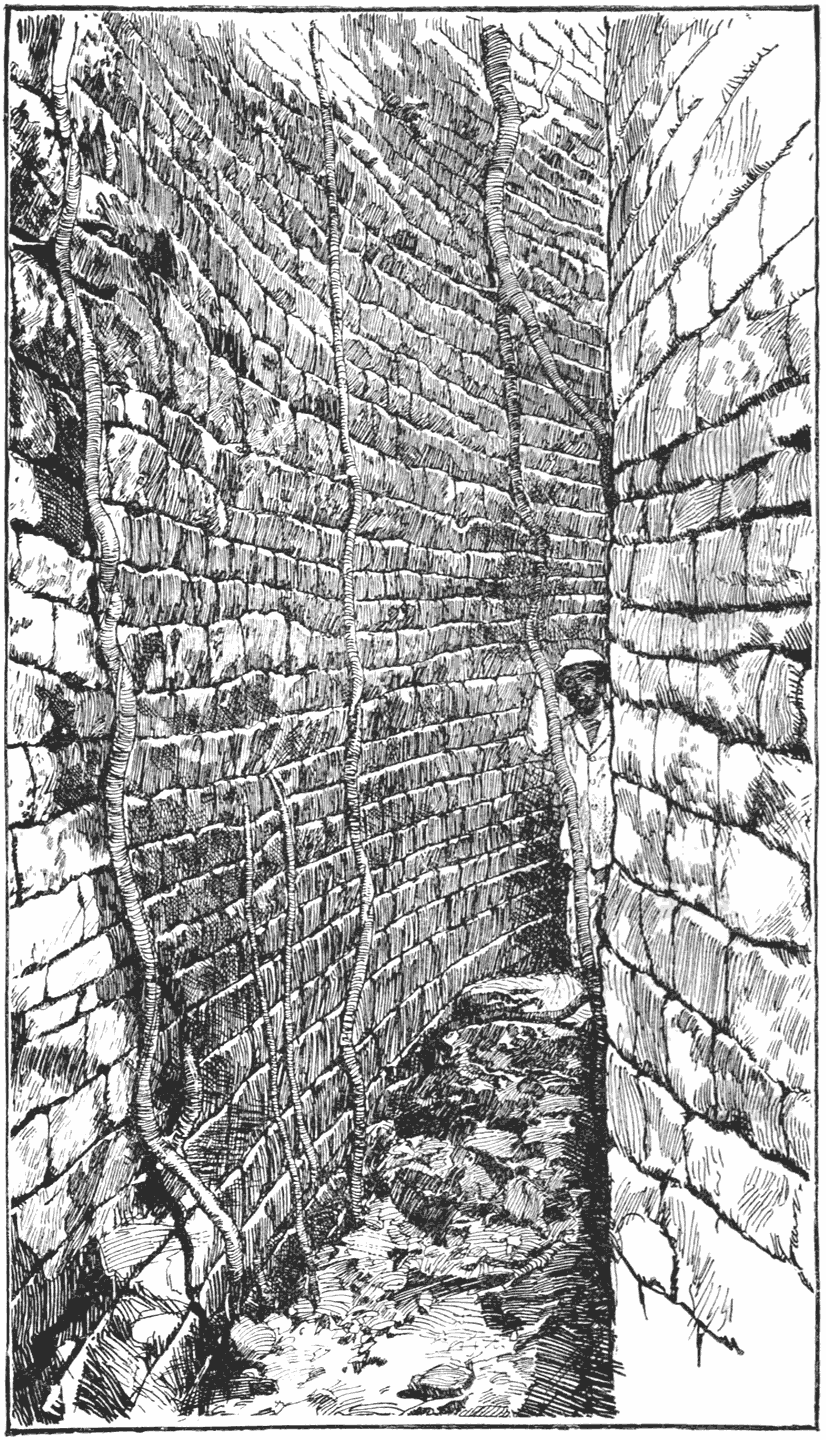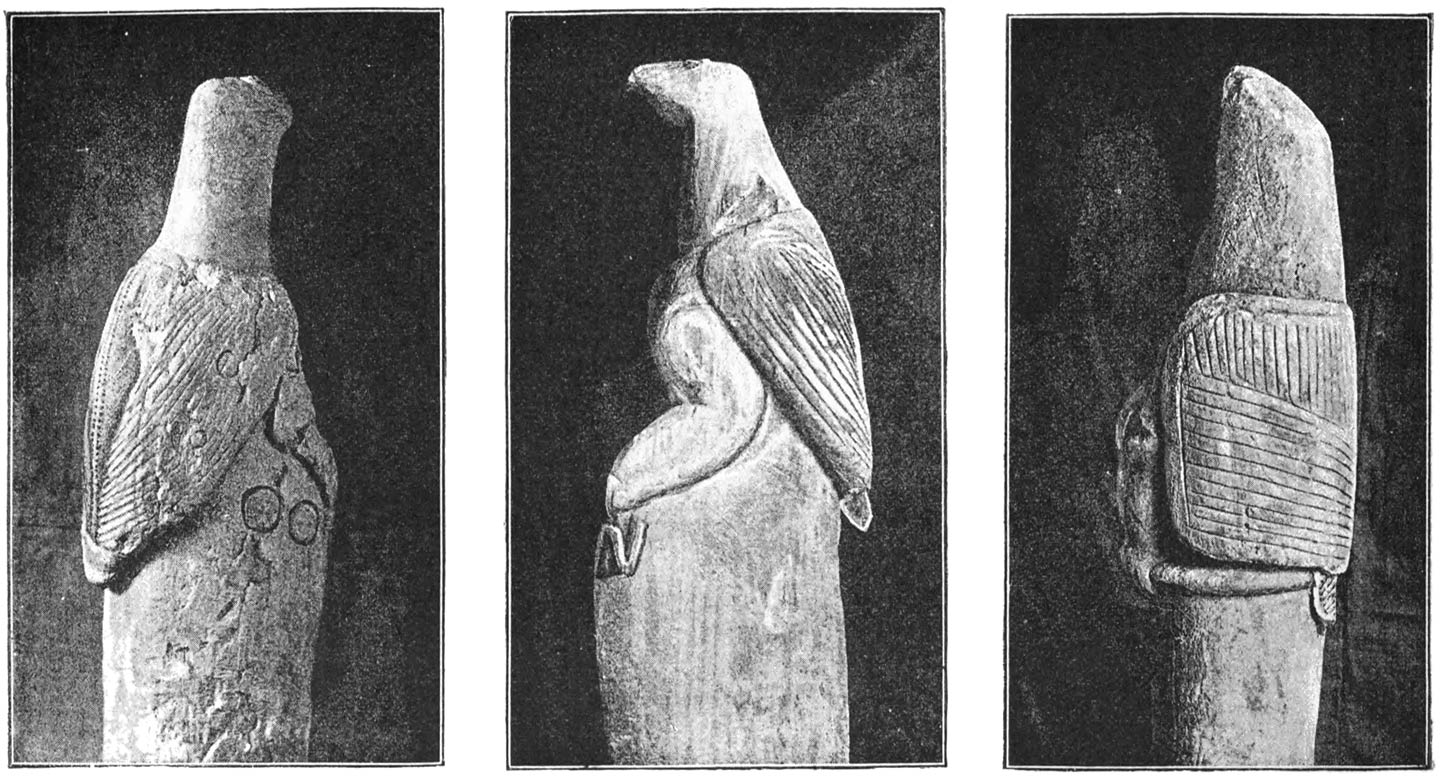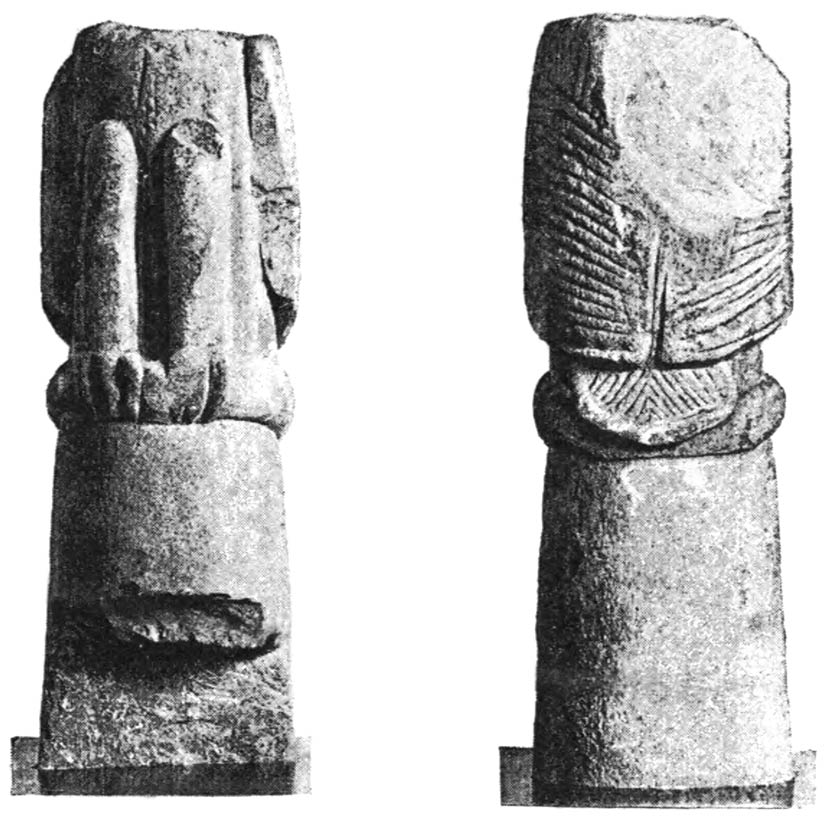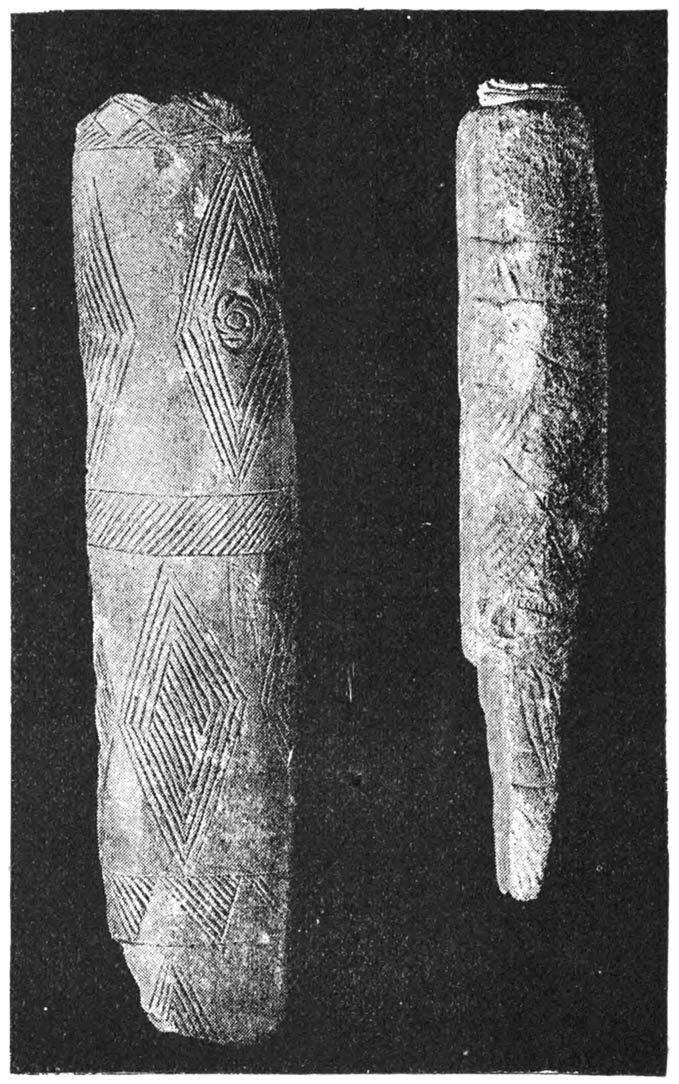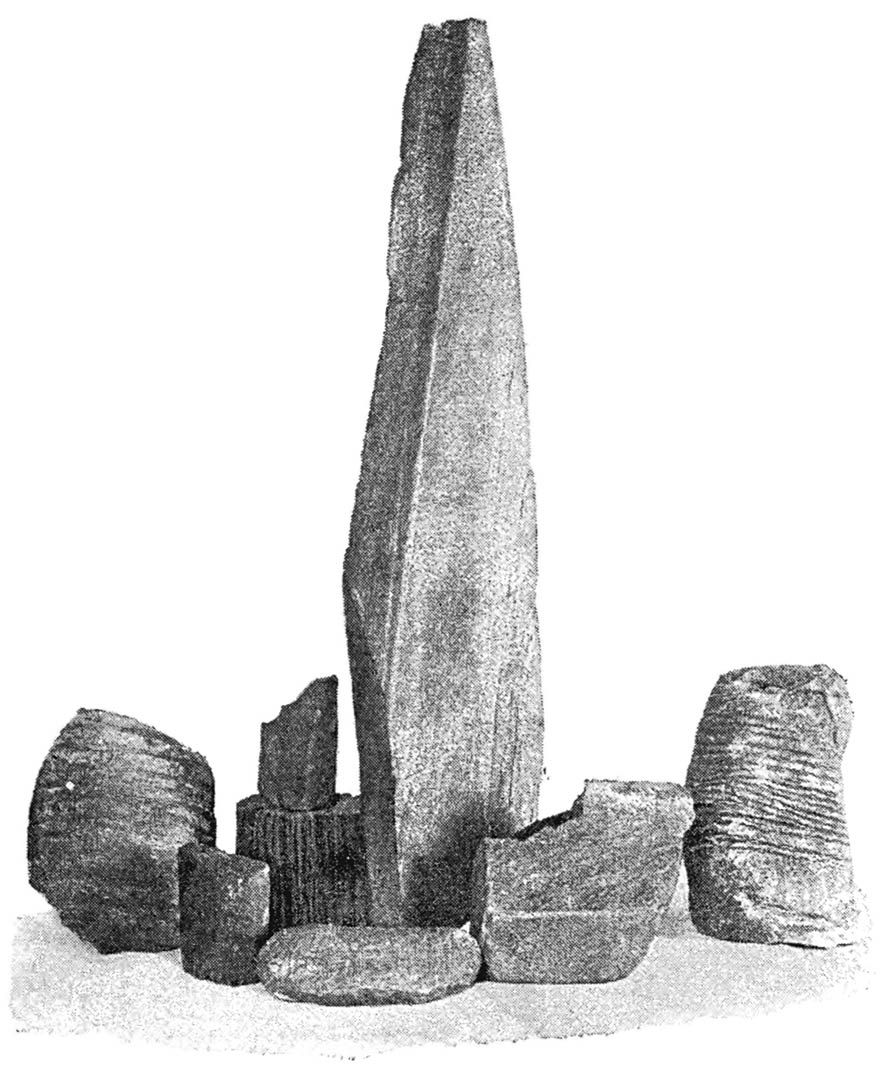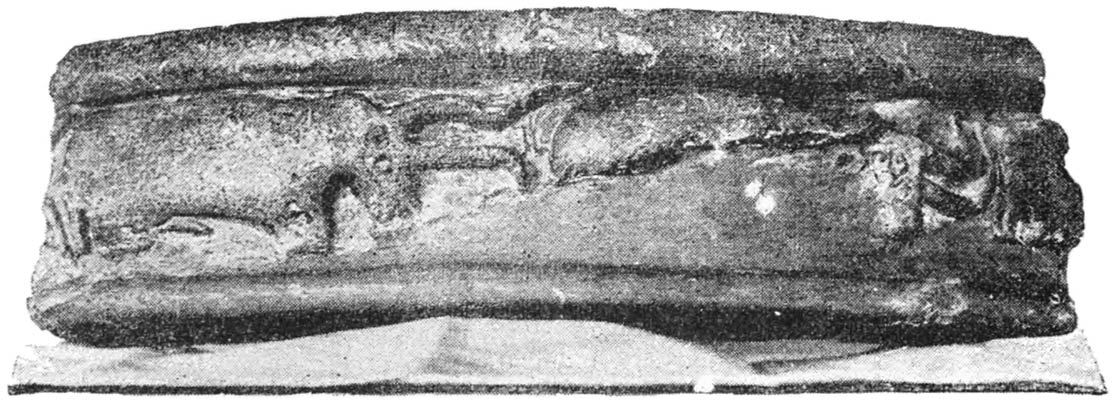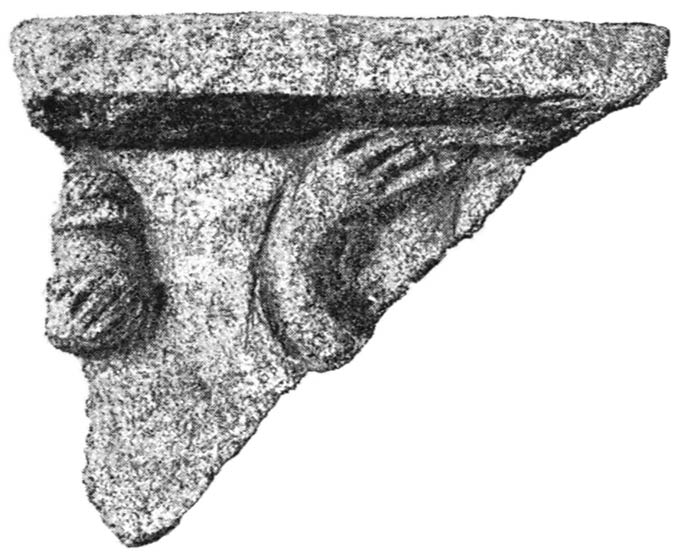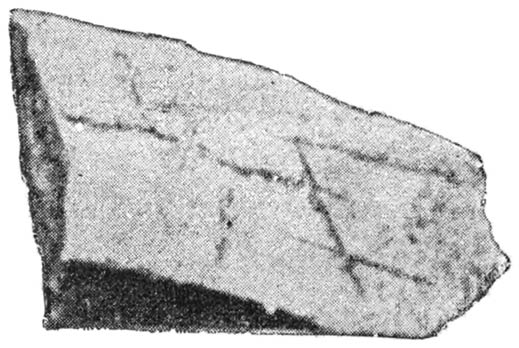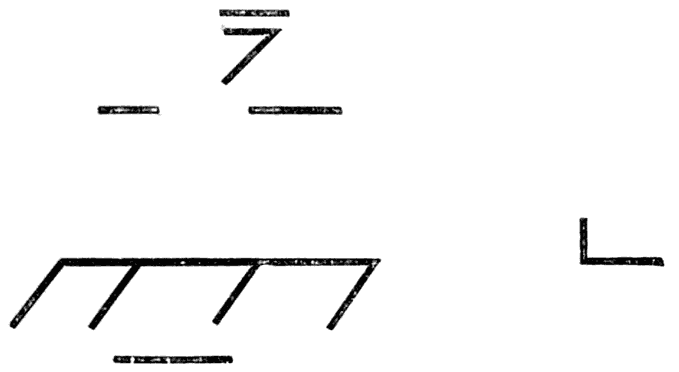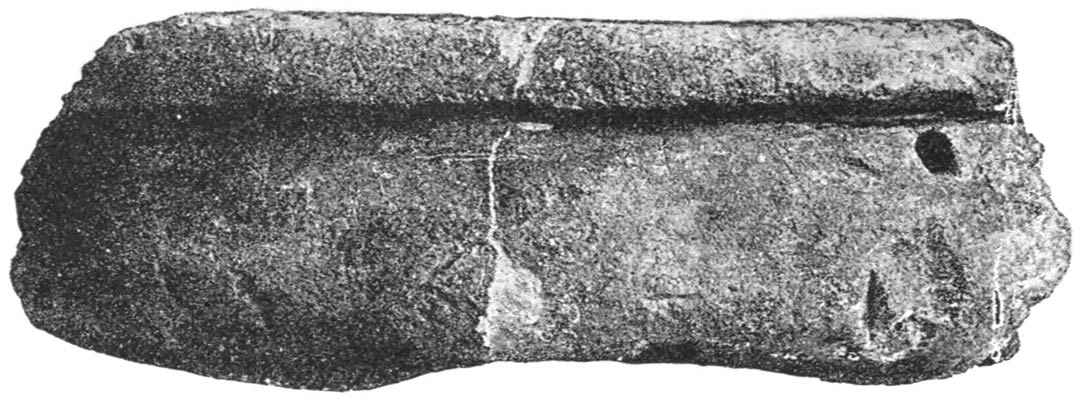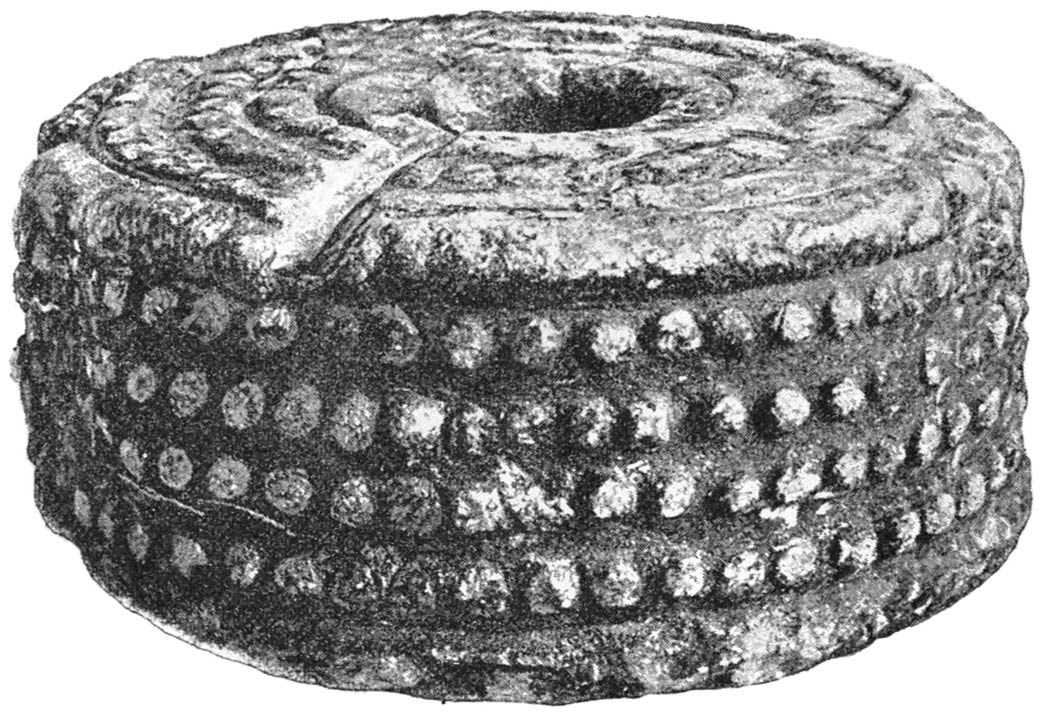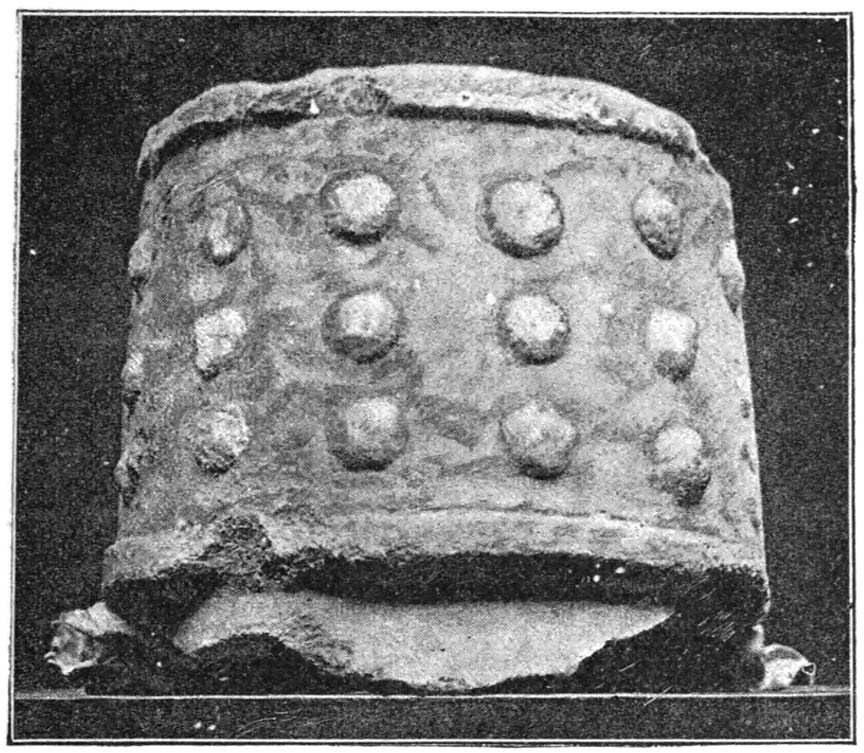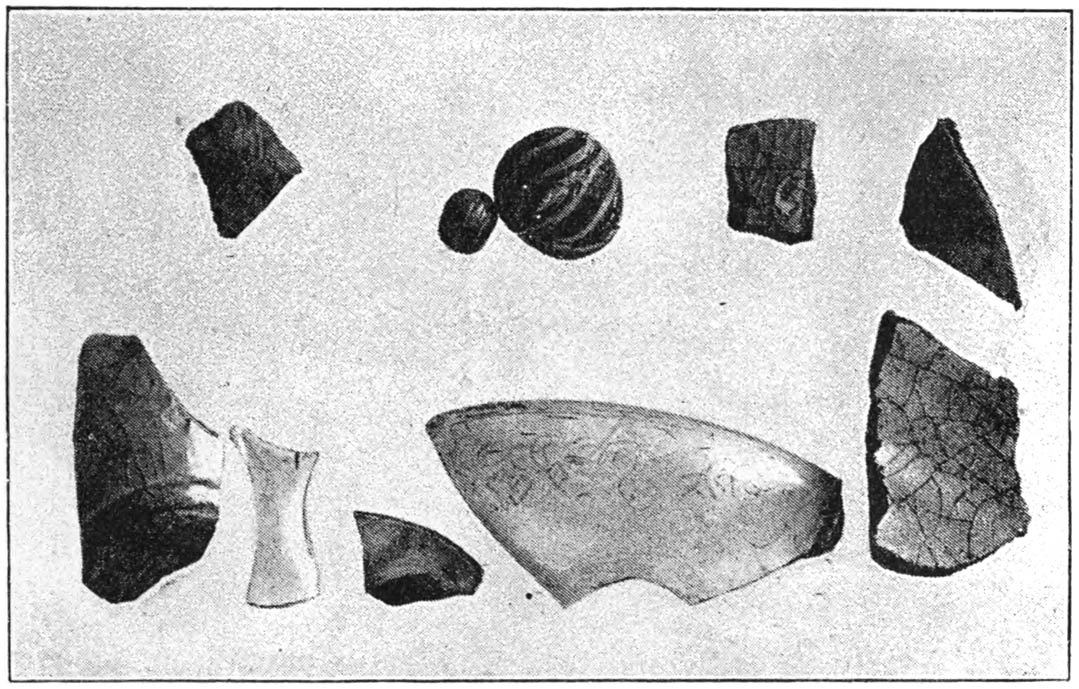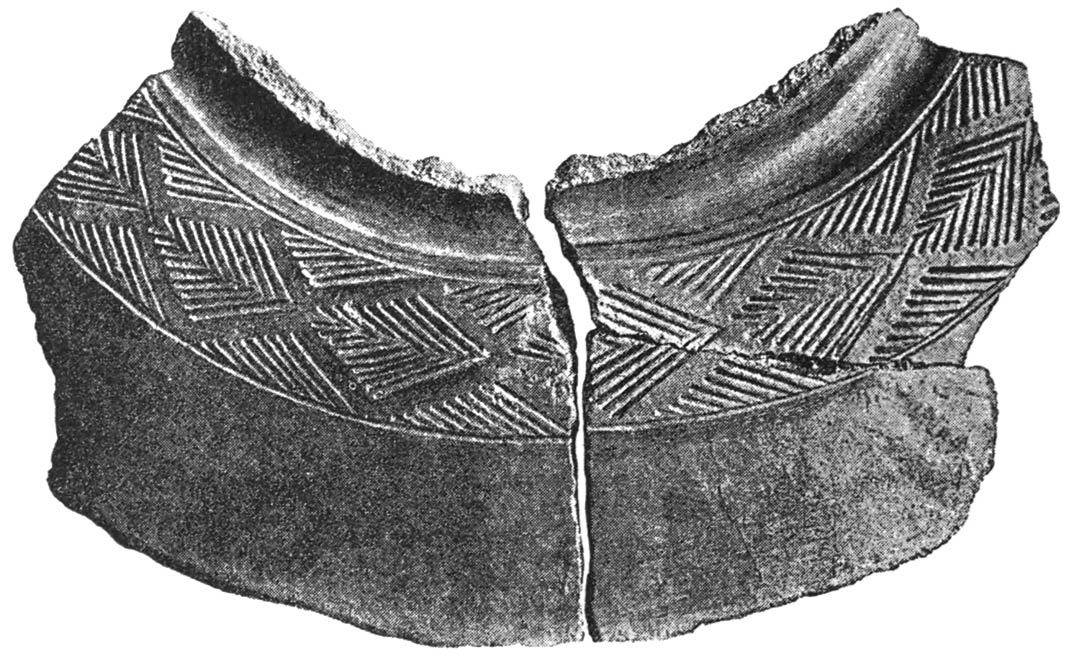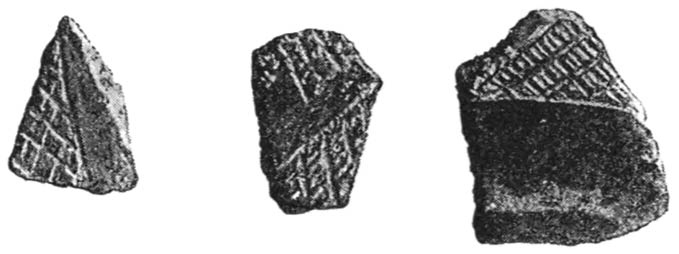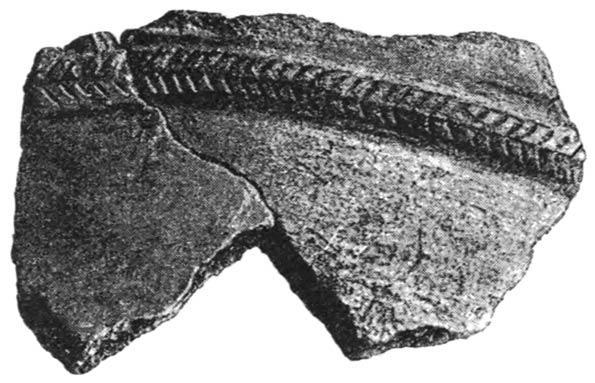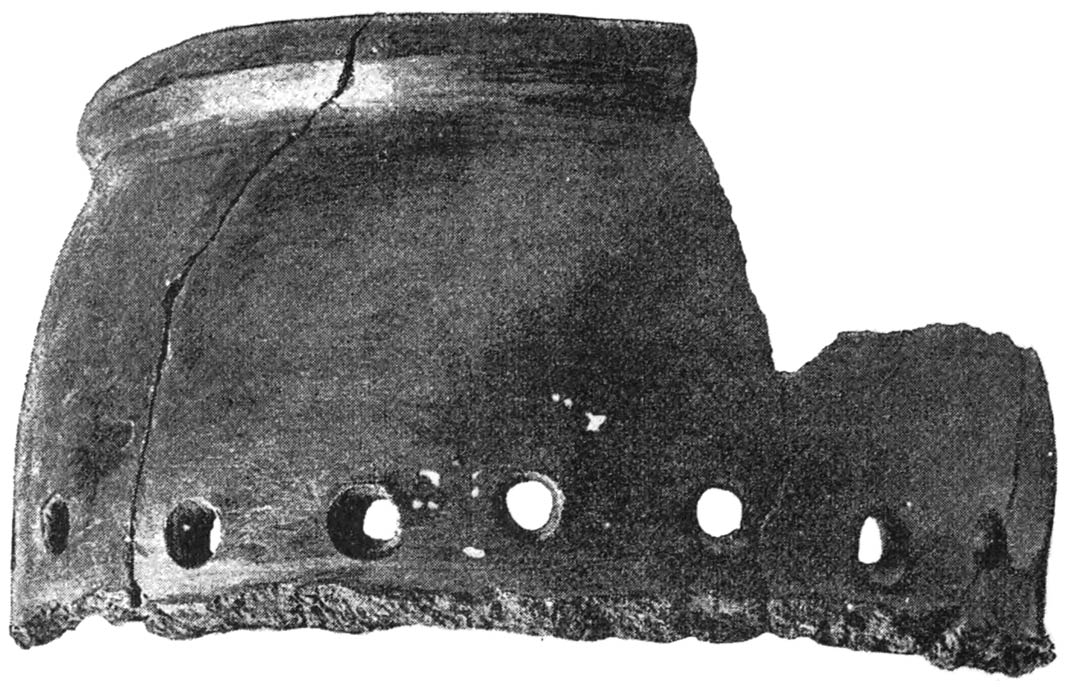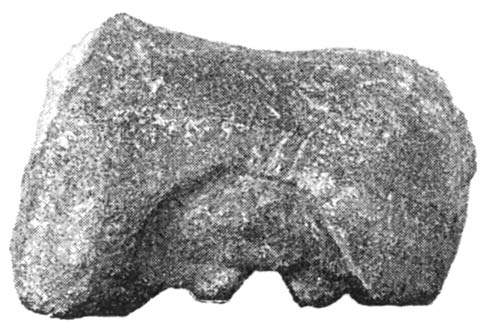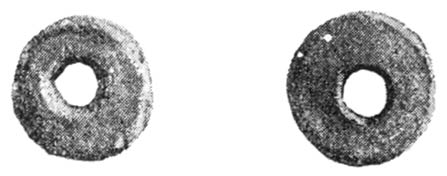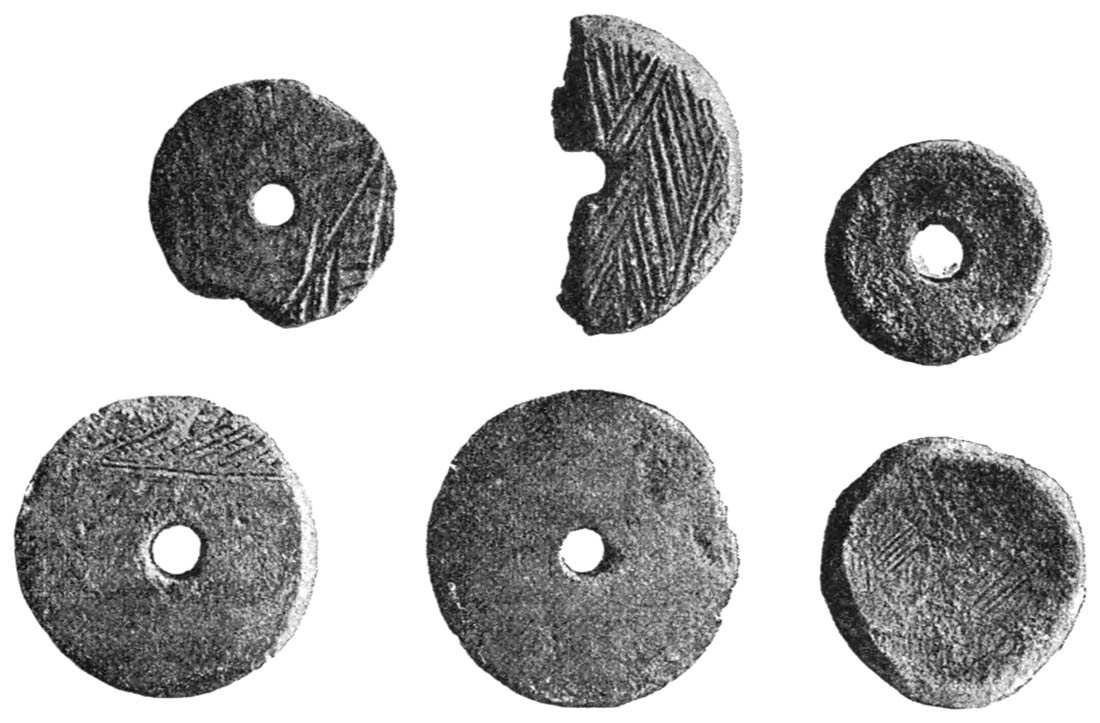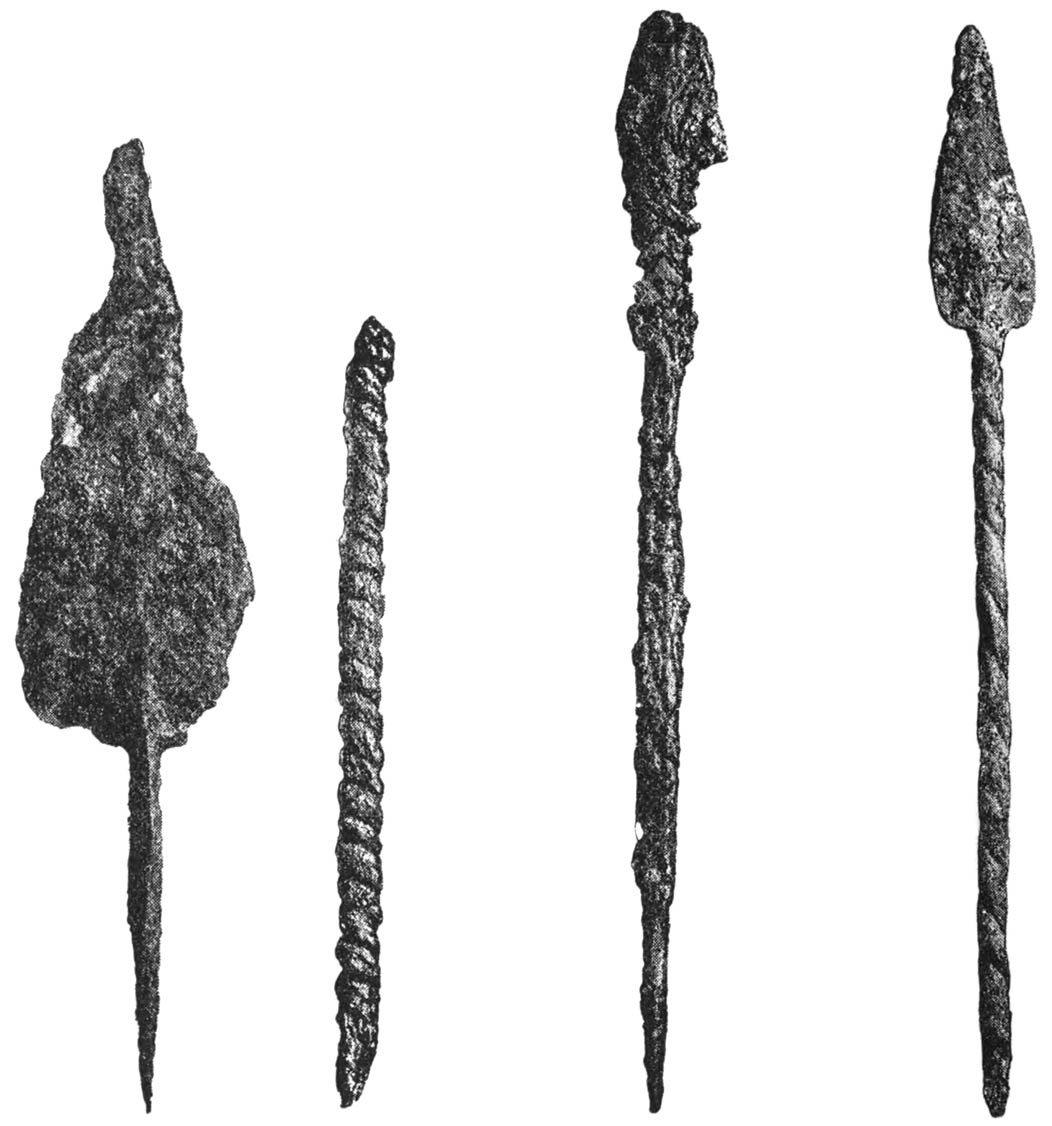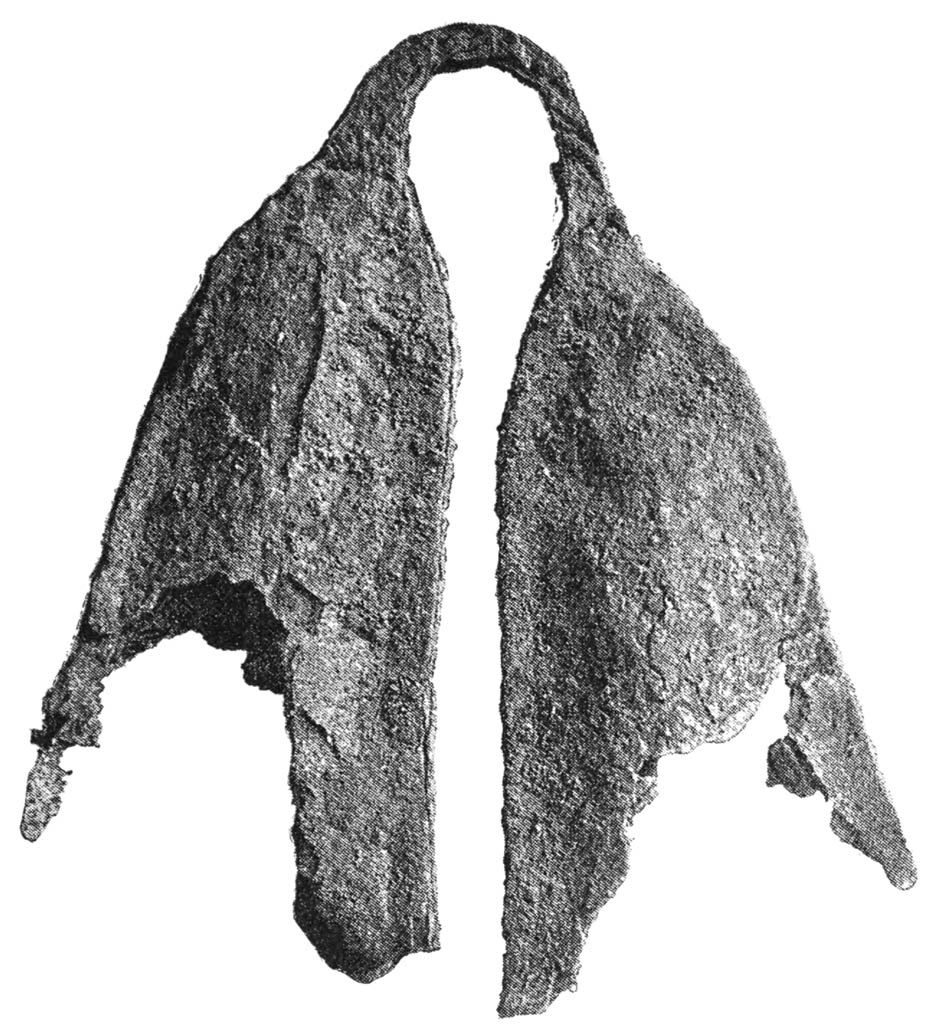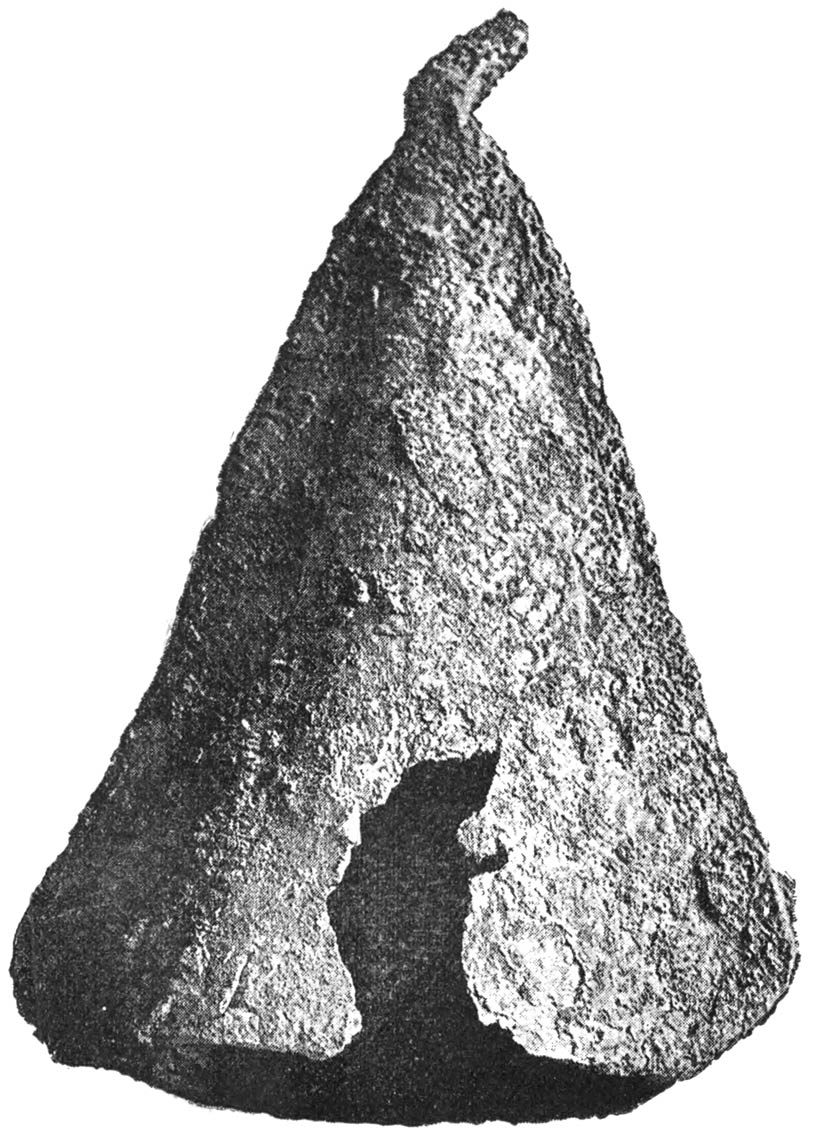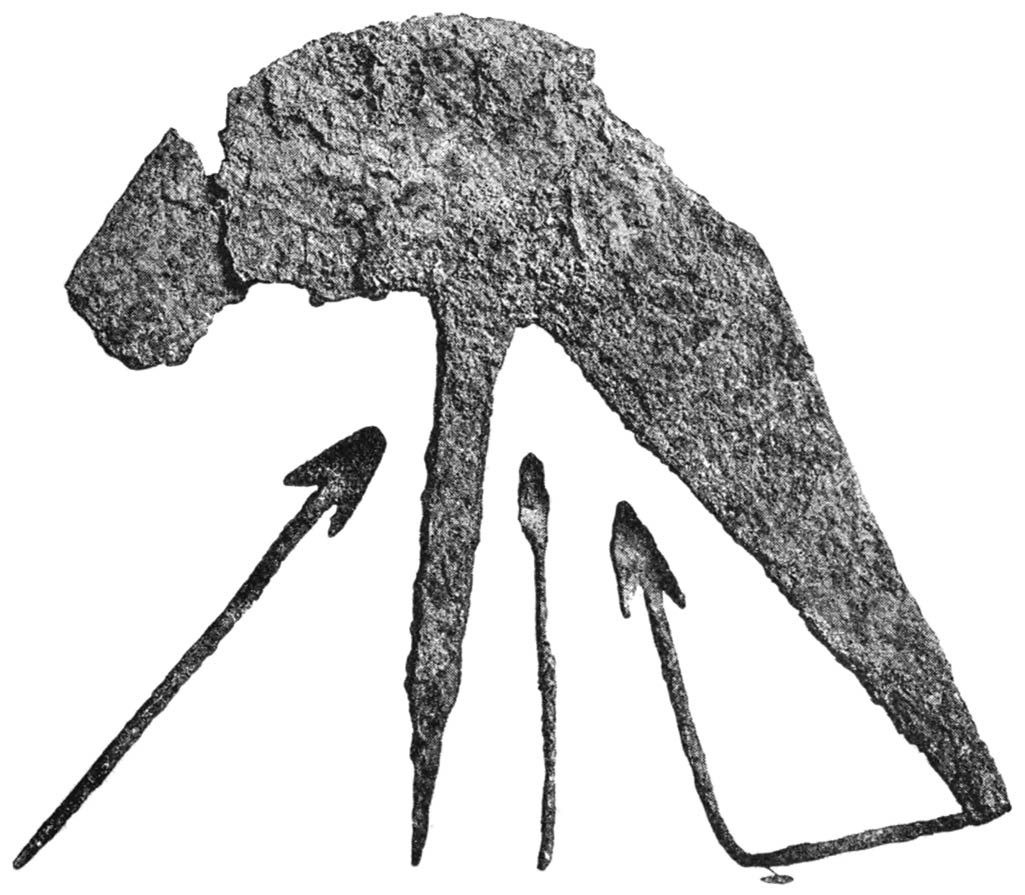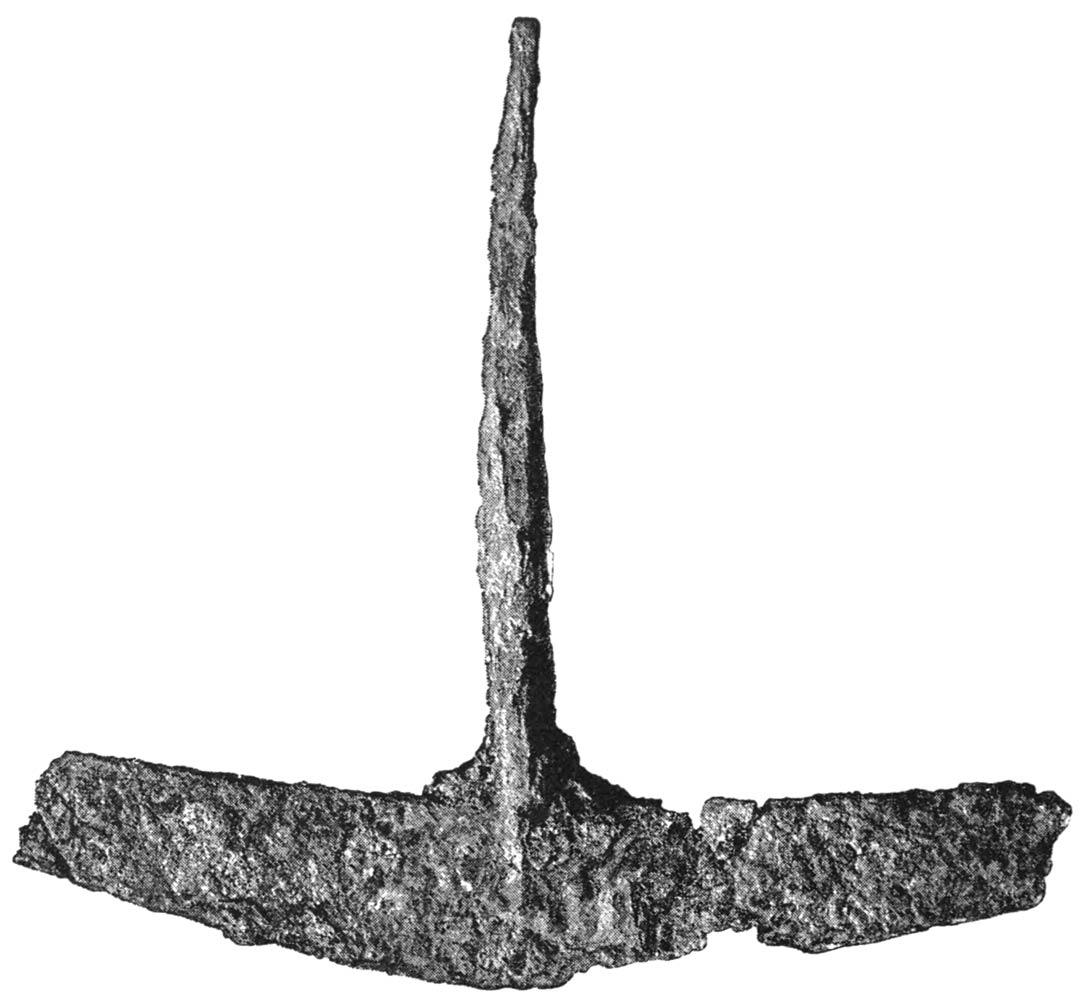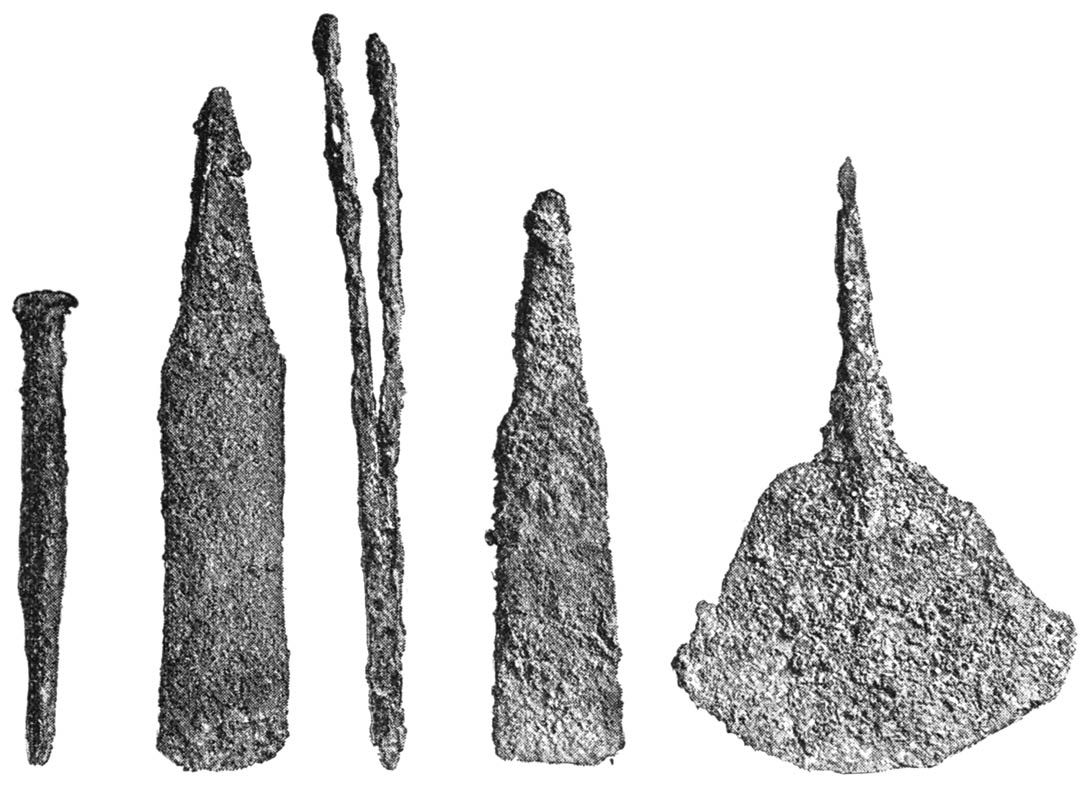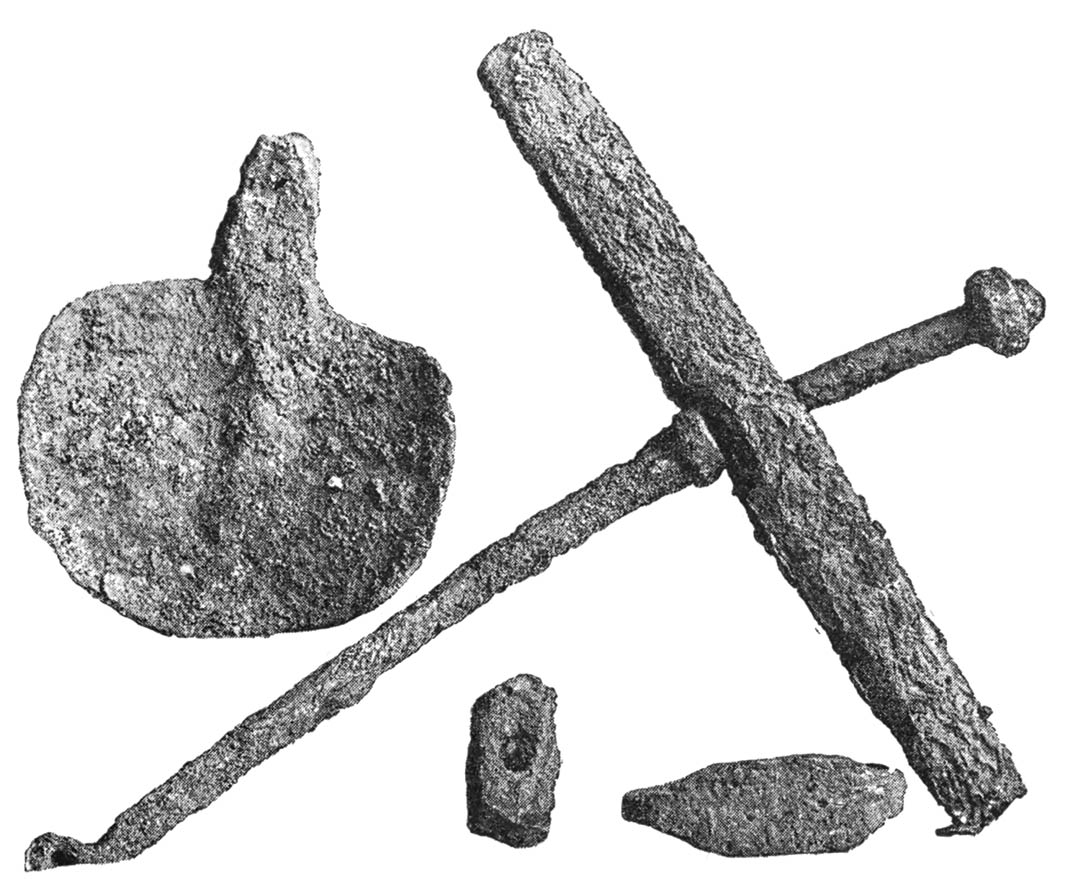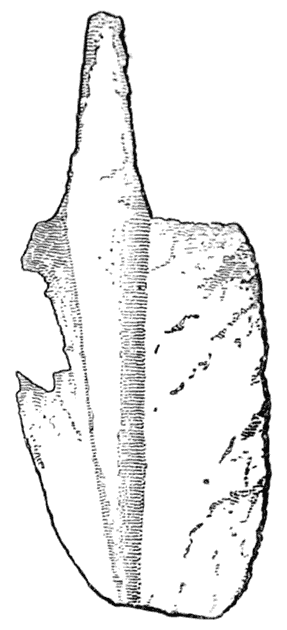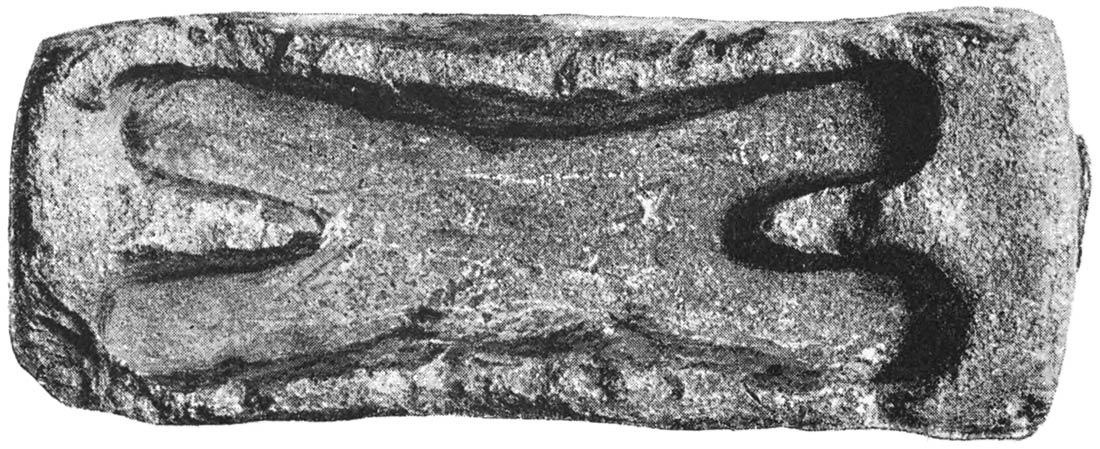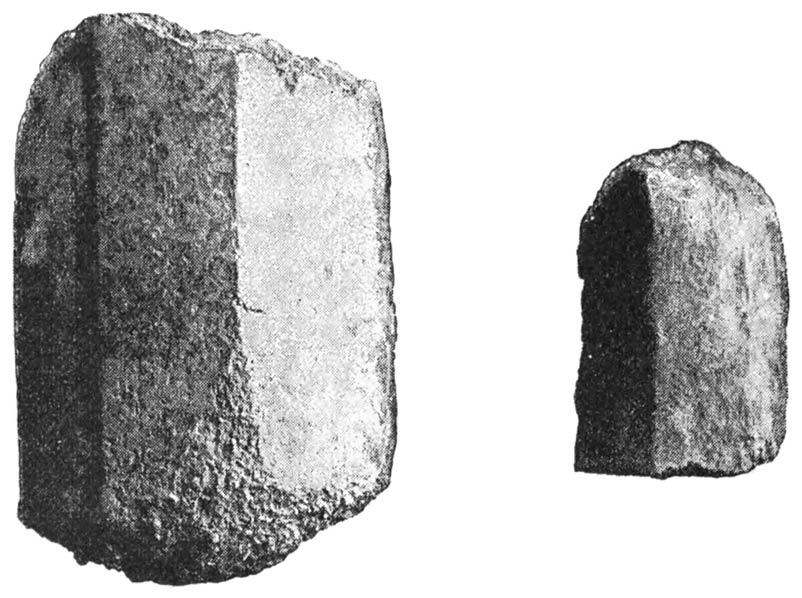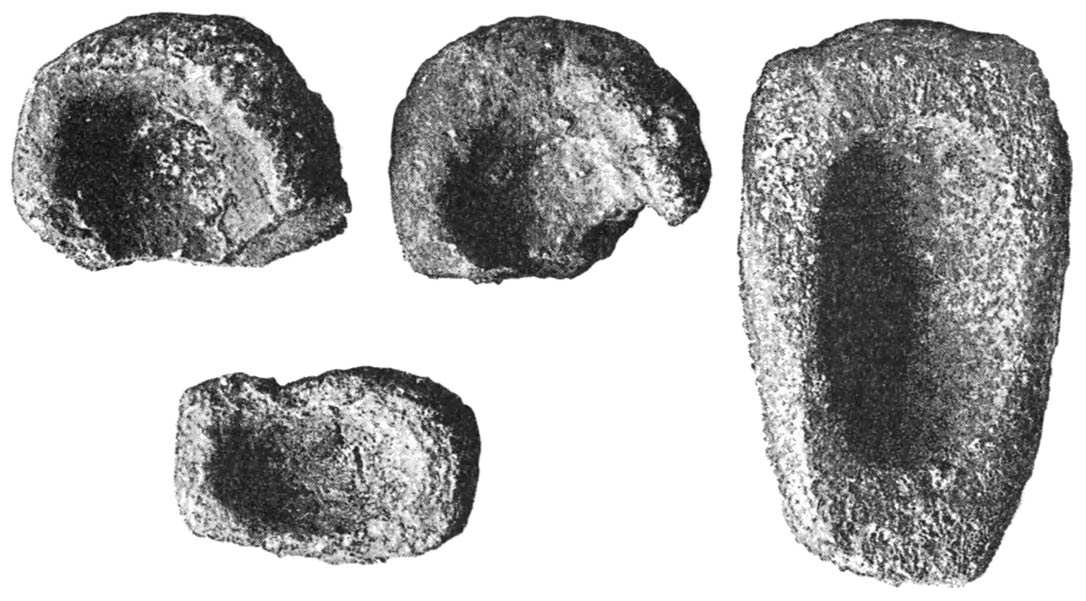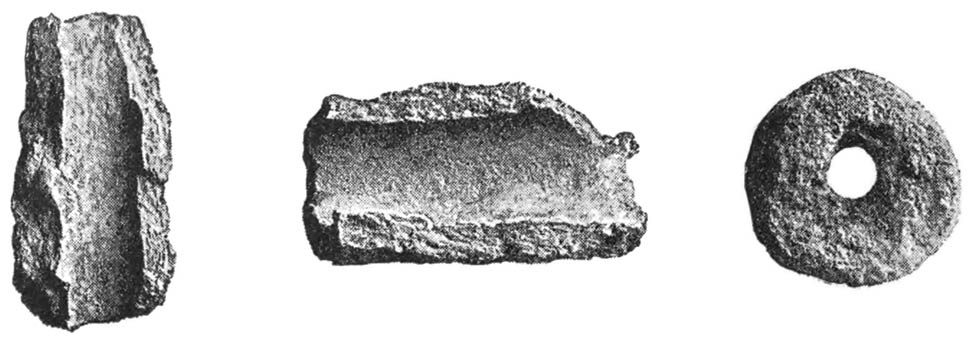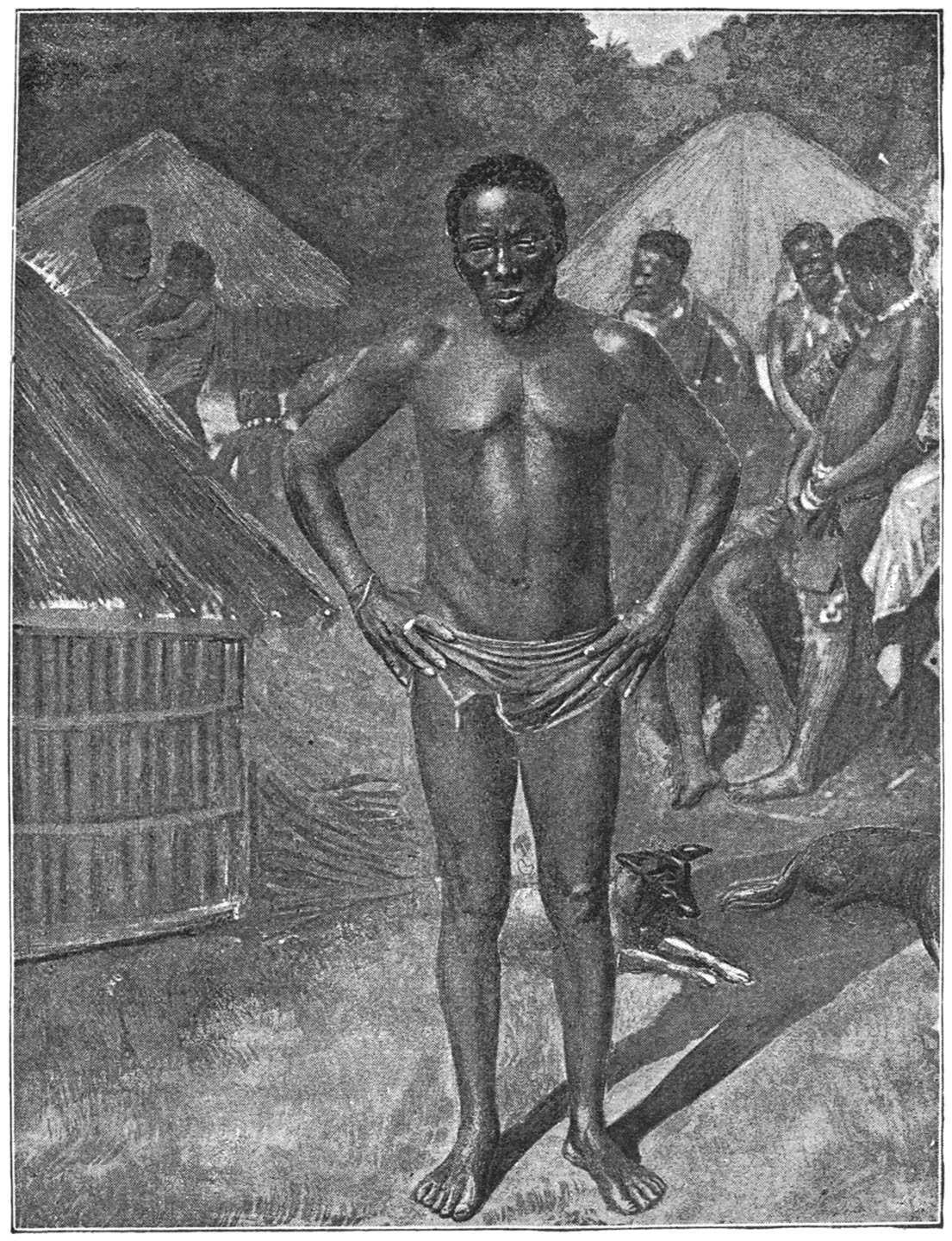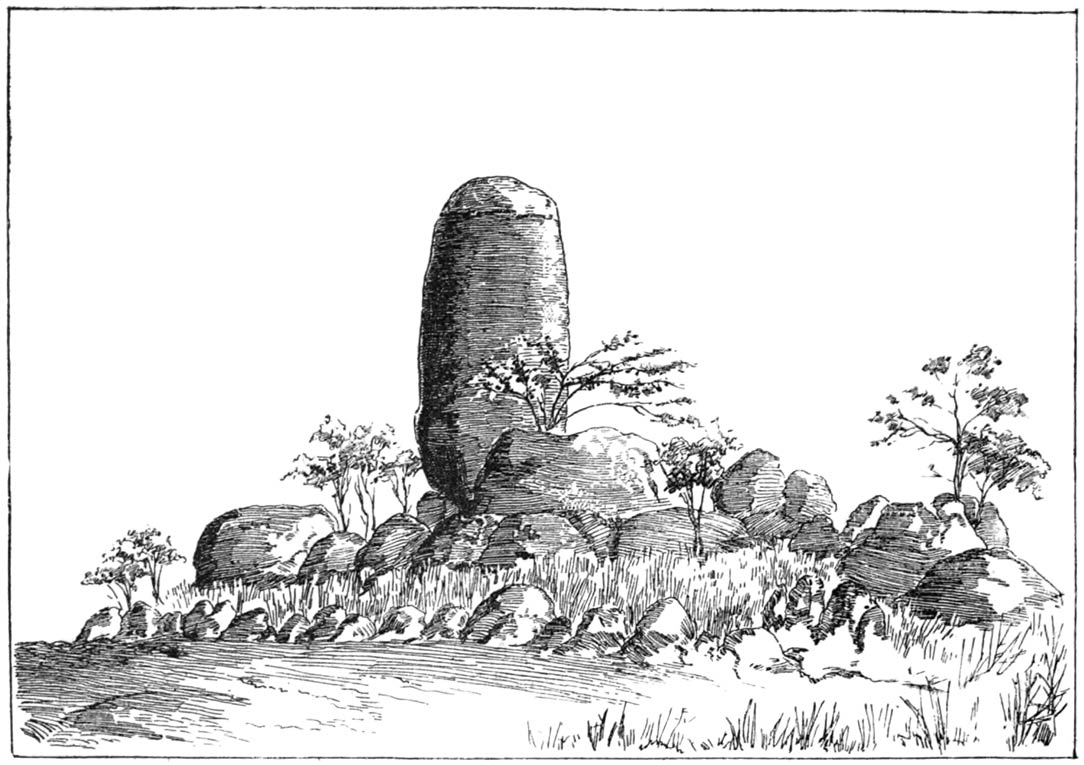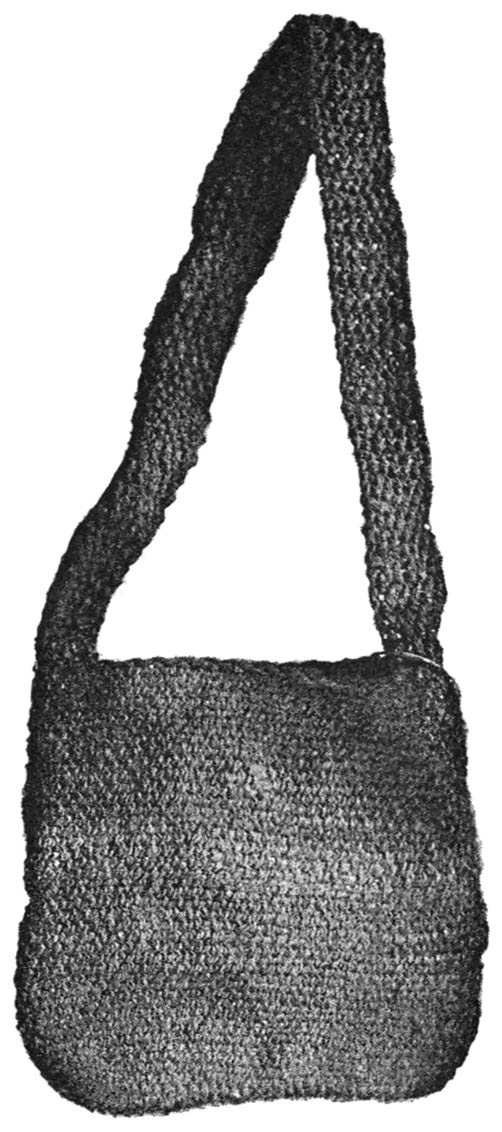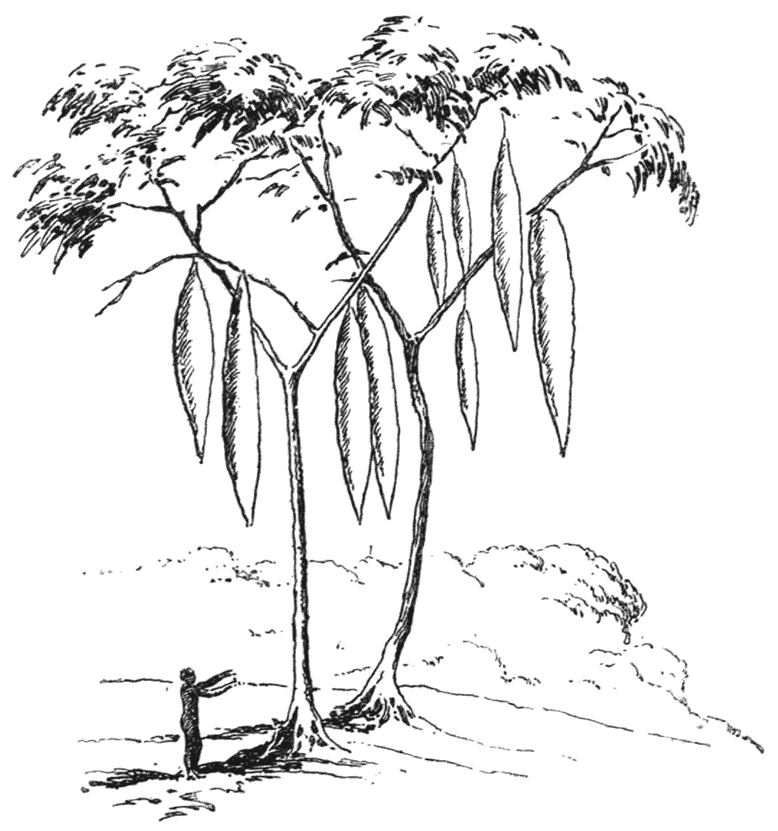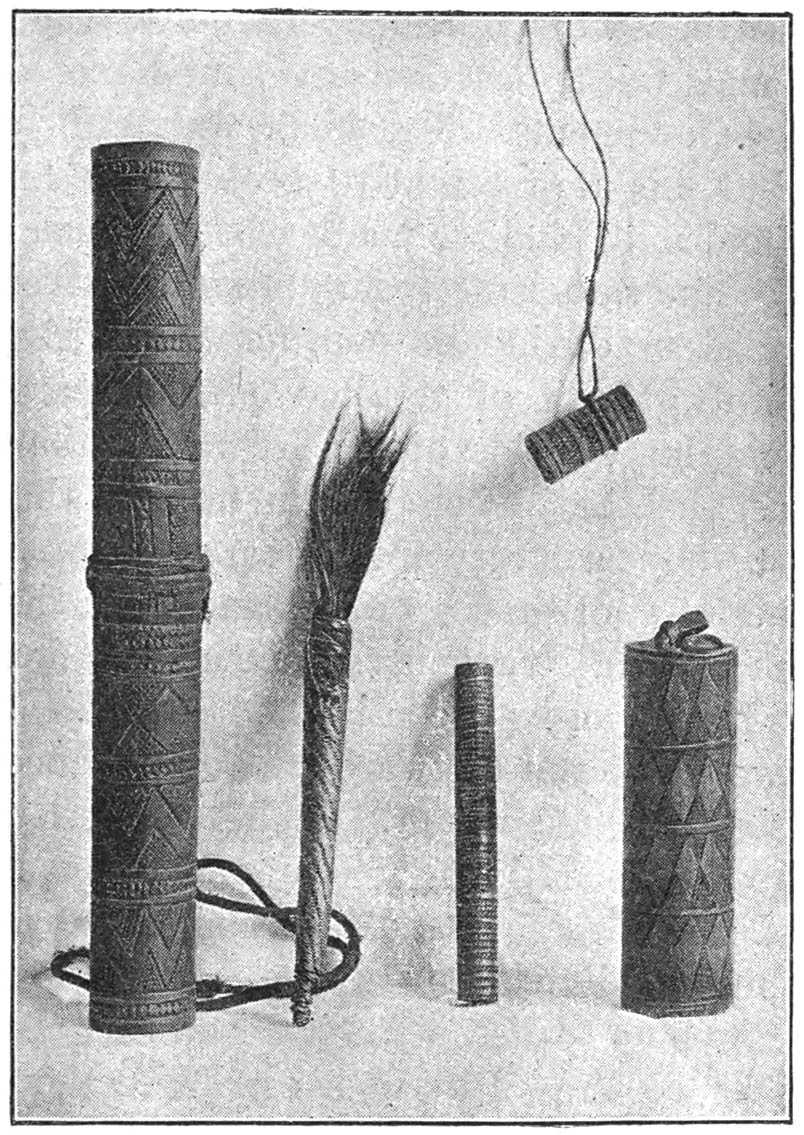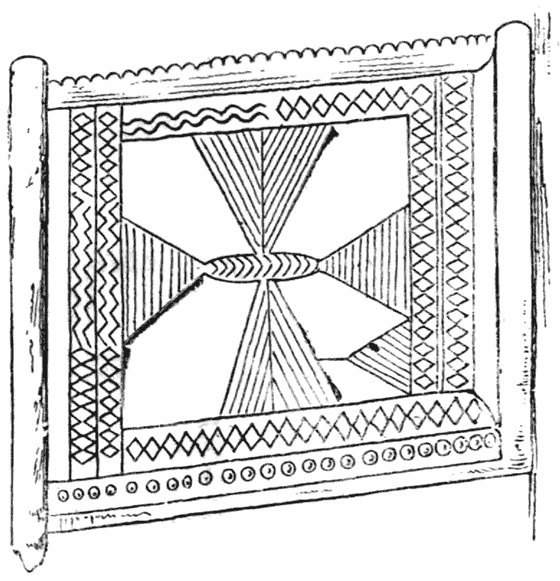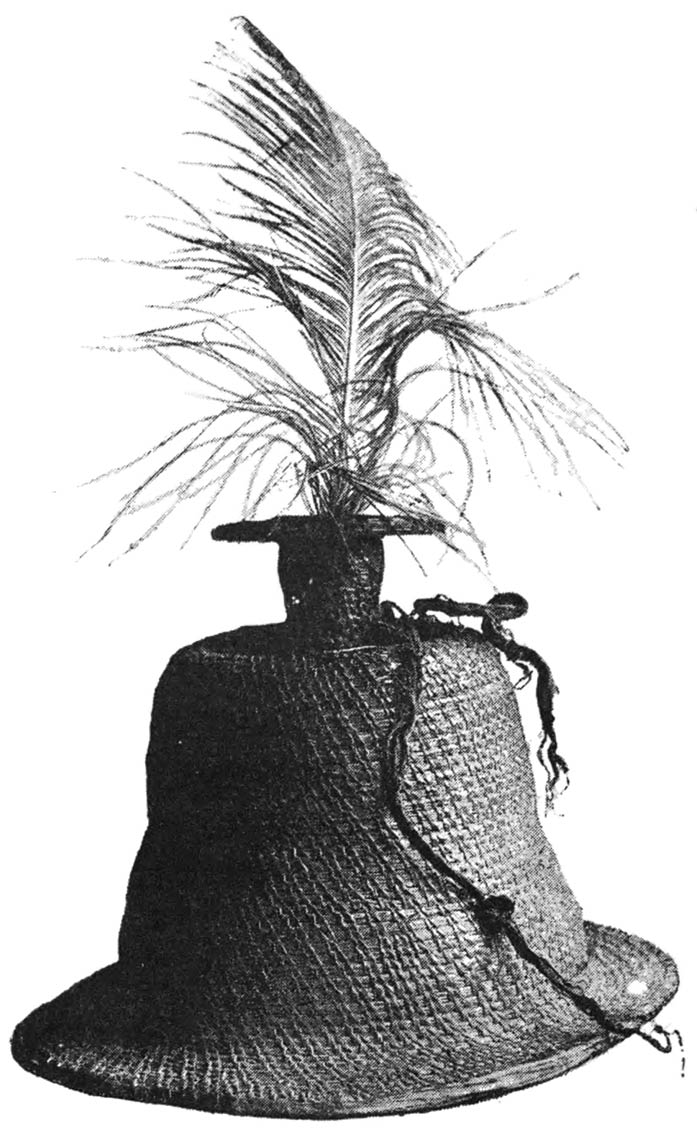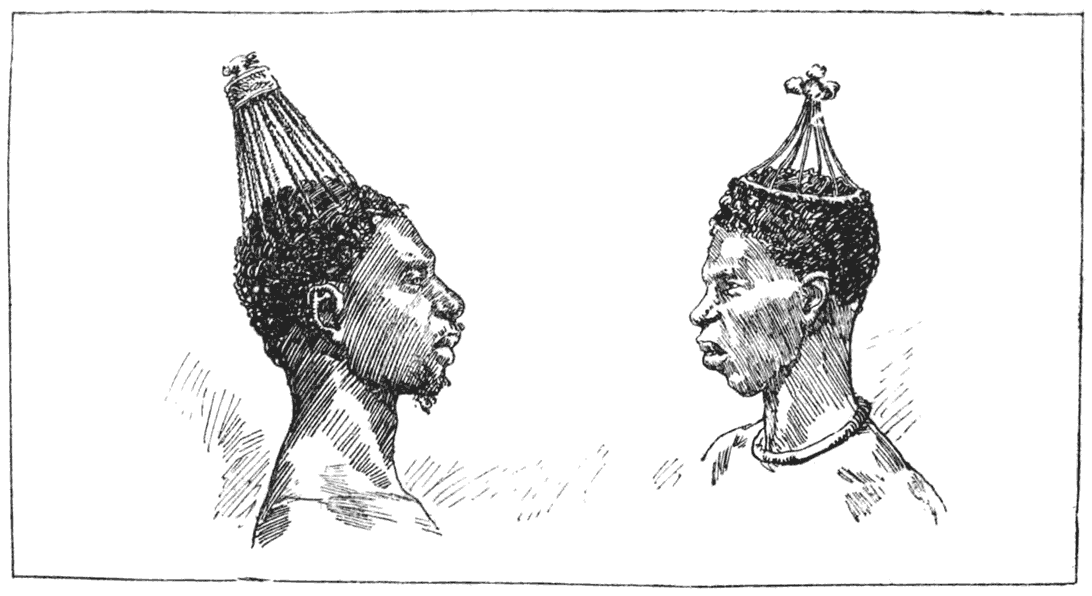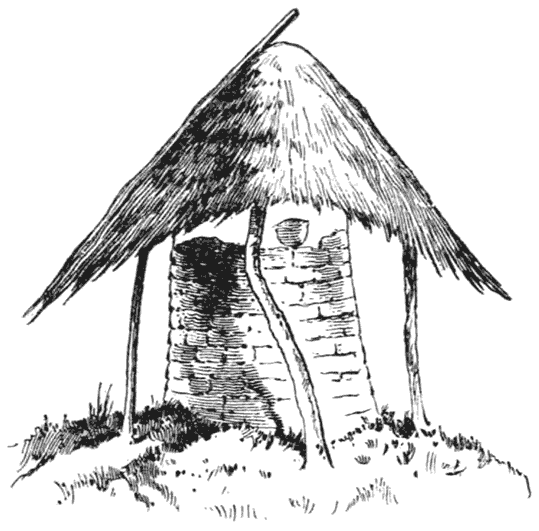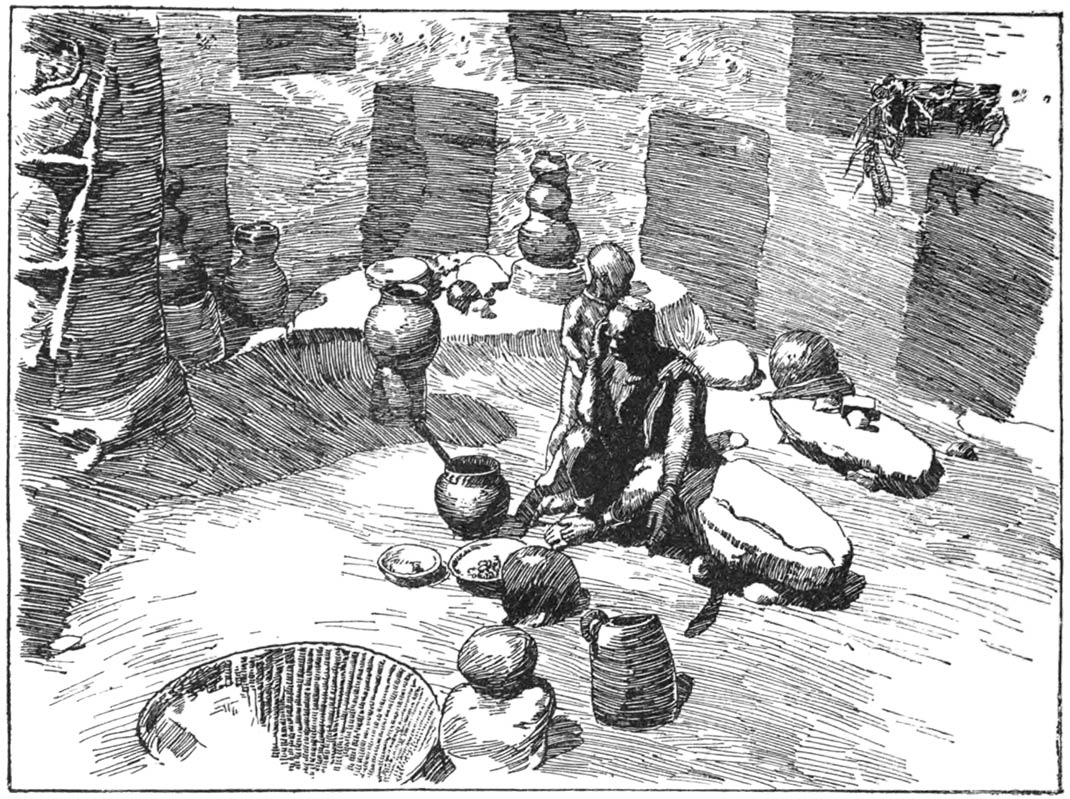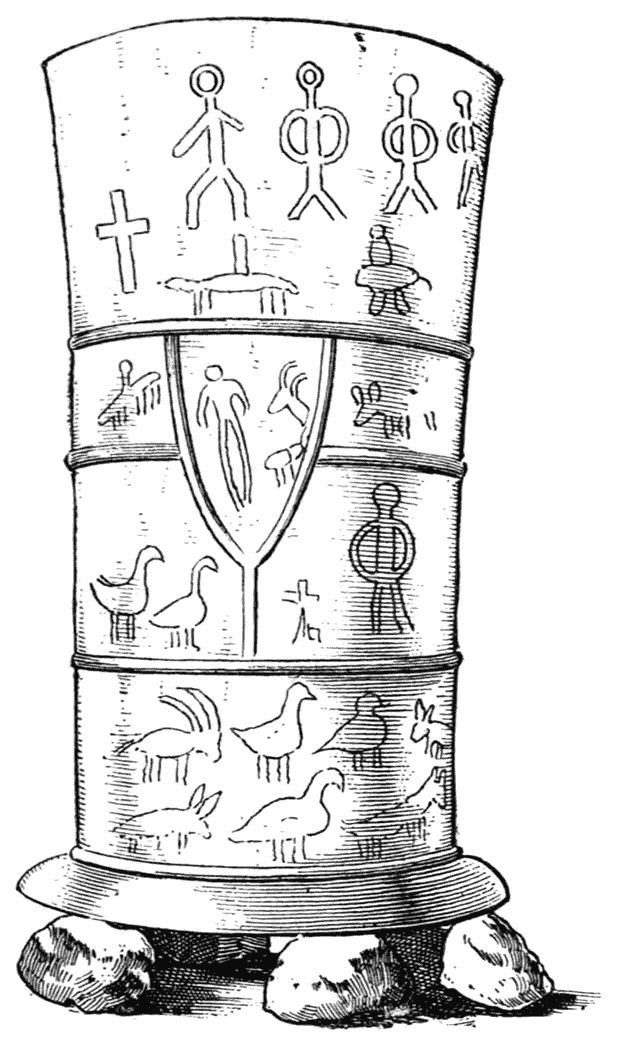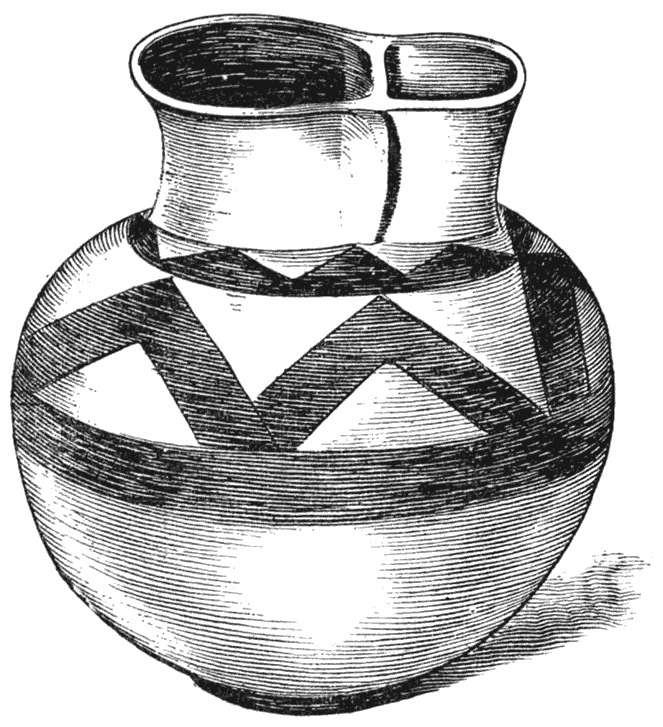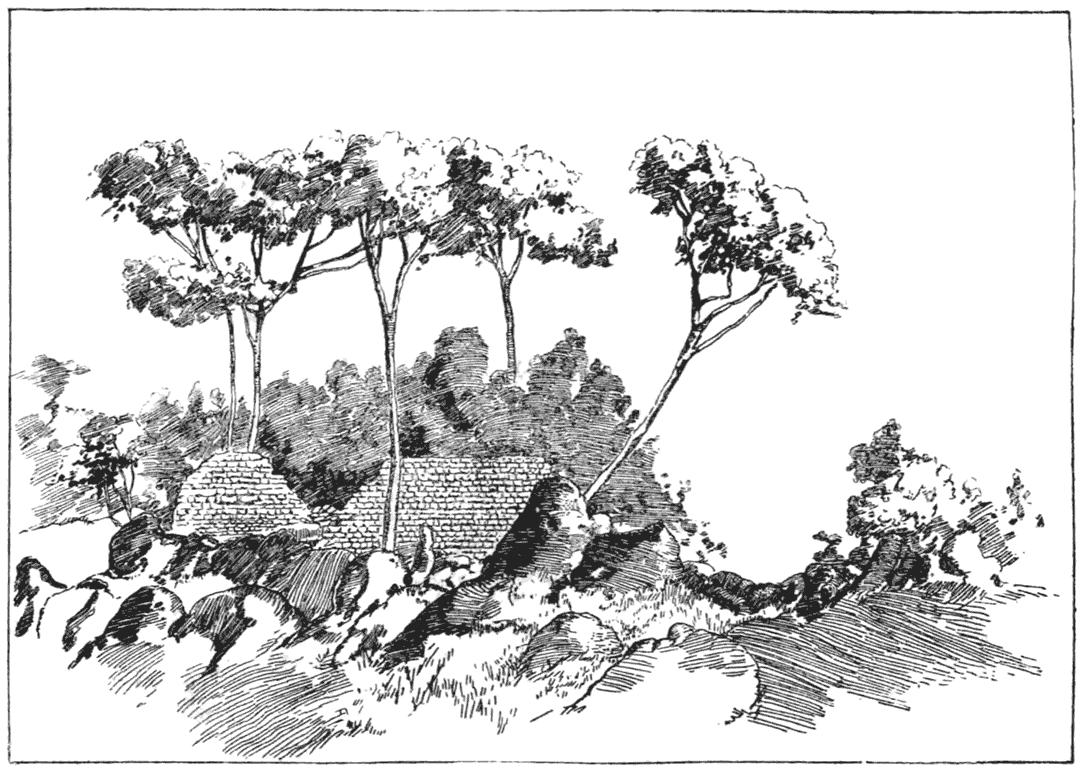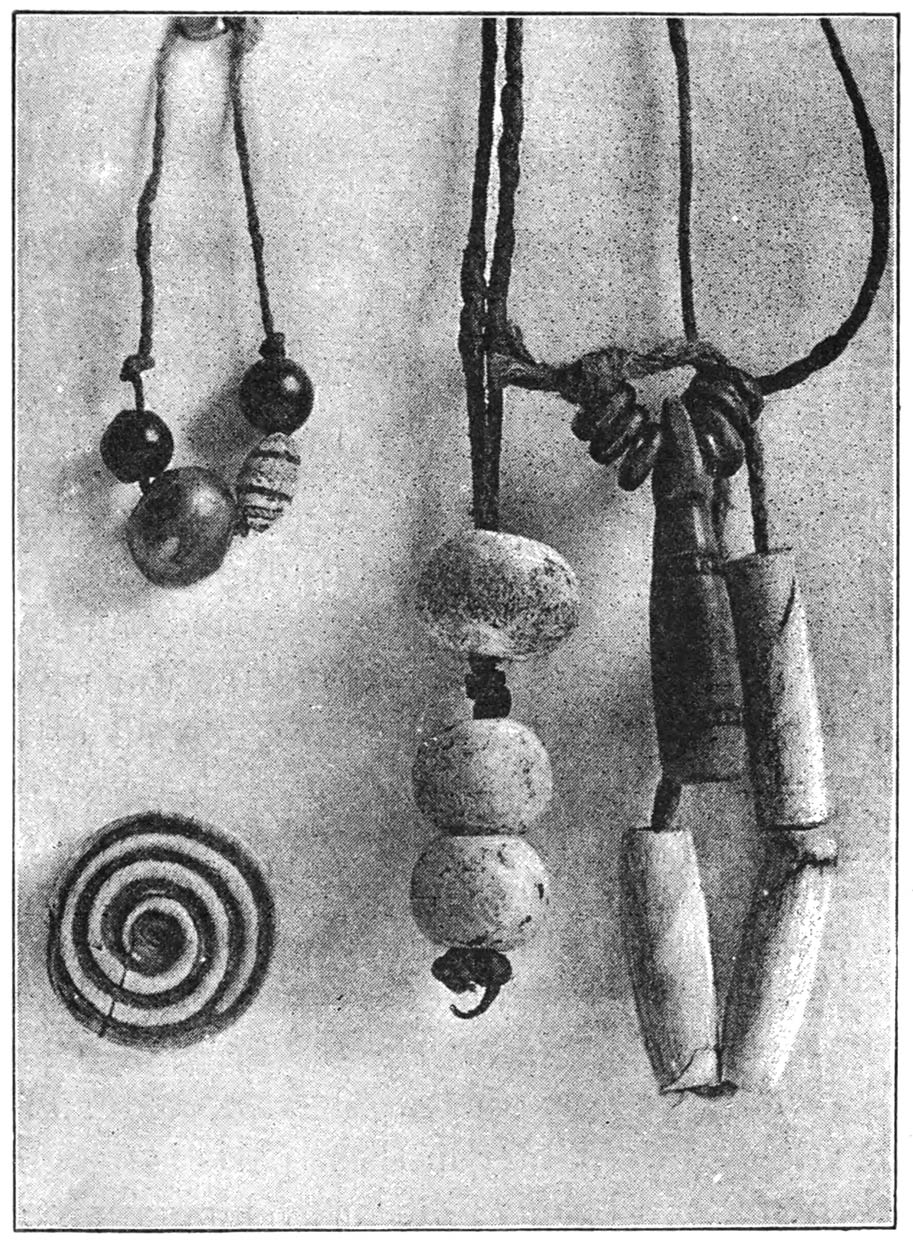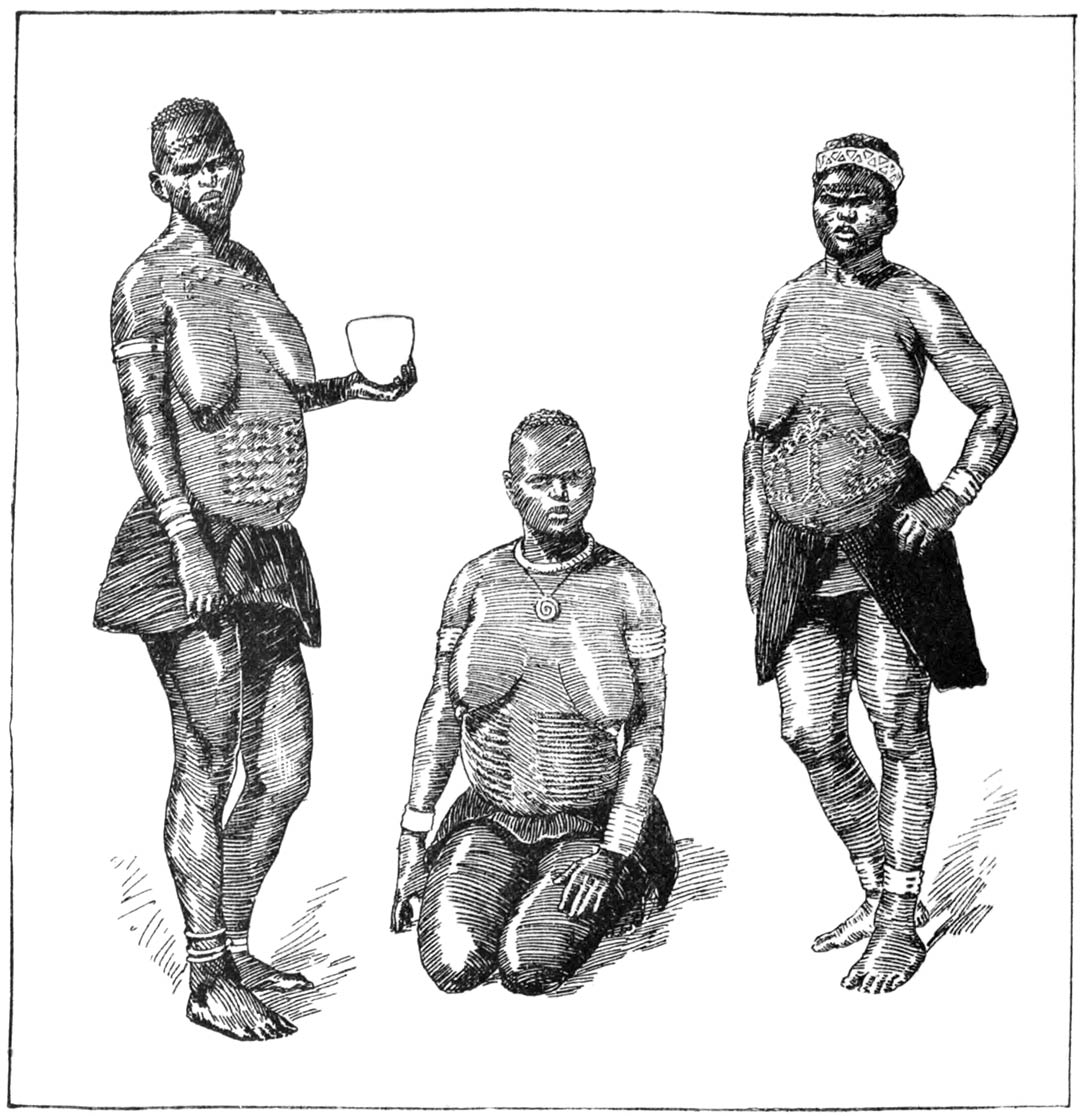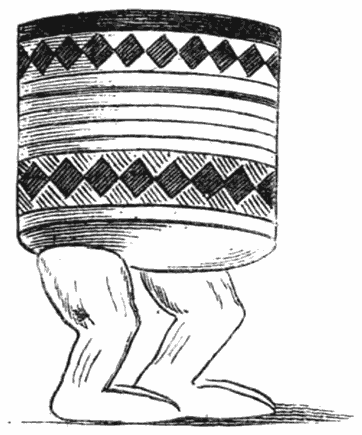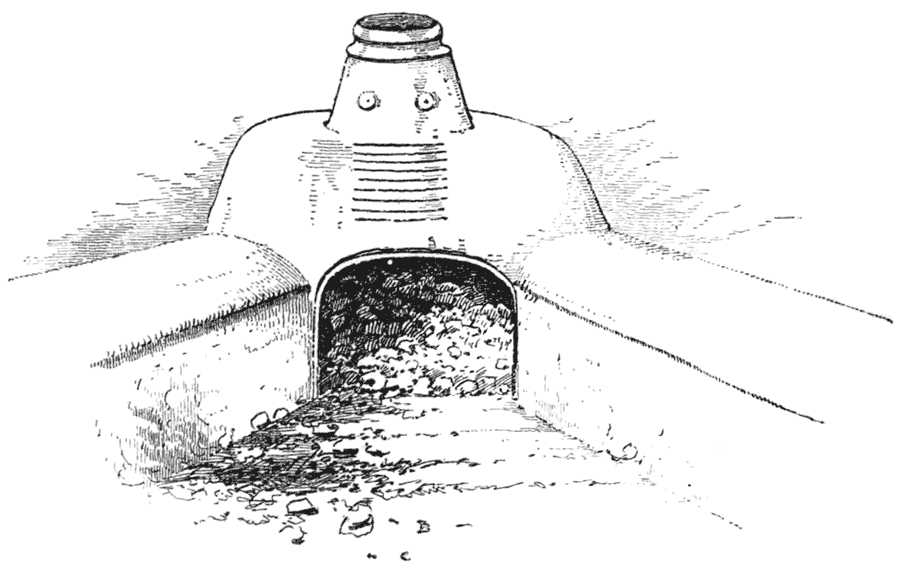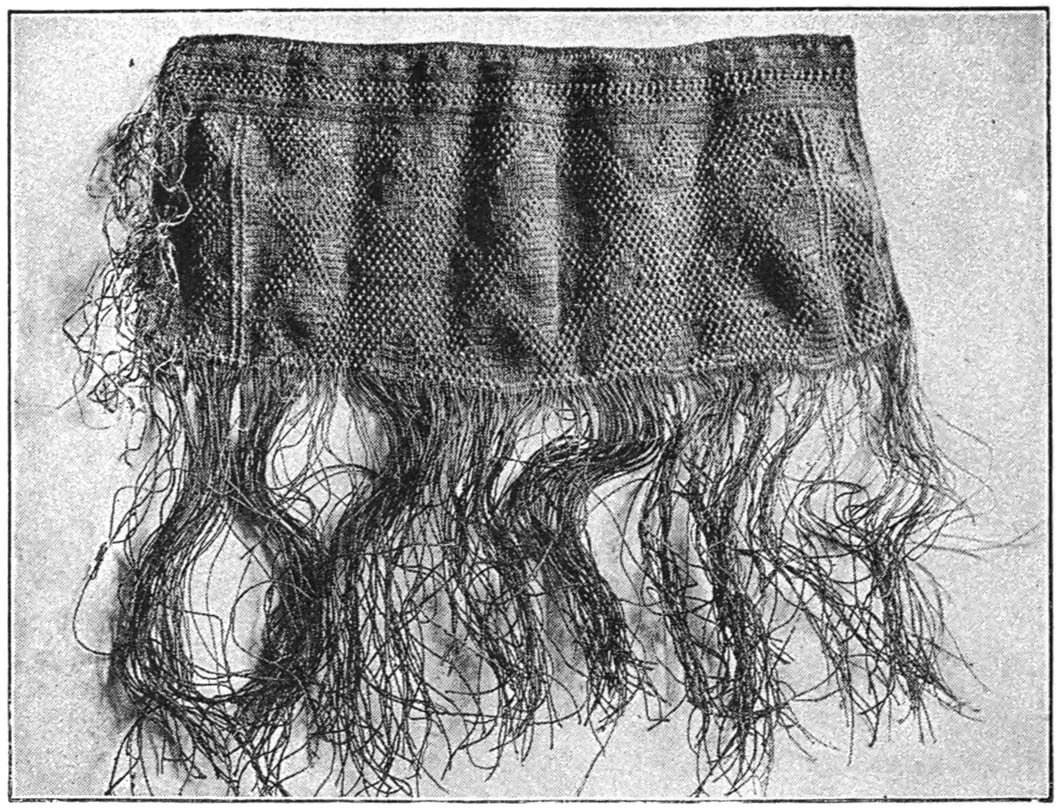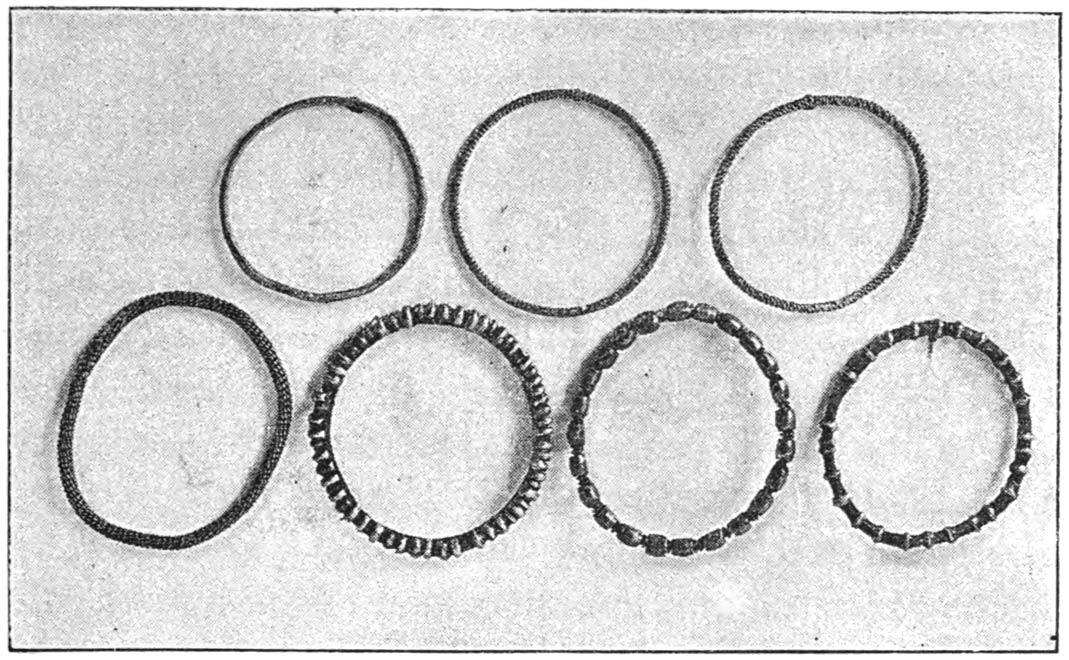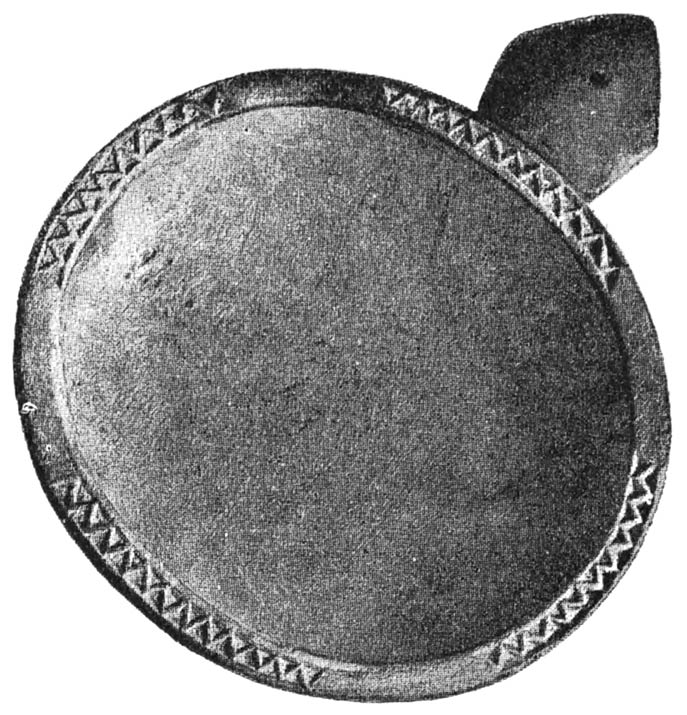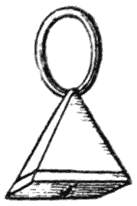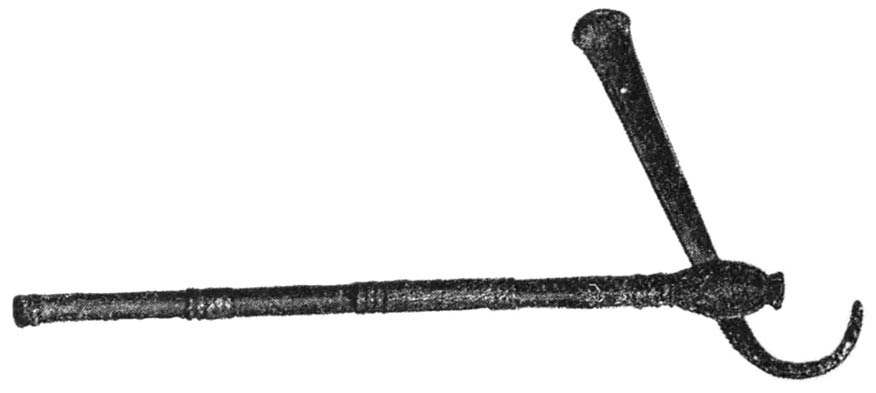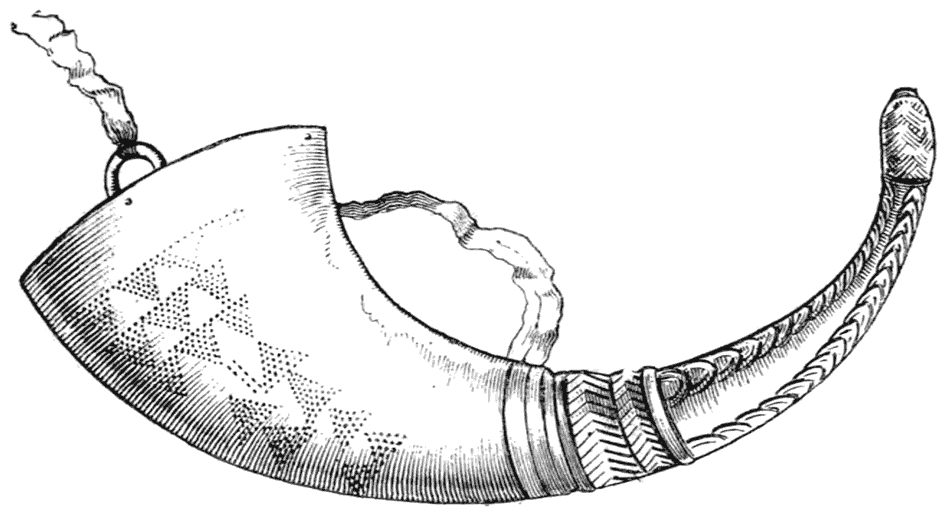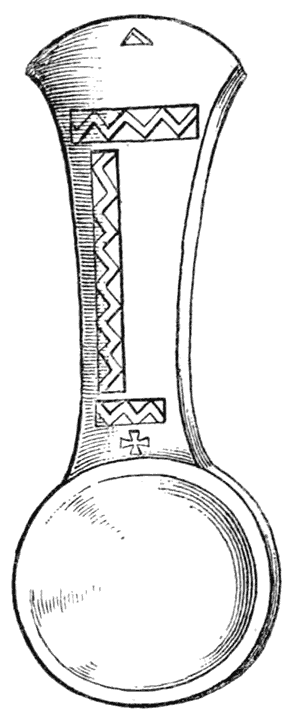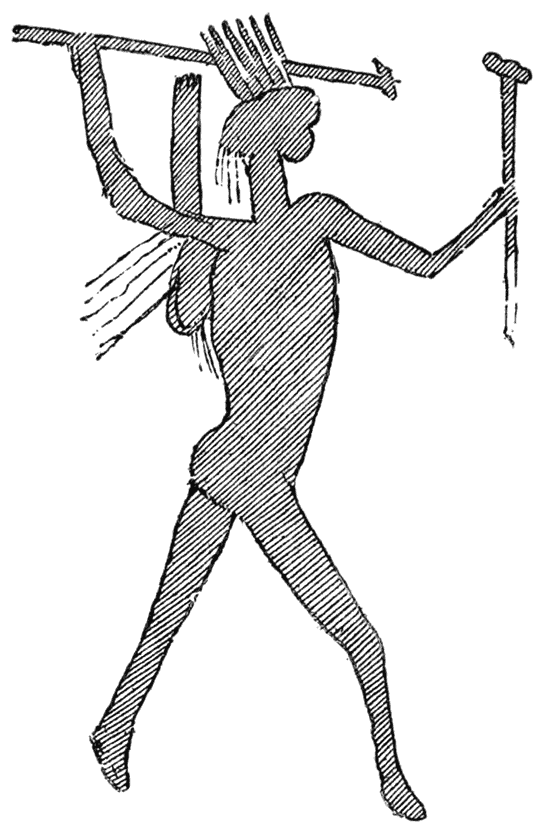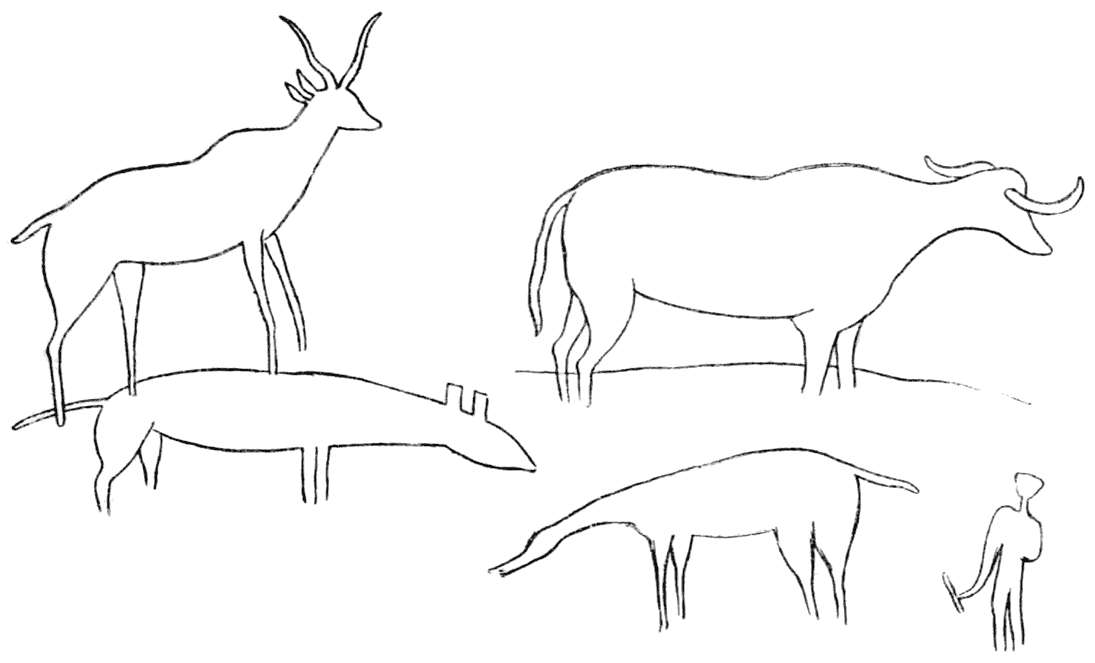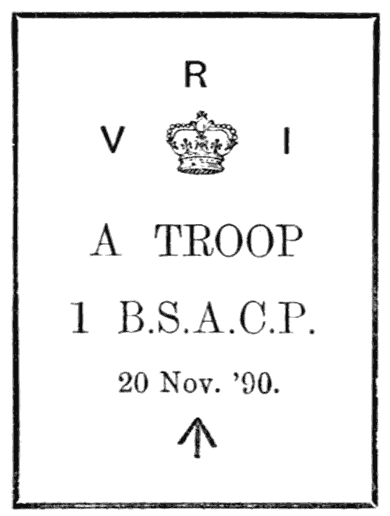
MASHONALAND

Wooden Platter found in a Cave about 10 Miles from Zimbabwe

OF
MASHONALAND
EXCAVATION AND EXPLORATION IN 1891
LONDON
LONGMANS, GREEN, AND CO.
AND NEW YORK: 15 EAST 16th STREET
1895
All rights reserved
BIBLIOGRAPHICAL NOTE.
First Edition, 8vo. November 1892; New and Cheaper Edition, with additional Appendix, crown 8vo. August 1893; Reprinted, with additions, January 1895. [vii]
PREFACE TO THE THIRD EDITION
Since the appearance of the second edition of this book I have received many communications about the Mashonaland ruins, considerable additional work in excavation has been done, and many more ruins have come to light as the country has been opened out. Of this material I have set down the chief points of interest.
Professor D. H. Müller.—Professor D. H. Müller, of Vienna, the great Austrian authority on Southern Arabian archæology, wrote to me on the subject, and kindly drew my attention to passages in his work on the towers and castles of South Arabia which bore on the question, and from which I now quote. Marib, the Mariaba of Greek and Roman geographers, was the capital of the old Sabæan kingdom of Southern Arabia, and celebrated more especially for its gigantic dam and irrigation system, the ruin of which was practically the ruin of the country. East-north-east of Marib, half an hour’s ride brings one to the great [viii]ruin called by the Arabs the Haram of Bilkis or the Queen of Sheba. It is an elliptical building with a circuit of 300 feet, and the plan given by the French traveller, M. Arnaud, shows a remarkable likeness to the great circular temple at Zimbabwe.
Again, the long inscription on this building is in two rows, and runs round a fourth of its circumference; this corresponds to the position of the two rows of chevron pattern which run round a fourth part of the temple at Zimbabwe. Furthermore, one half of the elliptical wall on the side of the inscription is well built and well preserved, whereas that on the opposite side is badly built and partly ruined. This is also the case in the Zimbabwe ruin, where all the care possible has been lavished on the side where the pattern and the round tower are, and the other portion has been either more roughly finished or constructed later by inferior workmen.
From the inscriptions on the building at Marib we learn that it was a temple dedicated to the goddess Almaqah. Professor Müller writes as follows:—
There is absolutely no doubt that the Haram of Bilkis is an old temple in which sacred inscriptions to the deities were set up on stylæ. The elliptically formed wall appears to have been always used in temple buildings; also at Sirwah, the Almaqah temple, which is decidedly very much older than the Haram of Bilkis, was also built in an oval form. Also these temples, as the inscriptions show, were dedicated to Almaqah. Arabian archæologists also identify Bilkis with Almaqah, and, therefore, make the temple of Almaqah into a female apartment (haram).
[ix]
From Hamdani, the Arabian geographer, we learn that Ialmaqah was the star Venus; for the star Venus is called in the Himyaritic tongue Ialmaqah or Almaq, ‘illuminating,’ and hence we see the curious connection arising between the original female goddess of the earlier star-worshipping Sabæans and the later myth of the wonderful Queen Bilkis, who was supposed to have constructed these buildings.
It seems to me highly probable that in the temple of Zimbabwe we have a Sabæan Almaqah temple; the points of comparison are so very strong, and there is furthermore a strong connection between the star-worshipping Sabæans and the temple with its points orientated to the sun, and built on such definite mathematical principles.
Professor Sayce called my attention to the fact that the elliptical form of temple and the construction on a system of curves is further paralleled by the curious temples at Malta, which all seemed to have been constructed on the same principle.
Mr. W. St. Chad Boscawen’s interesting communication to the preface of the second edition receives confirmation from details concerning the worship of Sopt at Saft-el-Henneh, published by Herr Brugsch in the Proceedings of Biblical Archæology. Sopt, he tells us, was the feudal god of the Arabian nome, the nome of Sopt. At Saft-el-Henneh this god is described upon the monuments as ‘Sopt the Spirit of the East, the Hawk, the Horus of the East’ (Naville’s ‘Goshen,’ p. 10), and as also connected with Tum, the rising [x]and setting sun (p. 13). M. Naville believes that this bird represents not the rising sun, but one of the planets, Venus, the morning star; that is to say, that Sopt was the herald of the sun, not the sun itself. Herr Brugsch, however, believes that it was really the god of the zodiacal light, the previous and the after glow. If M. Naville’s theory is correct, we have at once a strong connection between Almaqah, the Venus star of the Sabæans, and the goddess worshipped at Marib and probably at Zimbabwe, and the hawk of Sopt, the feudal god of the Arabian nome, which was closely connected with the worship of Hathor, ‘the queen of heaven and earth.’
Sir John Willoughby conducted further excavations at Zimbabwe, which lasted over a period of five weeks. He brought to light a great number of miscellaneous articles, but unfortunately none of the finds are different from those which we discovered. He obtained a number of crucibles, phalli, and bits of excellent pottery, fragments of soapstone bowls. One object only may be of interest, which he thus describes:—
This was a piece of copper about six inches in length, a quarter of an inch wide, and an eighth of an inch thick, covered with a green substance (whether enamel, paint, or lacquer, I am unable to determine), and inlaid with one of the triangular Zimbabwe designs. It was buried some five feet below the surface, almost in contact with the east side of the wall itself.
Sir John also found some very fine pieces of [xi]pottery which would not disgrace a classical period in Greece or Egypt. Furthermore, he made it abundantly clear that the buildings are of many different periods, for they show more recent walls superposed on older ones.
Mr. R. W. M. Swan, who was with us on our expedition as cartographer and surveyor, has this year returned to Mashonaland, and has visited and taken the plans of no less than thirteen sets of ruins of minor importance, but of the same period as Zimbabwe, on his way up from the Limpopo river to Fort Victoria. The results of these investigations have been eminently satisfactory, and in every case confirming the theory of the construction of the great Zimbabwe temple.
At the junction of the Lotsani river with the Limpopo he found two sets of ruins and several shapeless masses of stones, not far from a well-known spot where the Limpopo is fordable. Both of these are of the same workmanship as the Zimbabwe buildings, though not quite so carefully constructed as the big temple; the courses are regular, and the battering back of each successive course and the rounding of the ends of the walls are very cleverly done. The walls are built of the same kind of granite and with holes at the doorways for stakes as at Zimbabwe. But what is most important, Mr. Swan ascertained that the length of the radius of the curves of which they are built is equal to the diameter of the Lundi temple or the circumference of the great round tower [xii]at Zimbabwe. He then proceeded to orientate the temple, and as the sun was nearly setting he sat on the centre of the arc, and was delighted to find that the sun descended nearly in a line with the main doorway; and as it was only seventeen days past the winter solstice, on allowing for the difference in the sun’s declination for that time, he found that a line from the centre of the arc through the middle of the doorway pointed exactly to the sun’s centre when it set at the winter solstice. The orientation of the other ruin he found was also to the setting sun. ‘This,’ writes Mr. Swan, ‘places our theories regarding orientation and geometrical construction beyond a doubt.’
Continuing his journey northwards, Mr. Swan found two sets of ruins in the Lipokole hills, four near Semalali, and one actually 300 yards from the mess-room of the Bechuanaland Border Police at Macloutsie camp. Owing to stress of time Mr. Swan was not able to visit all the ruins that he heard of in this locality, but he was able to fix the radii of two curves at the Macloutsie ruin, and four curves at those near Semalali, and he found them all constructed on the system used at Zimbabwe. The two ruins on the Lipokole hills he found to be fortresses only, and not built on the plan of the temples. The temples consist generally of two curves only, and are of half-moon shape, and seem never to have been complete enclosures; they are all built of rough stone, for no good stone is obtainable, yet the curves [xiii]are extremely well executed, and are generally true in their whole length to within one or two inches.
Further up country, on the ’Msingwani river, Mr. Swan found seven sets of ruins, three of which were built during the best period of Zimbabwe work. He measured three of the curves here, and found them to agree precisely with the curve system used in the construction of the round temple at Zimbabwe, and all of them were laid off with wonderful accuracy.
Another important piece of work done by Mr. Swan on his way up to Fort Victoria was to take accurate measurements of the small circular temple about 200 yards from the Lundi river. This we had visited on our way up; but as we had not then formed any theory with regard to the construction of these buildings, we did not measure the building with sufficient accuracy to be quite sure of our data.
With regard to this ruin, Mr. Swan writes:—
One door is to the north and the other 128° and a fraction from it; so that the line from the centre to the sun rising at mid-winter bisects the arc between the doorways. If one could measure the circumference of this arc with sufficient accuracy, we could deduce the obliquity of the ecliptic when the temple was built. I made an attempt, and arrived at about 2000 B.C.; but really it is impossible to measure with sufficient accuracy to arrive at anything definite by this method, although from it we may get useful corroborative evidence.
From this mass of fresh evidence as to the curves and orientation of the Mashonaland ruins we may [xiv]safely consider that the builders of these mysterious structures were well versed in geometry, and studied carefully the heavens. Beyond this nothing, of course, can really be proved until an enormous amount of careful study has been devoted to the subject. It is, however, very valuable confirmatory evidence when taken with the other points, that the builders were of a Semitic race and of Arabian origin, and quite excludes the possibility of any negroid race having had more to do with their construction than as the slaves of a race of higher cultivation; for it is a well-accepted fact that the negroid brain never could be capable of taking the initiative in work of such intricate nature.
Mr. Cecil Rhodes also had another excavation done outside the walls of the great circular ruin, and the soil carefully sifted. In it were discovered a large number of gold beads, gold in thin sheets, and 2½ ounces of small and beautifully made gold tacks; also a fragment of wood about the tenth of an inch square, covered with a brown colouring matter and a gilt herring-bone pattern.
Mr. Swan thus describes these finds:—
Very many gold beads have been found; also leaf gold and wedge-shaped tacks of gold for fixing it on wood. Finely twisted gold wire and bits of gilt pottery, also some silver. The pottery is the most interesting; it is very thin, only about one-fifteenth of an inch thick, and had been coated with some pigment, on which the gilt is laid. On the last fragment found the gilding is in waving lines, but on a former piece there is a herring-bone pattern. The work is [xv]so fine that to see it easily one has to use a magnifying glass. The most remarkable point about the gold ornaments is the quantity in which they are found. Almost every panful of stuff taken from anywhere about the ruins will show some gold. Just at the fountain the ground is particularly rich. I have tested some of the things from Zimbabwe, and, in addition to gold, find alloy of silver and copper, and gold and silver.
One of the most interesting of the later finds in Mashonaland is a wooden platter found in a cave about 10 miles distant from Zimbabwe, a reproduction of which forms the frontispiece to this edition. Mr. Noble, clerk of the Cape Houses of Parliament, to whom I am indebted for the photograph of this object, thus describes it:—
In the centre of the dish, which is about 38 inches in circumference, there is carved the figure of a crocodile (which was probably regarded as a sacred animal) or an Egyptian turtle, and on the rim of the plate is a very primitive representation of the zodiacal characters, such as Aquarius, Pisces, Cancer, Sagittarius, Gemini, as well as Taurus and Scorpio. Besides these there occur the figures of the sun and moon, a group of three stars, a triangle, and four slabs with triangular punctures (two of them being in reversed positions), all carved in relief, and displaying the same rude style of art which marked the decorated bowl found by Mr. Bent in the temple at Zimbabwe. A portion of the rim of the plate has been eroded by insects, probably from resting on damp ground. Altogether, the relic presents to the eye an unquestionable specimen of rare archaism, which has been remarkably preserved through many centuries, probably dating back even before the Christian era. Previous observation [xvi]and measurements of Zimbabwe, by Mr. R. Swan, established the presumption that the builders of it used astronomical methods and observed the zodiacal and other stars; and this plate shows that the ancient people, whether Phœnician, Sabæan, or Mineans—all of Arabian origin—were familiar with the stellar grouping and signs said to have been first developed by the Chaldeans and dwellers in Mesopotamia.
Another interesting find in connection with this early civilisation is a Roman coin of the Emperor Antoninus Pius (A.D. 138); it was found in an ancient shaft near Umtali at a depth of 70 feet, and forms a valuable link in the chain of evidence as to the antiquity of the gold mines in Mashonaland.
Concerning the more recent ruins discovered in Matabeleland, north of Buluwayo, we have not much definite detail to hand at present. Mr. Swan writes that he has seen photographs of them, and that ‘many of the ruins are of great size. One can clearly see that in most cases the mason work is at least as good as that at Zimbabwe, and the decorations on the wall are at least as well constructed and are more lavishly used. In one ruin you have the chevron, the herring-bone, and the chessboard patterns.’
J. THEODORE BENT
13 Great Cumberland Place:
October 31, 1894.
[xvii]
PREFACE TO THE SECOND EDITION
In looking over this work for a second edition, I find little to add to the material as it appeared in the first, and next to nothing to alter. Sir John Willoughby has kindly supplied me with details concerning five weeks’ excavation which he carried on the summer following the one which we spent there, the results of which, however, appear only to have produced additional specimens of the objects we found—namely, crucibles with traces of gold, fragments of decorated bowls, phalli, &c.—but no further object to assist us in unravelling the mystery of the primitive race which built the ruins.
No one of the many reviewers of my work has criticised adversely my archæological standpoint with regard to these South African remains: on the contrary, I continue to have letters on the subject from all sides which make me more than ever convinced that the authors of these ruins were a northern [xviii]race coming from Arabia—a race which spread more extensively over the world than we have at present any conception of, a race closely akin to the Phœnician and the Egyptian, strongly commercial, and eventually developing into the more civilised races of the ancient world.
Professor D. H. Müller, of Vienna, endorses our statements concerning the form and nature of the buildings themselves in his work ‘Burgen und Schlösser’ (ii. 20), to which he kindly called my attention; and Mr. W. St. Chad Boscawen has also favoured me with the following remarks on certain analogous points that have struck him during an archæological tour in Egypt this last winter:—
The Hawks Gods over the Mines in Mashonaland.
A curious parallel and possible explanation to the birds found in Mashonaland over the works at Zimbabwe seems to me to be afforded by the study of the mines and quarries of the ancient Egyptians. During my explorations in Egypt this winter I visited a large number of quarries, and was much struck by noticing that in those of an early period the hawk nearly always occurs as a guardian emblem.
Of this we have several examples.
In the Wady Magharah, the mines of which were worked for copper and turquoise by the ancient Egyptians of the period of the Third and Fourth Dynasties, especially by Senefru, Kufu, and Kephren, the figure of the hawk is found sculptured upon the rocks as the special emblem of the god of the mines. Another striking example of this connection of the hawk with the mines is afforded by a quarry worked [xix]for alabaster, which I visited in February of this year. The quarry is situated in the Gebel-Kiawleh, to the east of the Siut road. It is a large natural cave, which has been worked into a quarry yielding a rich yellow alabaster, such as was used for making vases and toilet vessels. Over the door were sculptured the cartouches of Teta, the first king of the Sixth Dynasty, but, as may be seen from the accompanying sketch, in the centre of the lintel was a panel on which is sculptured the figure of a hawk. This quarry was only worked during the Sixth and Twelfth Dynasties, as in the interior were found inscriptions of Amen-em-hat II. and Usortesen III. A third example of this association of the hawk and the mines is afforded by a quarry of the period of the Eighteenth Dynasty. In the mountains at the back of the plain of Tel-el-Amarna is a large limestone quarry. On one pillar of this great excavation extending far into the hill is sculptured the cartouche of Queen Tii. On another column we have the hawk and emblems of the goddess Hathor,
, to whom all mines were sacred. This seems to show that the hawk was the emblem of the goddess Hathor, to whom all mines were sacred, as we know from the inscription at Denderah, where the king says, ‘I bestow upon thee the mountains, to produce for thee the stones to be a delight to see.’ And it must be remembered that the region of Sinai was especially sacred to the goddess Hathor. This association of mines with Hathor especially explains the birds, as, according to Sinaitic inscriptions, she was in this region particularly worshipped. Here were temples to her where she was worshipped as ‘the sublime Hathor, queen of heaven and earth and the dark depths below’; and here she was also associated with the sparrow-hawk of Supt, ‘the lord of the East.’ This association with Sinai, and also with Arabia and Punt, which is attached to the goddess Hathor, and her connection with the [xx]mines in Egypt, seems to me to be most important in connection with the emblem of the hawk in the mines at Zimbabwe.
According to the oldest traditions of the Egyptians there was a close association between Hathor, the goddess of Ta-Netu, ‘the Holy Land,’ and Punt. She was called the ‘Queen and Ruler of Punt.’ Now, Punt was the Somali coast, the Ophir of the Egyptians; but, at the same time, there was undoubtedly a close association between it and Arabia, and indeed, as Brugsch remarks, there is no need to limit it to Somali land, but to embrace in it the coasts of Yemen and Hydramaut. ‘Here in these regions,’ he says (‘Hist. Eg.’ p. 117), ‘we ought to seek, as it appears to us, for those mysterious places which in the fore ages of all history the wonder-loving Cushite races, like swarms of locusts, left in passing from Arabia and across the sea to set foot on the rich and blessed Punt and the “Holy Land,” and to continue their wanderings into the interior in a northerly and western direction. We may also bring this connection between Punt, Sinai, and Egypt more close in the time of the Eighteenth Dynasty, when we see on a rock-cut tablet at Sinai, in the Wady Magharah, the dual inscription of Hatsepsu and Thothmes III., who present their offerings to the “lord of the East, the sparrow-hawk Supt, and the heavenly Hathor.” ’
With all these facts before us there seems little doubt that the association between the hawks and the mines and miners is a very ancient one, and may be attributed to either ancient Egyptian, or rather, I think, to very ancient Arabian times; for, as we know from the inscriptions of Senefru, the builder of the Pyramid of Medum, the mines in Sinai were worked by ‘foreigners,’ who may have been Chaldeans or ancient Arabians.
Another point which seems to me to throw some additional light upon this subject, and again imply a possible [xxi]Arabian connection, is the remarkable ingot mould discovered at Zimbabwe. The shape is exactly that of the curious objects, possibly ingots of some kind, which are represented as being brought by the Amu in the tomb of Khemmhotep at Beni Hasan, an event which took place in the ninth year of the reign of King Usortesen II., of the Twelfth Dynasty. The shape is very interesting, as it has evidently been chosen for the purposes of being tied on to donkeys or carried by slaves. The curious phalli found at Zimbabwe may also resemble the same emblems found in large numbers near the Speos Artemidos, the shrine of Pasht, near to Beni Hasan, and may have been associated with the goddess Hathor. There are many other features which seem to me to bear out a distinctly Arabo-Egyptian theory as to the working of this ancient gold-field, and future study will no doubt bring these in greater prominence.
W. St. C. Boscawen.
Certain critics from South Africa have attacked my derivations of words. I admit that the subject is open to criticism; almost anyone could state a derivation for such words as Zimbabwe, Makalanga, Mashona, and they would all have about the same degree of plausibility. Some people write and tell me that they are quite sure I am right; others, again, write and tell me that they are quite sure I am wrong. Such being the case, I prefer to let the derivations stand as I originally put them until positive proof be brought before me, and for that I feel sure I shall have to wait a long time.
J. THEODORE BENT.
13 Great Cumberland Place:
May 26, 1893.
[xxiii]
CONTENTS
PART I
ON THE ROAD TO THE RUINS
| CHAP. | PAGE | |||||||
| I. | The Journey up by the Kalahari Desert Route | 3 | ||||||
| II. | First Impressions of Mashonaland | 31 | ||||||
| III. | Camp Life and Work at Zimbabwe | 60 | ||||||
PART II
DEVOTED TO THE ARCHÆOLOGY OF THE RUINED CITIES
| IV. | Description of the various Ruins | 95 | ||||||
| V. | On the Orientation and Measurements of Zimbabwe Ruins, by R. M. W. Swan | 141 | ||||||
| VI. | The Finds at the Great Zimbabwe Ruins | 179 | ||||||
| VII. | The Geography and Ethnology of the Mashonaland Ruins | 223 | ||||||
[xxiv]
PART III
EXPLORATION JOURNEYS IN MASHONALAND
APPENDICES
| A. | Notes on the Geography and Meteorology of Mashonaland, by R. M. W. Swan | 389 | ||||||
| B. | List of Stations in Mashonaland Astronomically Observed, with Altitudes, by R. M. W. Swan | 398 | ||||||
| C. | Addenda to Chapter V., by R. M. W. Swan | 401 | ||||||
| D. | Progress in Mashonaland summarised from November 1891 to May 1893 | 405 | ||||||
ILLUSTRATIONS
[1]
